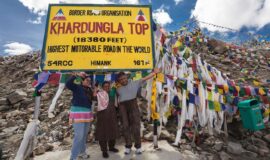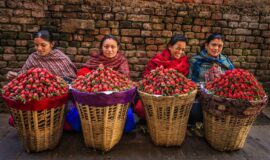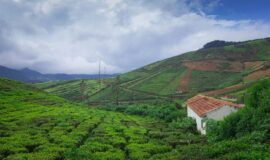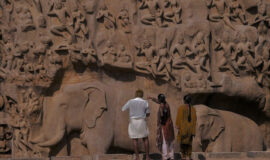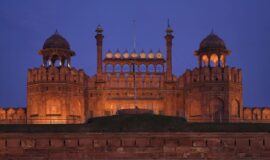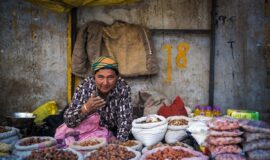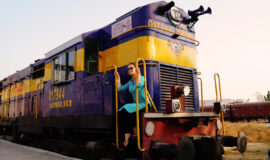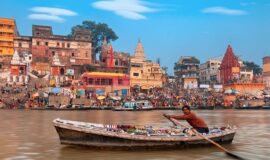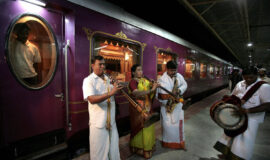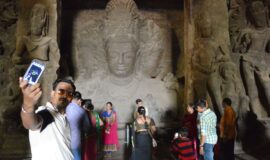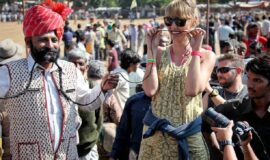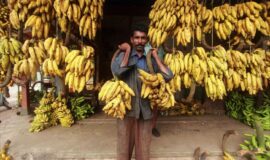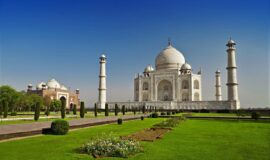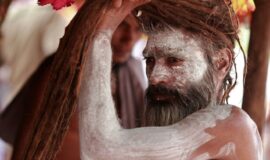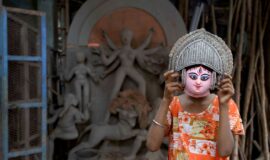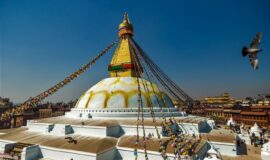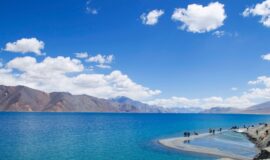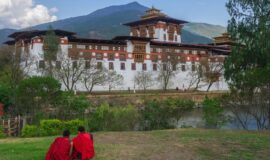MUMBAI – The Magic of the Metropolis
History Once Fishing Villages, Now Financial Centre
Architecture Fascinating Structures – British Colonial And Art Deco
Art & Theatre Cultural Musts
Food Irani Delights And Mumbai Specialities
Shopping You Can Find It In Mumbai
A Spiritual City
Some Not-To-Miss Tours In Mumbai
The Bollywood Tour
The Pilgrimage Tour
The Market Tours
The Art And Heritage Tour
Some Images From Our Trip To Mumbai
Mumbai is more than a city – it is a way of life. It would take volumes to describe the magic that is Mumbai, and even that would not do justice. Mumbai must be experienced, it has to be lived in all its contradictions – soft and hard, silk and iron, kind and cruel. The city is both a gilded piece of lead and a diamond in the rough. You just have to take what Mumbai offers – the good and the bad – as it comes. Mumbai can be a generous benefactor one day and a hard taskmaster the next.
And yet none of this suffices to explain the phenomenon that is Mumbai.
Why can Mumbai get away with all this? It is because it offers practically everything. It is an almost irresistible magnet, attracting people from all over the globe and all walks of life. Its shopping venues have anything you want, its slums are unsurpassed in their destitution. It is teeming with celebrity and fabulous wealth, and it attracts millions who want some of that, too.
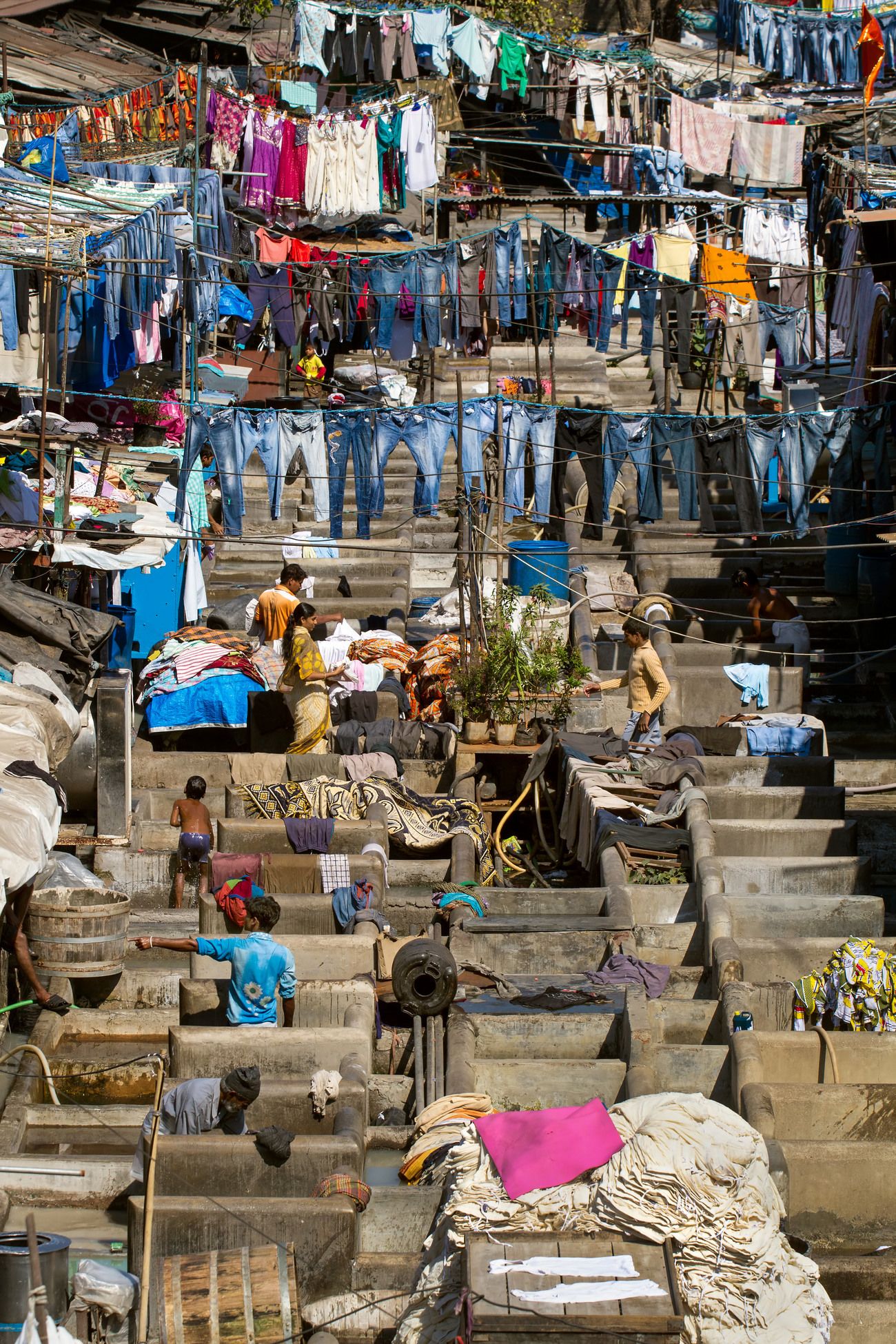
People at Dhobi Ghat, the world’s largest outdoor laundry. At the 140-years old laundromat, every piece of clothing is carefully hand washed and air dried © Mazur Travel
The Antilia of Ambanis embodies the one facet of Mumbai as well as any other landmark. This ostentatious estate is one of the most expensive mansions in the world. Dharavi, at the other extreme, is one of the world’s largest and most notorious slums. And yet, even there, Mumbai’s indefatigable energy and spirit expresses itself in the slum’s teeming commerce and individual enterprise that has also made it home to thousands of small businesses. Everyone is fascinated by Dharavi and wants some piece of it – from international filmmakers (the Oscar-nominated film Slumdog Millionaire being its most famous product) to business developers and tour companies. It is perhaps there that the visitor can comprehend Mumbai. It is like a boulder of conglomerate – one mass on the outside but composed of varied and contrasting cultures, communities, and industries. And everywhere are people driven by hope and ambition, their dreams best symbolized by the high-rise building that tower of the teeming slums.
High-rises and slums – although at the opposite end of the scale, both are surprisingly valuable as real estate. Properties in the up-scale neighborhoods of Malabar, Cumballa, and the Pali Hills rival those in London and Manhattan. The constant influx of people – both from within India as well as from abroad – has raised prices everywhere. The middle-class is being forced either into neighborhoods once unthinkable for them or further out into outskirt areas like Malad, which has transformed from an insignificant village into a modern suburb complete with malls, trendy eateries, and clubs.
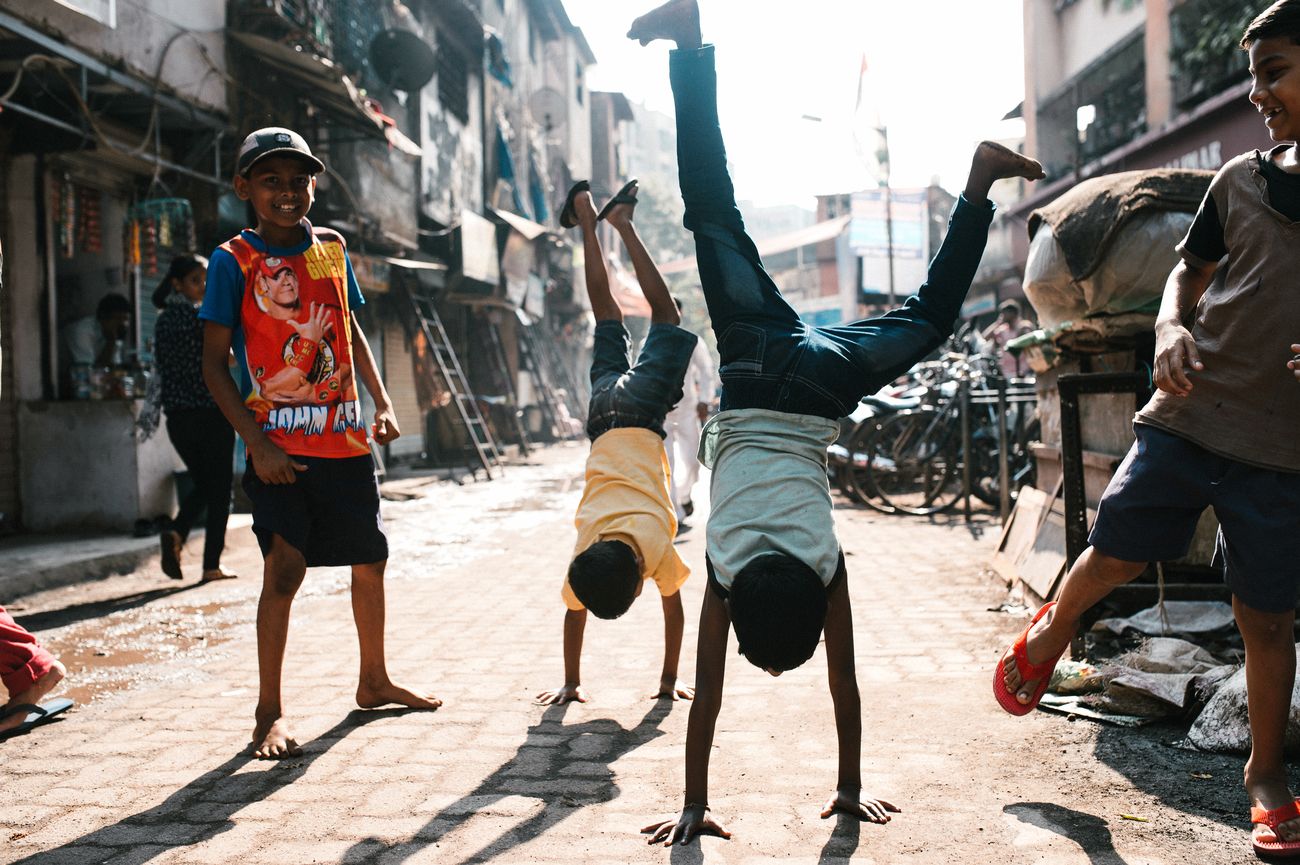
Mumbai has its name among the 3 most cosmopolitan cities in the world. On par with Newyork and London. People of varied religious beliefs, customs, and languages coexist in harmony © Knyazevfoto
All this is due to what is perhaps Mumbai’s defining characteristic – ambition. It is what has drawn in particular so many Indians from other parts of the country to this metropolis. Migrants – not only from the Indian hinterland but from all over the world – constantly stream to Mumbai in response to the promise of wealth and fame.
Perhaps nothing embodies this aspect of Mumbai more than its perhaps most famous product and export – Bollywood. Like Hollywood, one can definitely regard its Indian cousin as a dream factory, and the dreams it spreads are those of hope, of sudden, good fortune. Mumbai is a product of such hopes; the influx of dreamers is what has caused it to grow into the city of contradiction and fascination it is today. All these inhabitants of Mumbai – slum-dwellers, migrants, suburbians, and millionaires all have one thing in common – dreams.
Mumbai is actually not a city of grand monuments attesting to a glorious past – it is not the type of city that usually attracts tourists. What does seem to attract them is the incredible contrasts of wealth and destitution and the energy that both facets generate. Life there is lived to the fullest every day. And despite the sudden catastrophes that threaten their lives, Mumbai’s inhabitants struggle from day to day. There is always the promise of tomorrow.
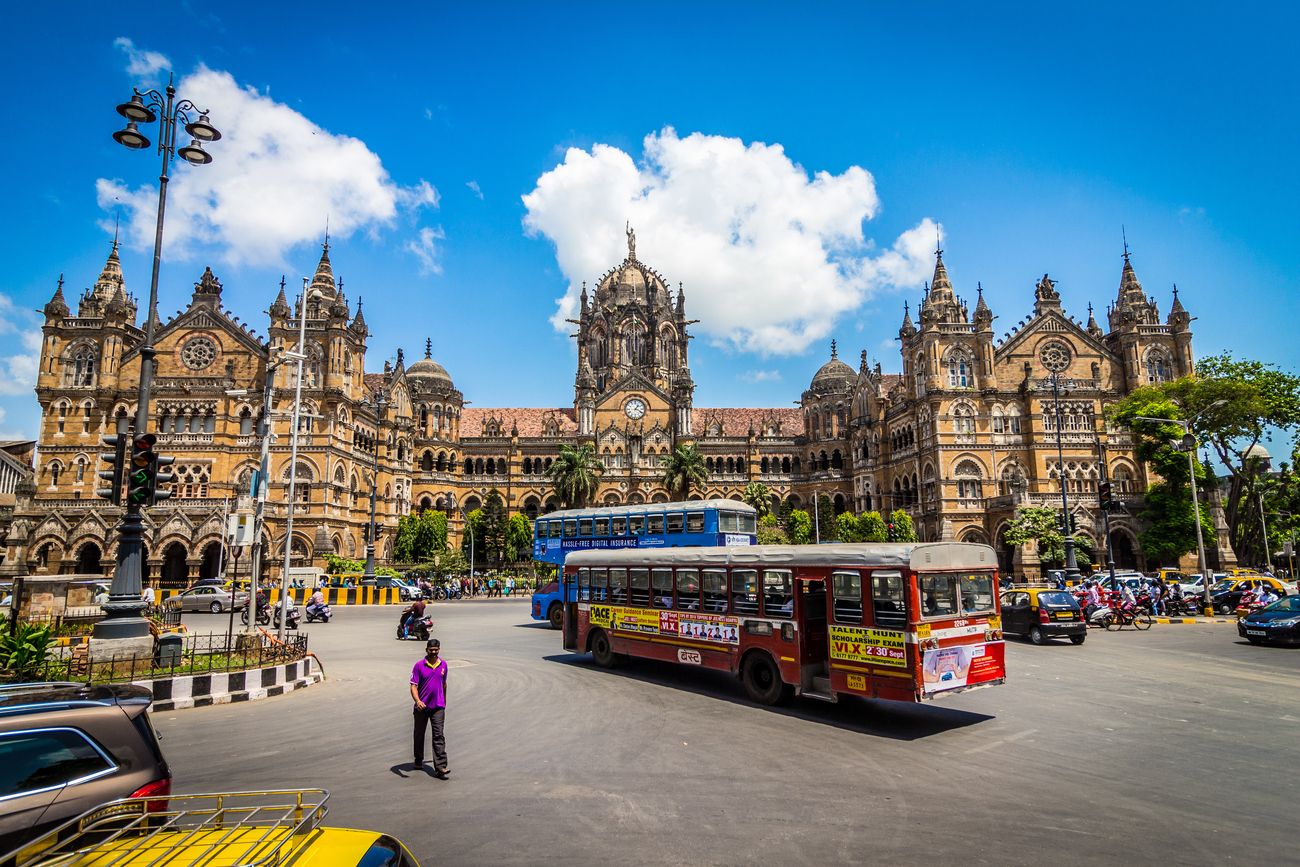
Surreal black and white image of Chhatrapati Shivaji Maharaj Terminus, formerly known as Victoria Terminus. This Victorian structure is a quintessential landmark © Ultimate Travel Photos
Mumbai is the wealthiest city on the subcontinent. India’s oldest airport was built there as well as its first sea-spanning suspension bridge. India’s first auto expressway starts there, and Asia’s oldest railway began there – now one of the world’s busiest transportation systems. And “busy” does not suffice to describe Mumbai’s local trains. The constant noise they make is perhaps the city’s true musical theme, and it has to be experienced, if only once – and only if you are made of tough stuff. A ride on the fast train from Church Gate to Borivali at peak traffic hours embodies the city’s life – ambition and a fight for survival. There will be moments when you will feel a steamy – and alarming – the crush of sweaty, competing bodies, and your clothes will not emerge entirely unscathed. Here you can experience the city’s best and worth – from friendly and helpful people to the callous and ruthless. Yet, you can also get – and render – all kinds of services in the compartments – gossip, cooking recipes, employment information, advice on marriage. You can even make purchases from Mumbai’s always enterprising merchants. Look out the windows and you will also see the city in its marvelous mosaic. You can reach old Mumbai via the Harbour Line from Victoria Terminus – now renamed, like so many other landmarks, the Maratha icon, Chhatrapati Shivaji.
With a little imagination, the forlorn warehouses on the eastern waterfront can still transport you back to the days when cotton was king in Mumbai. Cotton was what first made the city’s global reputation. Mumbai’s harbor area here teemed with merchant ships arriving and then setting sail for destinations the world over. Yes, there are more popular attractions like Marine Drive and Apollo Bunder, but it is the old harbor area is where you can really see what started Mumbai on the road to cosmopolis.
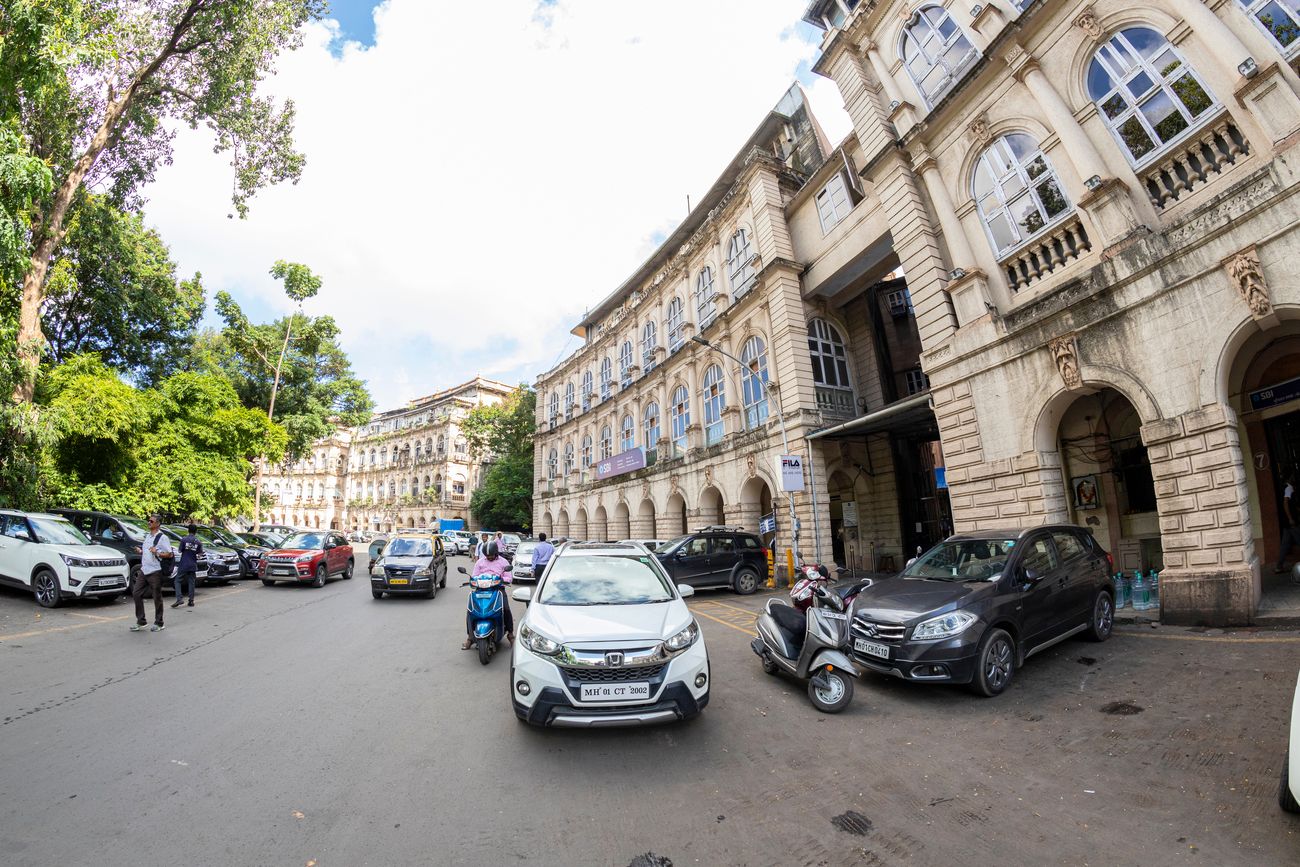
The Kala Ghoda district houses museums, art galleries and educational institutions and hosts the largest multicultural festival every year © Rahul D’silva
If you want a more pleasant way to travel the city, then Mumbai’s bright red double-decker busses are the way to go. The contrast with the local trains could not be greater. Conductors skillfully maintain order, and you won’t find yourself in a fight for space once on the bus. But the wait at bus stops can be quite long, and queues can transform into a disorderly mass as soon as a bus arrives.
Mumbai is everything but friendly to pedestrians. Comfortable strolls along city streets are a true rarity. It is certainly worth the effort to walk down the historic D.N. Road, across the Flora Fountain and Kala Ghoda intersections, and on to Colaba. You will see impressive commercial buildings of the late 19th and early 20th century like Frederick William Stevens’s 1888 masterpiece, Chhatrapati Shivaji Terminus. Yet, be prepared to weave and dodge through crowds of people pressing their way along narrow sidewalks.
Mumbai’s cultural roots are Maharashtrian, but the city has been enriched by immigrants from all over the country who brought with them their distinct traditions and cuisines that have made Mumbai a true metropolis.
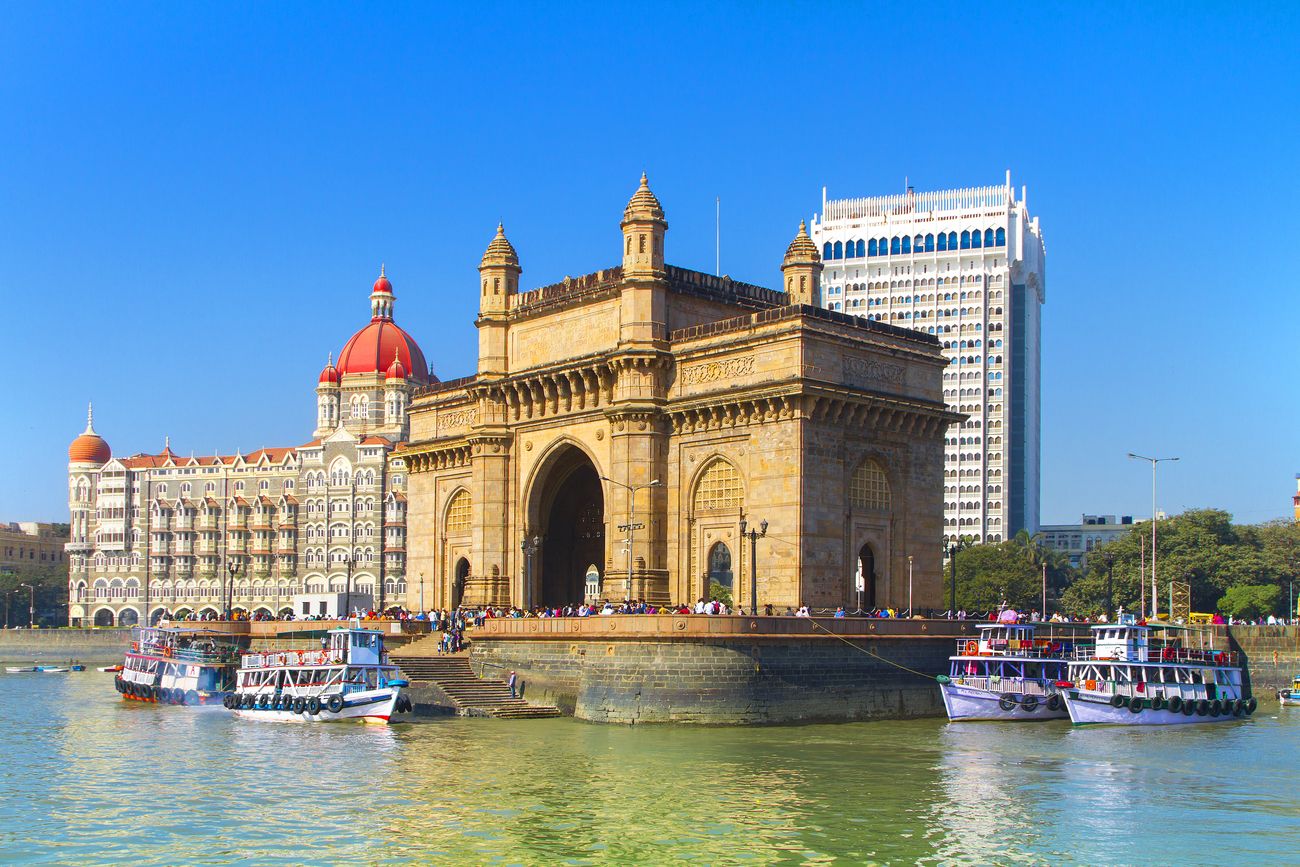
Regarded as Mumbai’s pride, the Gateway of India took nearly 13 years to complete. It was the first structure that visitors arriving by boat in Mumbai would see back in the days when Mumbai can be reached only through boat or ship. If there is ever an award for the most iconic structure in Mumbai, the Gateway of India, with its Indo Saracenic style has no competition. Built to commemorate King George V and Queen Mary’s landing at Apollo Bunder during their visit to India, its design took more than three years to pass and another 10 to build. Inspired by the Arc de Triomphe in Paris, this location became the arrival point into India during the pre-Independence years. In fact, the last British ship to leave India in 1947 set sail from here © Smarta
History
Modern, ever-expanding, and cosmopolitan, Mumbai nevertheless has a rich and fascinating history. The earliest settlement on the site was a community of fishers in the stone age when Mumbai consisted of seven small islands. King Ashoka of the Mauryan Empire brought this settlement under his control in 300 BC. During the Mauryan period, Mumbai developed into a center of Buddhism. Buddhist artwork from the period can still be seen in the Kanheri Caves located in the Sanjay Gandhi National Park. Hindu rulers then gained control of the area until Muslim lords took over in 1343. It was they who introduced Muslim architecture – perhaps the most famous example being the Haji Ali Dargah. Muslim rule ended and the colonial period began in 1535 with the arrival of the Portuguese, who named the city ‘Bom Baia’ (‘beautiful bay’). The Portuguese built many buildings, churches, and forts at Sion, Mahim, Bandra and Bassien, including the beautiful St Michael Church in Mahim. The English got control of Mumbai in 1661 as part of Catherine of Braganza’s dowry when she was married to King Charles II. At that time in English history, India seemed very far away. So, in order to save himself the trouble of ruling the islands directly, he rented them to the East India Company in 1668 for merely ten pounds of gold a year.
That was a real bargain. The East India Company found Mumbai’s sheltered harbor and strategic position an ideal place for conducting business. The Portuguese ‘Bom Baia’ became anglicized into ‘Bombay’. The East India Company expanded the port and warehouse facilities and built a causeway that linked the islands. The city expanded and attracted traders and manufacturers from the mainland, the Arabian Sea, and the Persian Gulf. By the end of the 18th century, Bombay had come to be regarded as the “The Gateway to India”.
Once a state of its own, Bombay was split into Maharashtra and Gujarat due to their differing languages. Bombay became the capital of Maharashtra. The city was officially renamed Mumbai – partly to signal a break with colonial times and partly to acknowledge the name that the Kolis (local fishermen) used for the city, which derived from the Hindu deity Mumbadevi. You can indeed see a temple of Mumbadevi at Zaveri Bazaar.
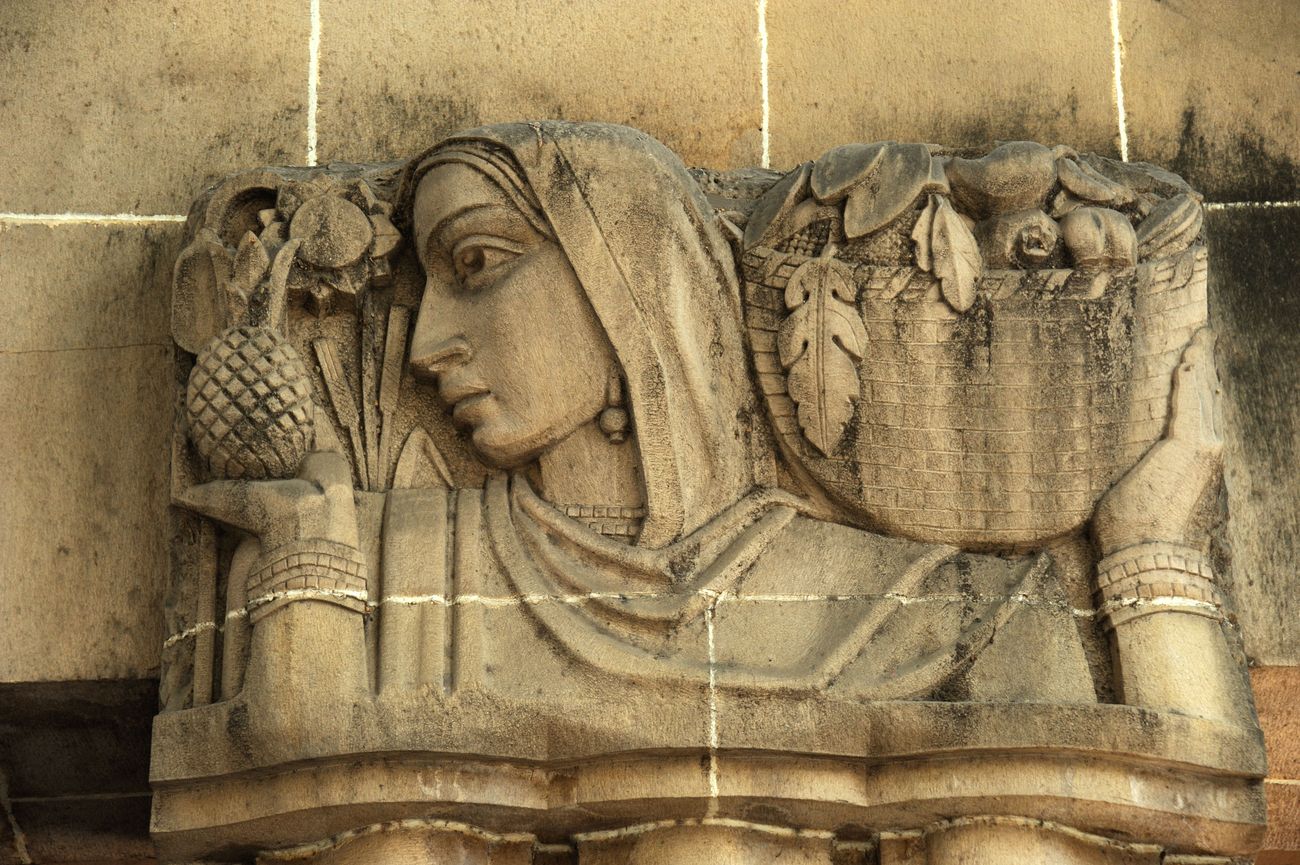
The stone carved sculpture dubbed “Lady with Fruit Basket” outside the landmark building of the New India Assurance building which is a fusion of Indian and European architectural styles © RAMNIKLAL MODI
British Colonial Architecture
Mumbai experienced rapid growth during the 282 years that it was controlled by the British, and they left behind impressive examples of architecture that still stand to this day. The monuments of the period serve to gain an impression of that important and fascinating era in Mumbai’s history.
Perhaps it is best, to begin with the iconic Gateway of India. Located at the waterfront in the Apollo Bunder area, it would have been the first structure that people approaching Mumbai by sea would have seen. Designed by George Wittet to commemorate King George V and Queen Mary’s visit to Mumbai, it took nearly 13 years to complete. It is no wonder that it ranks among Mumbai’s top visitor attractions. The Mumbai High Court is one of the oldest colonial buildings in Mumbai and one of the oldest high courts in India. It is built in the Gothic style and is another significant landmark in Mumbai’s Fort area. It is part of The Victorian and Art Deco Ensemble of Mumbai, which is a World Heritage Site. Another imposing building is the Chhatrapati Shivaji Maharaj Terminus (originally named Victoria Terminus) railway station, built to honor Queen Victoria’s Jubilee Day. With a total of 18 rail platforms, it is one of India’s busiest railway stations to this day. The architectural style is a blend of traditional Indian style and Victorian Italianate Gothic Revival.
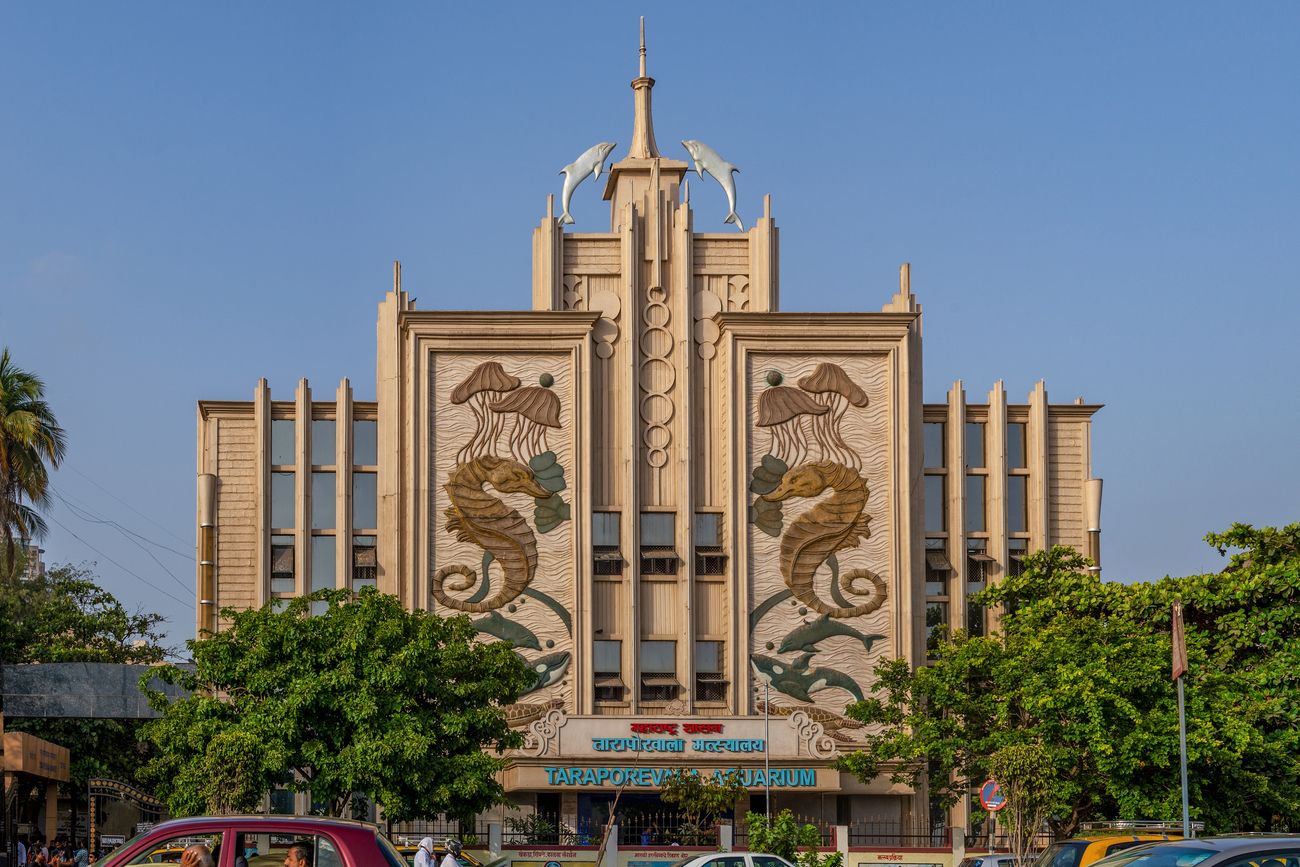
After Miami Beach, Mumbai has the world’s largest number of Art Deco buildings, including the Taraporevala Aquarium on Marine Drive © AnilD
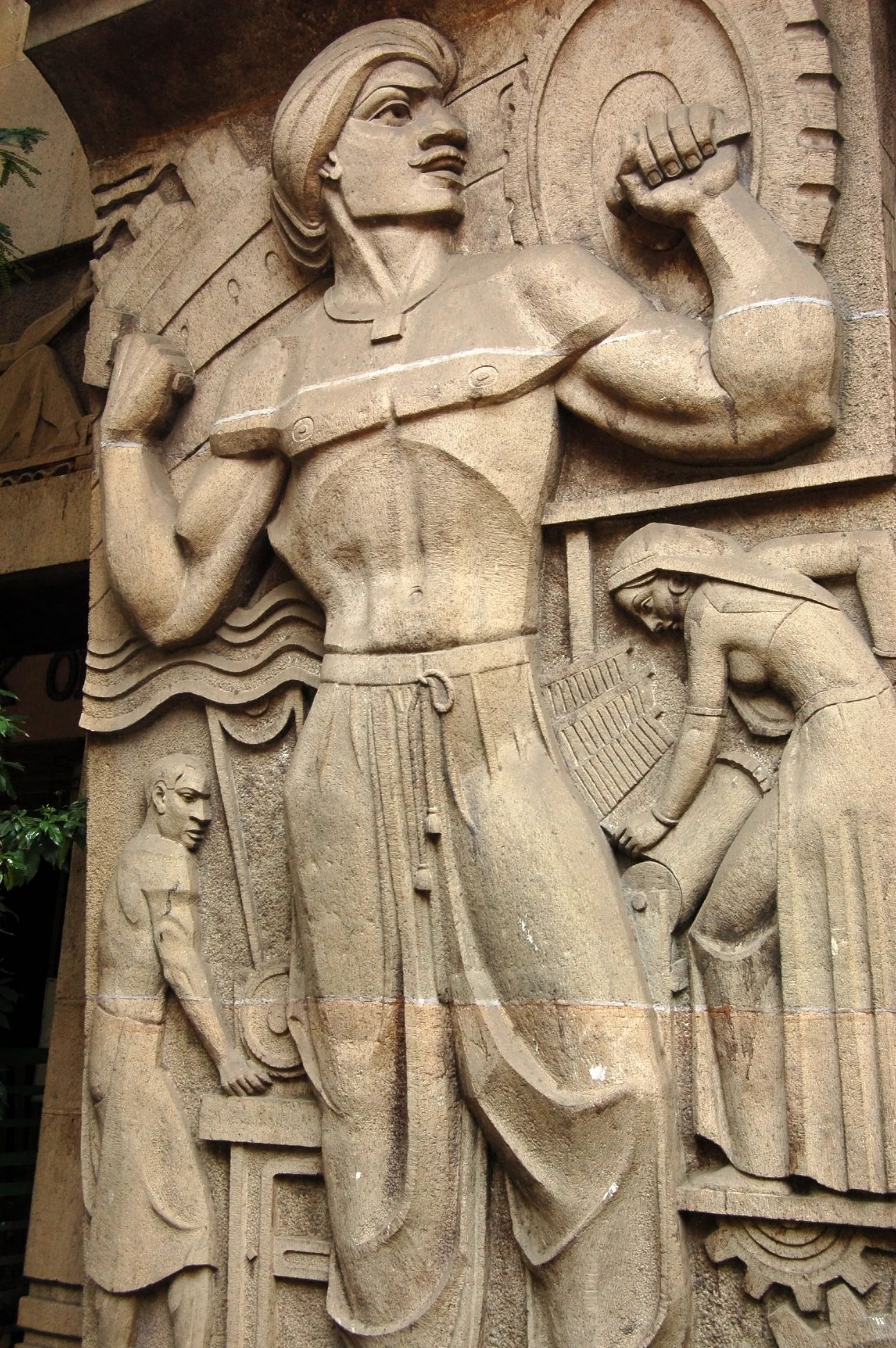
A 70 year art deco stone carving by the public pavement in Mumbai depicts the hardworking industrial man. Mumbai has long been a hub of merchants and industry men, especially since it is a port © BasPhoto
Art Deco
One thing that people do not automatically think of when they hear the name Mumbai is Art Deco. Yet there are entire stretches of office and residential building in that style. Indeed, only the city of Miami Beach has more Art Deco buildings, which are now part of the UNESCO World Heritage List. The style arose in the 1920s in Europe and spread all over the world during the 1930s and 1940s. Art Deco-influenced the design not only of buildings but furniture, jewelry, clothing, cars, trains, ocean liners as well. Even everyday objects such as radios and vacuum cleaners were designed in this style. Art Deco structures are easily recognizable by their linear and geometric decoration, marble floors, spiral staircases. There is even a Deco typeface that is easily recognizable by its unique combination of straight lines and segments of circles.
The rich and well-born took to the style when building homes during the period. Indian architects were impressed by its modern appearance – Art Deco was indeed a clean break from past styles – and they were inspired by modern materials and techniques used as well as new artistic elements consisting of stylized waves, sunburst rays, tropical flora, and fauna. In Mumbai, the style also came to incorporate Hindu architectural components, thus creating a unique style known as Deco-Saracenic. Hindu deities and figures from Indian mythology were often the motifs often incorporated into building facades.
You can find the Art Deco style in residential, commercial, and public buildings – even in cinemas. Perhaps the best way to really appreciate Mumbai’s Art Deco architecture is by taking a 3-kilometer walk down Marine Drive. Fringed by palms as it is, you might even catch yourself thinking that you are in Miami Beach. The buildings here are truly beautiful and charming. If you want to do some research on the buildings in Mumbai, go to Art Deco Mumbai. This website has a complete list of Art Deco buildings and even includes an interactive map showing where all the buildings are located.
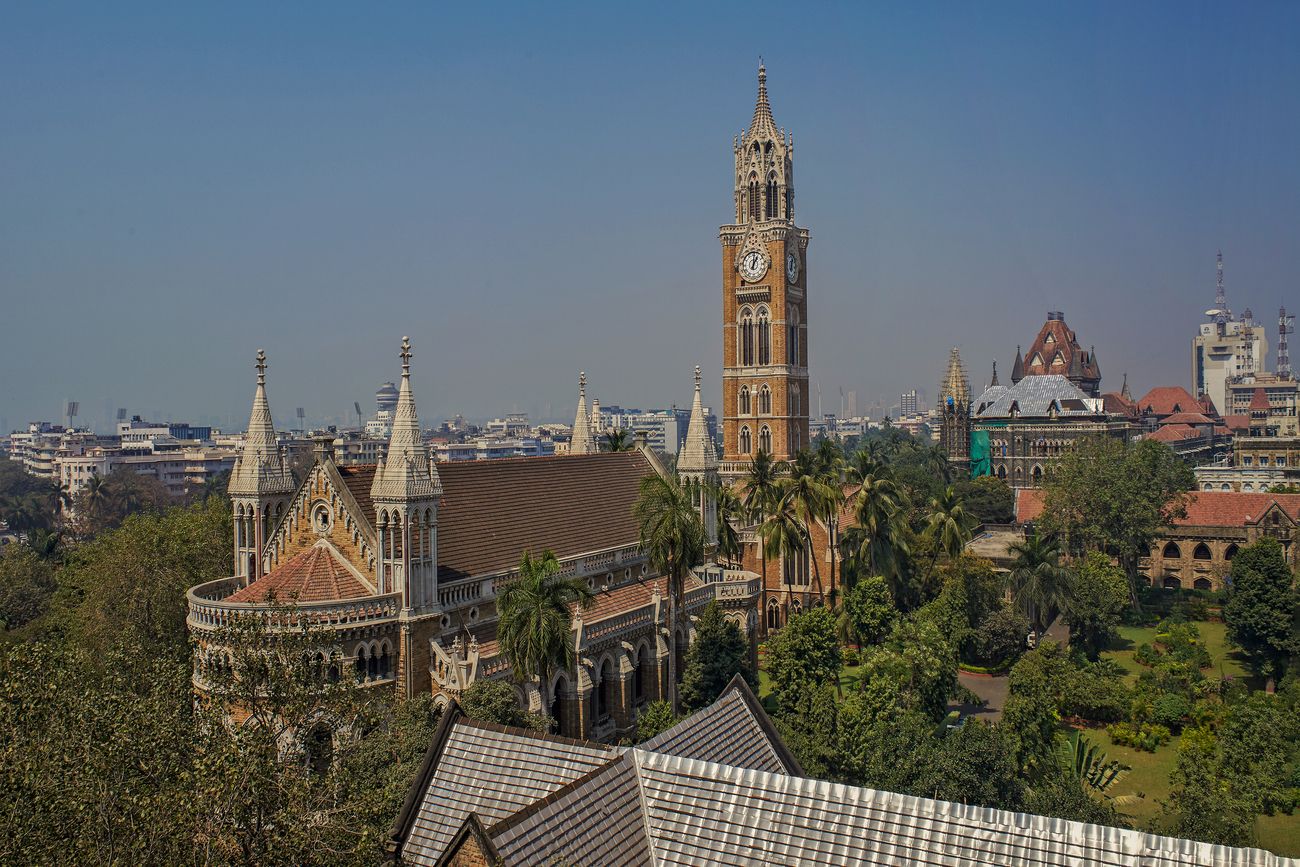
As captured from the Watson Hotel that has now been renamed Esplanade Mansions, the Rajabai tower with its striking architecture. The tower is modelled on London’s Big Ben, it is a fusion of Venetian and Gothic styles and chimes every 15 minutes © Anil D
Cultural Hotspots
As a major commercial center and immigrant destination, Mumbai has inevitably become a place where cultural attractions have grown to become an integral – and attractive – part of city life. India’s leading state institution for preserving its cultural traditions, The National Centre for the Performing Arts (NCPA), was built here in 1969. Indian classical and folk music, dance, and drama are performed here with the object of preserving the legacy of the great Indian masters and increasing public awareness of India’s rich culture. The NCPA remains popular to this day, and its repertoire of performances and exhibitions are constantly growing.
The beautiful Kala Ghoda district in South Mumbai contains a remarkable variety of historical buildings, museums, art galleries, and educational institutions. It is a must-see for anyone – resident or tourist. Kala Ghoda literally means ‘black horse’. Its name probably has its origin in a black equestrian stone statue of King Edward VII (then Prince of Wales) that existed there during the British Colonial period.
The district is also home to the Jehangir Art Gallery, the National Gallery of Modern Art and The Arts Trust. The fascinating Esplanade Mansion, India’s oldest surviving cast-iron building, is also located there. If you can arrange to visit Mumbai in February, you will be able to attend the Kala Ghoda Arts Festival – the country’s largest multicultural festival. The district is even more beautiful during this event – it is definitely worth the effort!
Another must-see in Mumbai is the Prithvi Theatre. Its charming little café is especially worth a visit. Its Bohemian atmosphere makes it a gathering place for true theatre lovers. The theatre was established in memory of Prithviraj Kapoor, whose productions served to gain attention for real, professional Hindi plays. Until his day, Mumbai theatre was typically known for the amateur English productions in Soth Mumbai, slap-stick Gujarati comedies, and Marathi theatre performed in Dadar. Hindi theatre had been largely ignored or was practically unknown, and there were very few places where one could enjoy it. It was Prithviraj Kapoor who produced and performed Hindi plays and provided a venue where Hindi theatre could develop new forms. More than 626 performances are held in the theatre every year, Tuesday to Sunday every week. You really do not have to be a theatre fanatic to appreciate a play. And the delicious menu of the Prithvi Café provides a more than adequate reward for your patience. And be sure to try the café’s famous Irish Coffee!
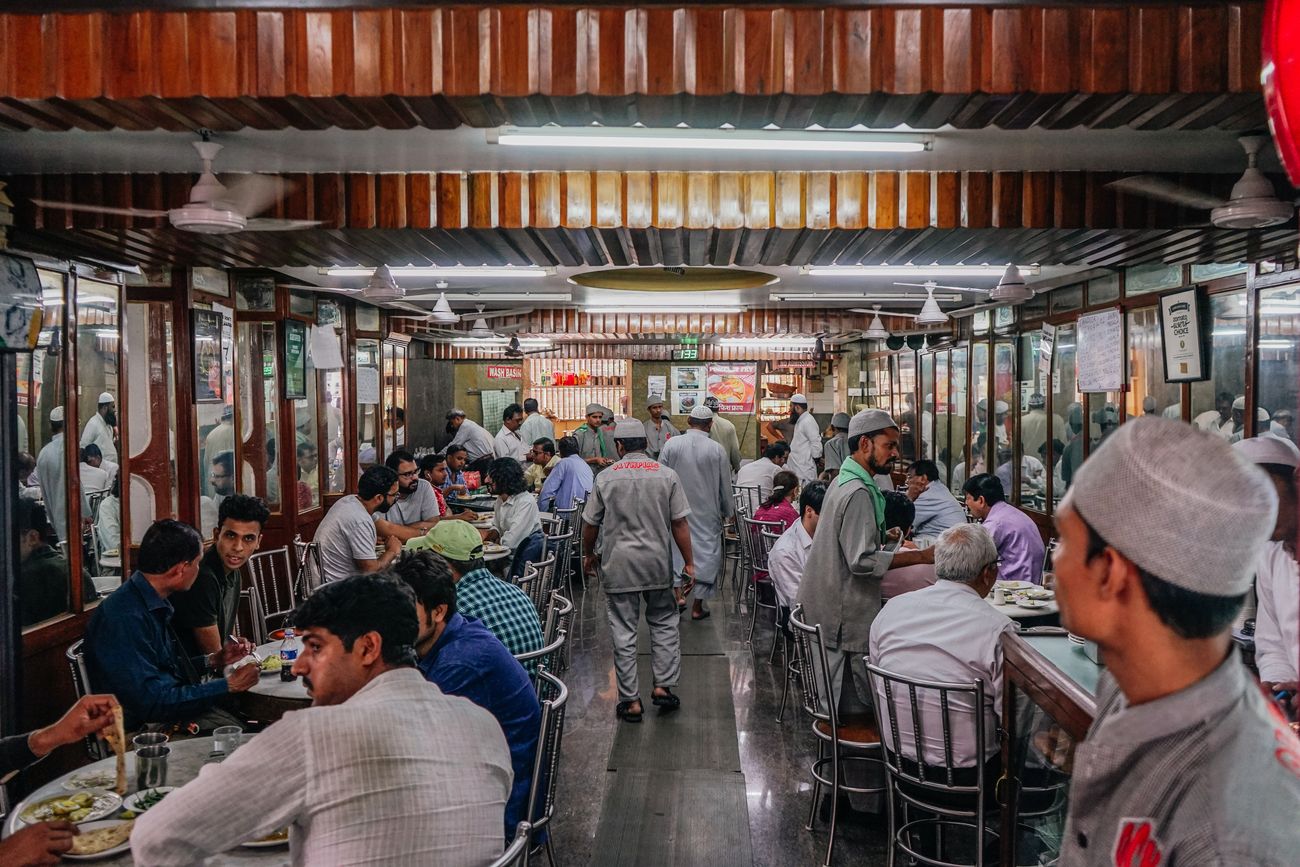
Olympia Coffee House in Kala Ghoda, Mumbai. One of the last remaining Irani cafes in India. From age-old Irani cafes to Mondegars and Mochas, cafes are the city’s hot spots and Mumbai’s answer to Kolkata’s addas © Chris Schalkx
Irani Cafés
You could once find Irani cafés everywhere in Mumbai. The city’s rapid development into an international commercial metropolis and the countless other culinary traditions that have settled there have dramatically reduced the number of operating Irani cafés. Yet they represent a true Mumbai tradition and are definitely worth experiencing. You can recognize a typical Irani café by its dark wood paneling, mirrors, and the red and green checked tablecloths. Many of these cafés still sport notice boards listing rules – not meant to be taken seriously – like ‘no flirting’. The whole ambiance offers a true sense of an era of Mumbai’s history that has unfortunately passed.
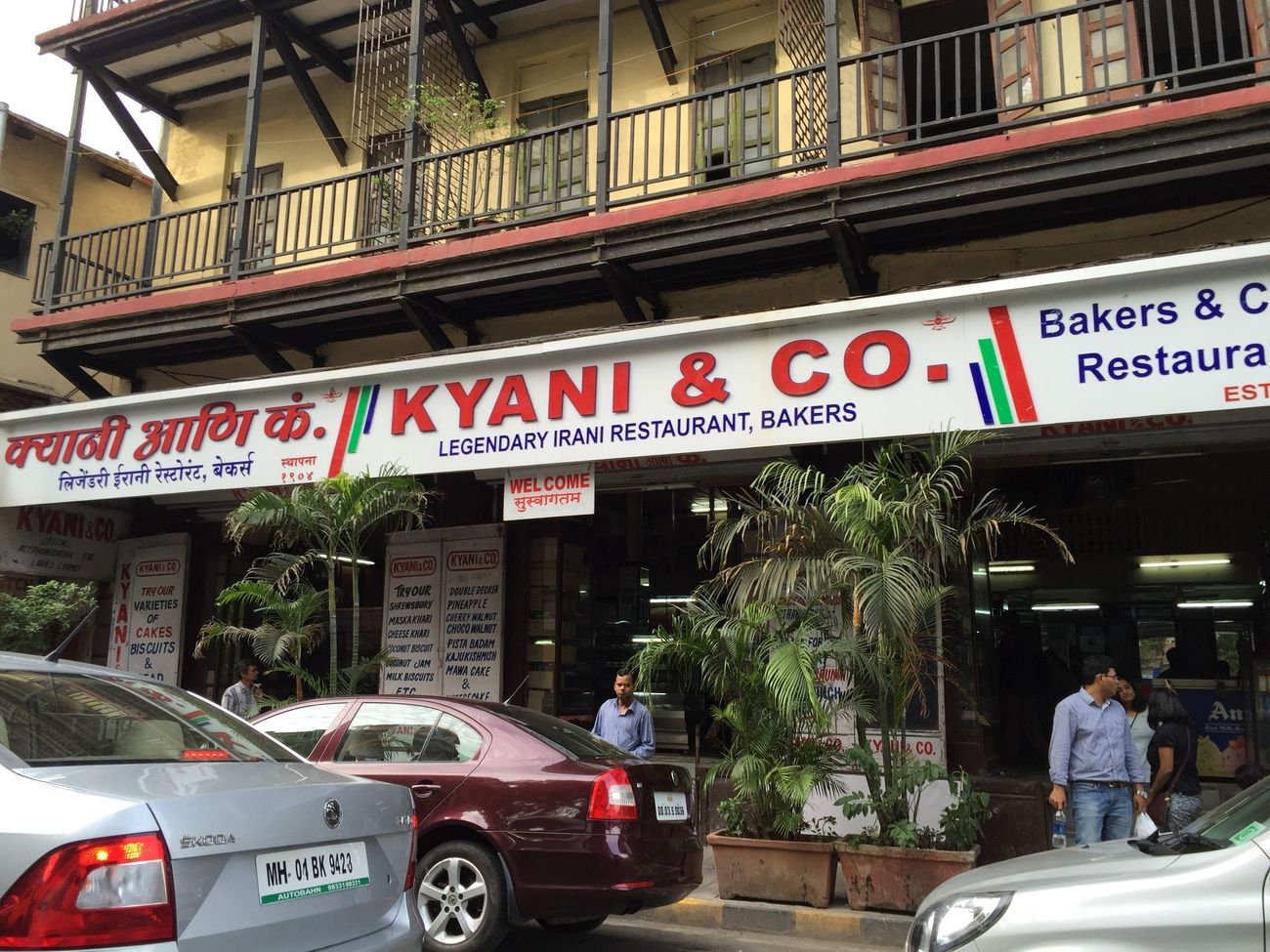
Kyani & Co, belonging to the Shokri family, is 111-year old and one of the few vintage Irani Bakeries standing strong on Lamington Road, Mumbai © Euriico
The origins of these cafés are popularly attributed to Persians who came to Mumbai from the Yazd and Kerman Iranian provinces. These immigrants liked to gather at the end of the day and talk about their homes in Iranian over cups of their traditional tea. At the beginning of the 1900s, Irani cafés could be found practically everywhere. One of the few remaining Irani cafés left is Kyani & Co, which goes back to 1904 and is located in Marine Lines. It is especially worth a visit because, as the oldest Irani café still in business, you can still get an authentic impression of what the original cafés were really like. The famous painter M.F. Hussain is supposed to have been a regular visitor here and particularly enjoyed Bun Maska with his morning chai. Among the specialties of this café are its Kheema pav (a spicy, peppery minced lamb dish) and its Khaari biscuits (made of buttery puff pastry).
You can visit another of the surviving Irani cafés at Ballard Estate. The Britania & Co. has preserved its original décor and ambiance through the years. Among the favorites, you can try there are its Dhansak (chicken or mutton in lentil sauce), Patra ni Macchi (steamed fish wrapped in banana leaf), and Sali Boti (mutton gravy with chips)
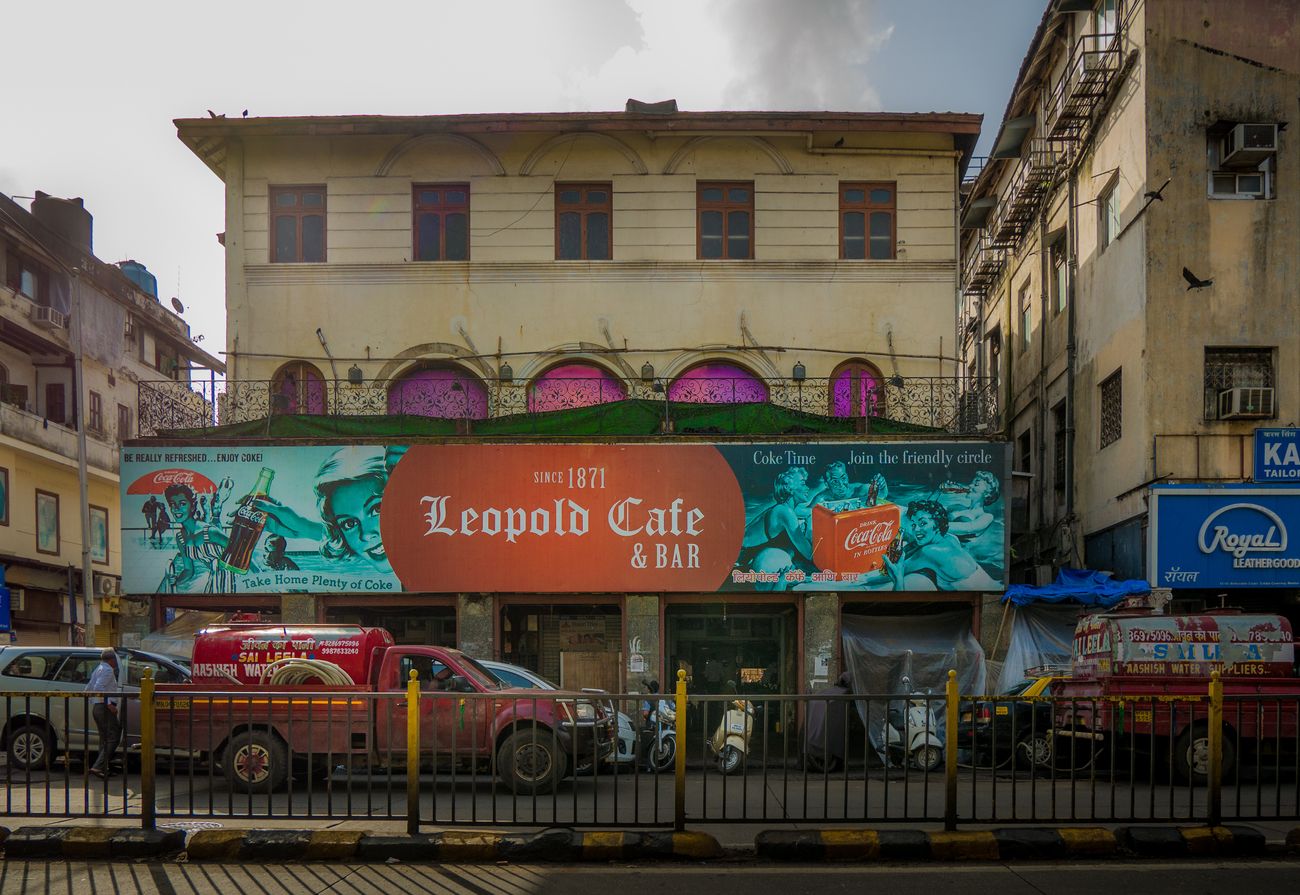
A century-old Leopold Cafe and Bar at Colaba, Mumbai is a popular hangout for both travelers and locals. The cafe was mentioned extensively in Gregory Robert’s Novel ‘Shantaram’. © Snehal Jeevan Pailkar
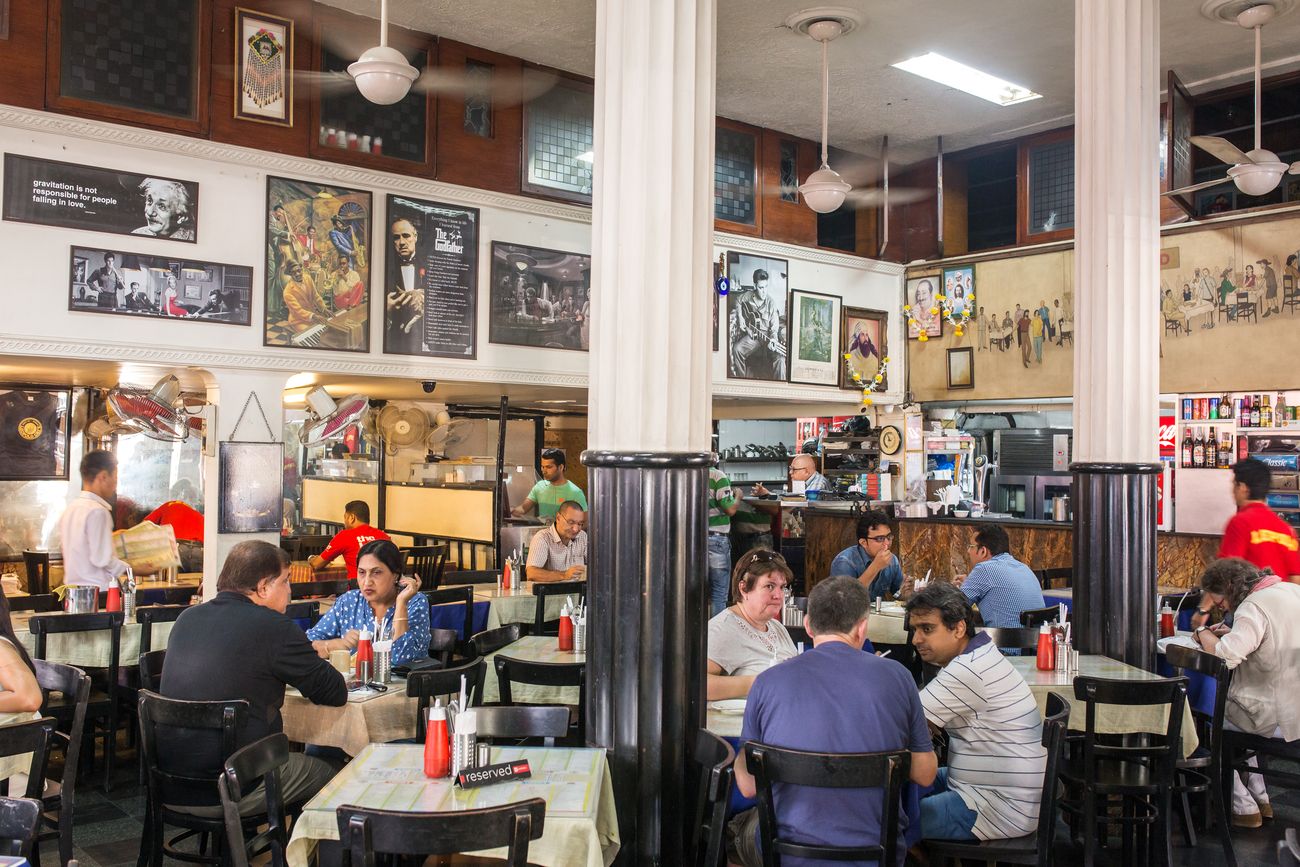
The Irani community has a high concentration in parts of Mumbai, and is known for little Irani Cafes. One such cafe is the Leopold cafe in Mumbai. To get a glimpse into old-world Bombay, walk into an Irani café with high ceilings, wooden showcases, tables lined with chequered tablecloths, and tongue-in-cheek notice © Mazur Travel
Café Leopold
After the publication of Shantaram, the world-famous novel, Café Leopold has become a famous haunt with tourists from all over. First opened in 1871, it is located right in the backpacker’s heart of the city, on hip Colaba Causeway with its mass of bargain shops, and within walking distance of CTS and Churchgate Stations. Expect moody service, similar to that in Kolkata Coffee House, but excellent, tasty food. If you find the prices a bit steep, remember it is to be expected in Mumbai. The ceilings are high, the fans shaky, delicious roast chicken aromas fill the restaurant, and tall tales dominate the travelers’ conversation. To add even more luster to the pace, the bullet holes after the 26/11 terrorist attacks can still be seen in the wall.
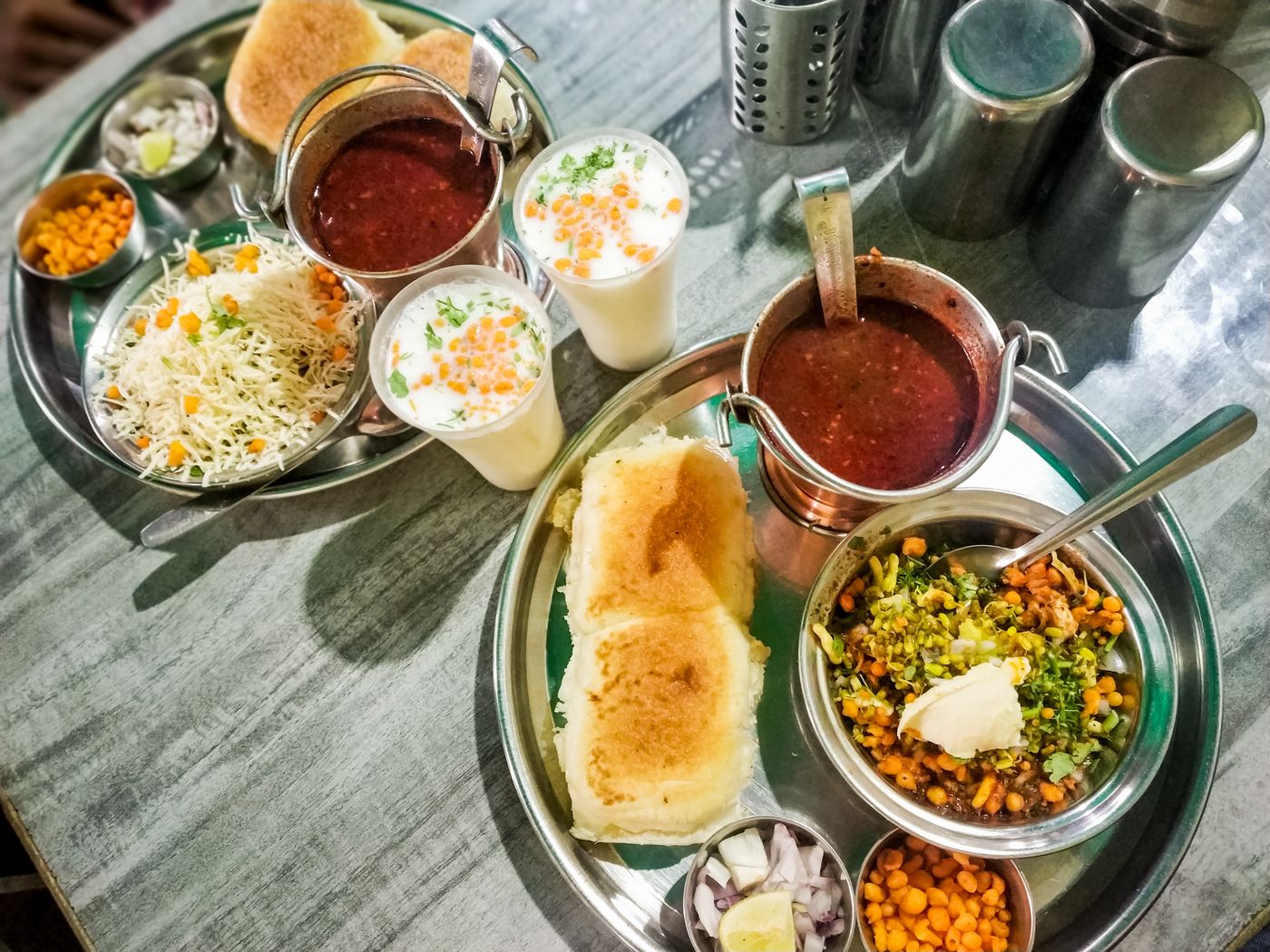
One of Mumbai’s most sought after street food dishes is misal pav. It consists of sprout curry (called usal in regional language), with tomatoes and onion. It is finished off with a savory, fried mixture called farsan and lemon juice, and is accompanied by buttermilk and pav bread © Parth Rasse
A Food Lover’s Paradise
As a teeming, commercial cosmopolis, it might not surprise you to find a wide spectrum of regional and international cuisines in Mumbai. But the quality and diversity might still astonish and delight you. Get around and experiment. It will not take long to convince you that Mumbai is indeed a food lover’s paradise.
Let us start out with a real, authentic Mumbai classic – pav bhaji. This spicy dish was invented in Mumbai in the 1850s and was first enjoyed as a modest lunch for textile workers. It is now made of mixed, mashed vegetables served in a thick gravy (bhaji) and hot, buttered bread (Pav). You can find this delicious now dish at restaurants throughout the country, it is so popular. A great place to sample this classic is at Sardar Pav Bhaji in Tardeo, a modest, no-frills eatery that is usually filled with diners – but be patient! The wait will definitely be worth your while.
Mumbai offers a plethora of fancy (and excellent) dining establishment. Yet its typical cuisines can perhaps be best enjoyed in the city’s small, out-of-the-way, family-run restaurants that offer the city’s best food at very affordable prices. Among those favorites with locals are Anant Ashram in Girgaum, Rama Nayak Udipi in Matunga, and Bangla food in Howrah, at the Crawford Market. Another Mumbai classic is the Swati Snacks in Tardeo, a 50-year old tradition for classical Indian and street food. For excellent seafood offerings, you can also try Highway Gomnatak in Bandra east. Another place offering sea and the aquatic fare is the Gajalee Restaurant located in Vile Parle. Among its more popular dishes are its Bombil (Bombay Duck), clam koshimbir, tandoori crab. You can even choose your own seafood there and have the chef prepare it exactly the way you want it!
If you are homesick for a burger, then you should definitely give Café Royal in Colaba a try. Even famous burger lover, US ex-President Bill Clinton enjoyed a burger here during a visit in 2000. This establishment goes back to 1919 and has been very popular ever since. Café Royal – although a Mumbai tradition – constantly keeps up with changing, modern tastes and trends.
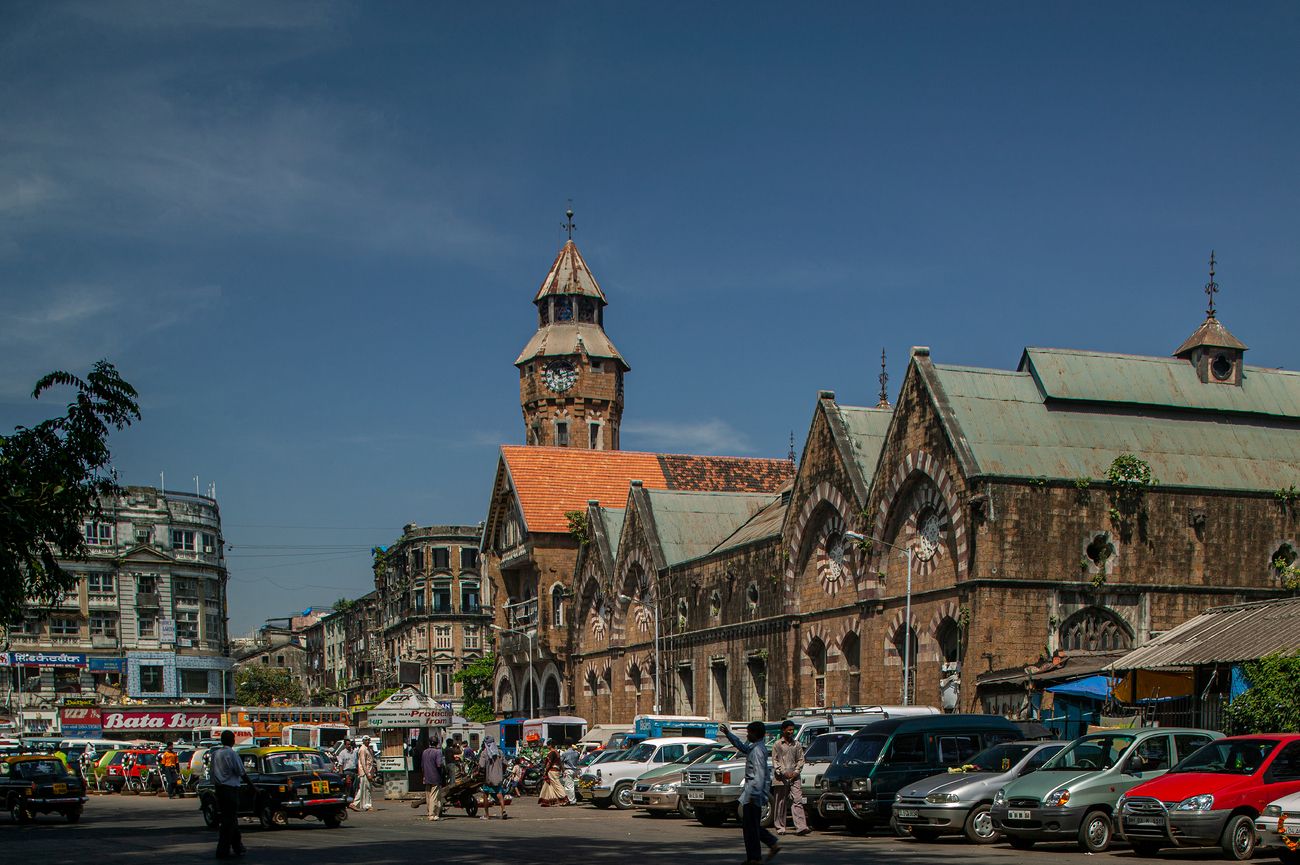
The Crawford Market that has been renamed to Mahatma Jyotiba Phule Mandai has stunning Gothic architecture that is a manifestation of how the city has aged over the years © Anil D
Shopping? You can find it in Mumbai
If shopping is your favorite sport, then you will not find a better city in which to ‘play’ than Mumbai. Luxurious malls, long shopping strips and traditional bazaars all combine to offer an almost boundless choice of items in practically every price category. You can find both luxury boutiques and street stalls at Colaba Causeway – in fact, you can get almost anything there. Souvenirs and Indian artifacts as well as bargain clothing and accessories are available at small shops and stalls throughout the area. If you are more into the latest fashions, however, you should definitely visit the numerous, exclusive boutiques.
A real Mumbai tradition is the Crawford Market. This icon was built in 1869 as one of the city’s main trade venues and is still a very popular shopping destination. You just have to experience it. And you can find almost everything there. Home appliances, clothing (from shoes to lingerie), furniture, and most items for home and personal use. Its plethora of fresh and dried foods – fruit, nuts, spices, meat – give the market a traditional bazaar feel. Be prepared to spend a lot of time there!
The Chor Bazaar is another market that will captivate shopping enthusiasts. Its name has an interesting history. It was originally called Shor Bazaar – ‘shor’ means ‘noisy’. But the British somehow took to mispronouncing the name as ‘chor’. It is ironic that the ‘Chor Bazaar’ now means ‘Thieves Market’ – ironic because the market also became an outlet for stolen goods. The Chor Bazaar is especially good if you are looking for antique and vintage articles, but you can actually find just about anything there. Be prepared to bargain over prices!
If you want a more modern selection and ambiance, you can visit the bin Lower Parel. This mall is an award winner and has a great deal to offer the modern shopper on 4 levels housing more than 90 stores offering famous designer and luxury brands, restaurants, cafes, salons, various spas – and even a stand-up comedy club!
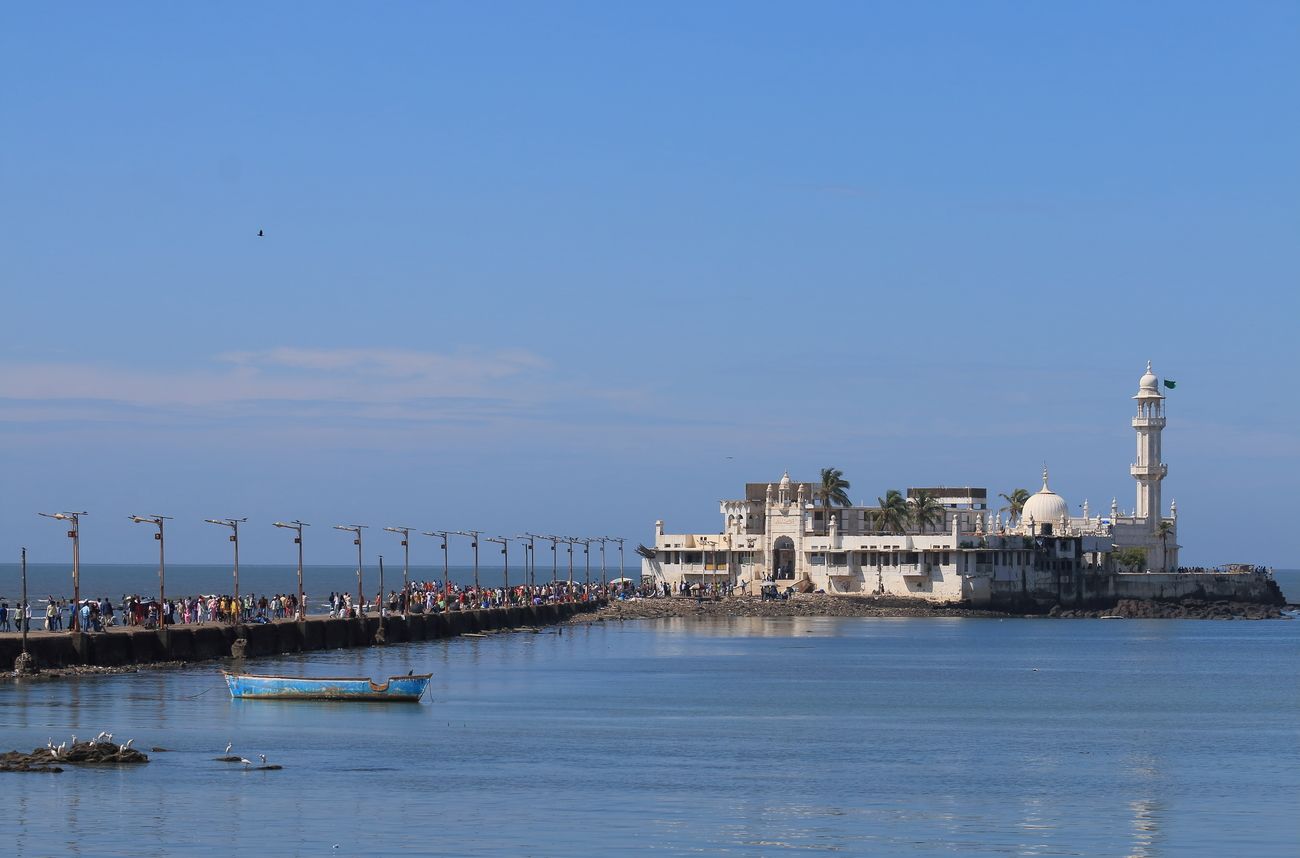
One of Mumbai’s most prominent landmarks, the Haji Ali Dargah (Mosque) is situated in the middle of the sea and is named after Pir Haji Ali Shah Bukhari, one of the greatest Muslim saints of his time. Built on a tiny islet located 500 yards in the middle of Worli Bay, the dargah can be visited only during low tide © TK Kurikawa
A Spiritual City
India is world-famous as a center of spiritual contemplation – attracting millions of enlightenment seekers for all over the world. Mumbai is no exception. The city is replete with Hindu and Buddhist temples, Christian churches, Jewish synagogues and Muslim mosques. Even if you do not regard yourself as particularly religious or spiritual, these historic places of worship are definitely worth visiting – if only for their remarkable architecture and decoration.
The Haji Ali Dargah mosque is a famous city landmark on the sea. It is named for one of Islam’s greatest figures, Pir Haji Ali Shah Bukhari, and was built in 1431. This revered man is said to have died while on pilgrimage to Mecca, but his coffin floated back to the mosque’s current location. This building is a very popular attraction for thousands of visitors annually, regardless of religious affiliation.
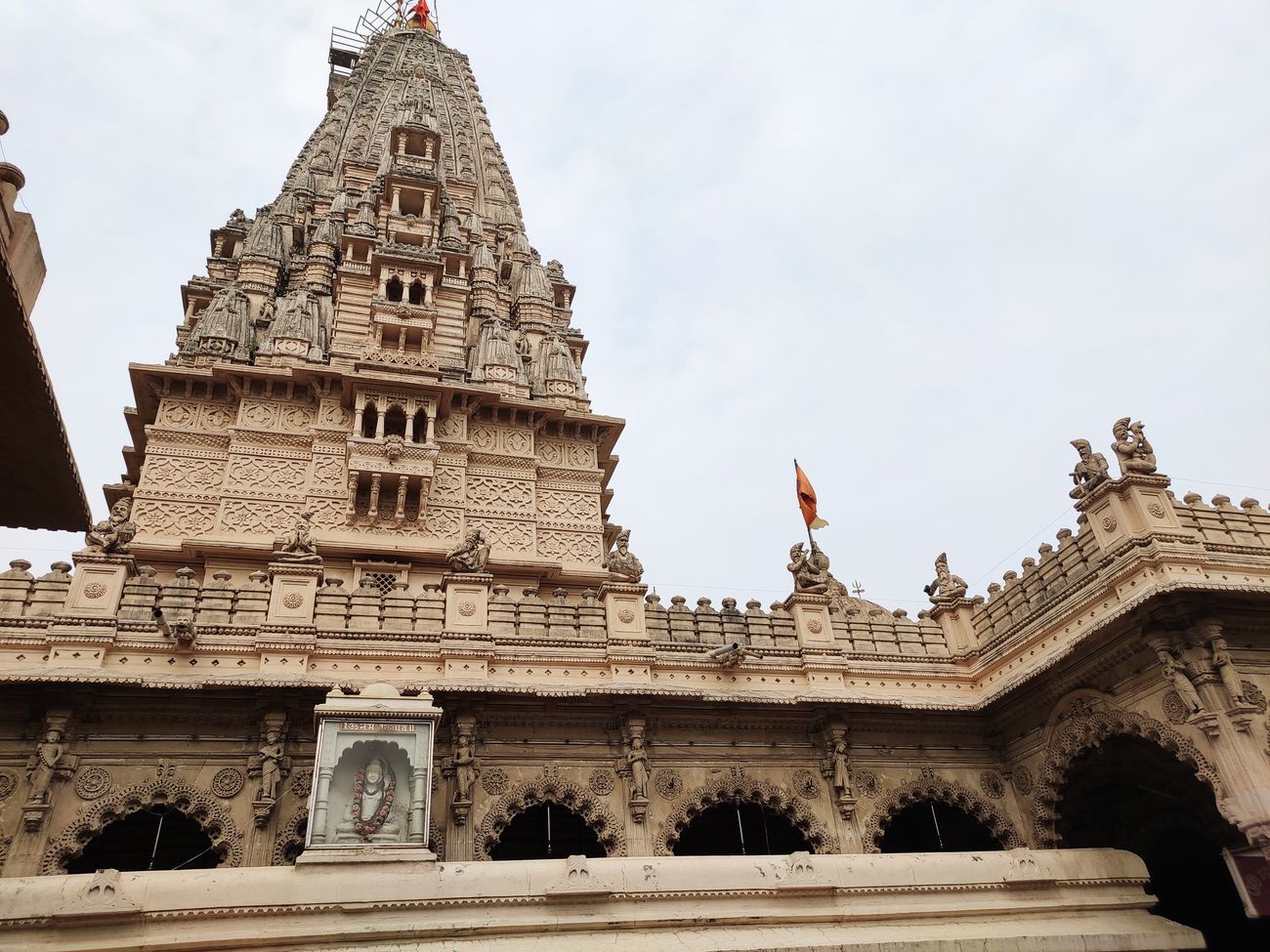
The Babulnath Temple is located in the Girgaum Chowpatty area. Dedicated to Lord Shiva, it is one of the oldest temples in all of Mumbai © Prashanv
Babulnath Temple is a very old Shiva temple that stands on a small hill about 1,000 feet above sea level near Girgaum Chowpatty. It was actually built in the 12th century but it somehow became neglected and was buried at some point. It was rediscovered and unearthed after centuries when idols were found on the site, and it was rebuilt in 1780. The temple construction was designed in a form that represents Mount Kailash, Shiva’s traditional home. The temple is truly beautiful and offers a great view. You can climb up to the temple, but if the hundreds of steps are a little more exercise than you, you can take a lift to the top.
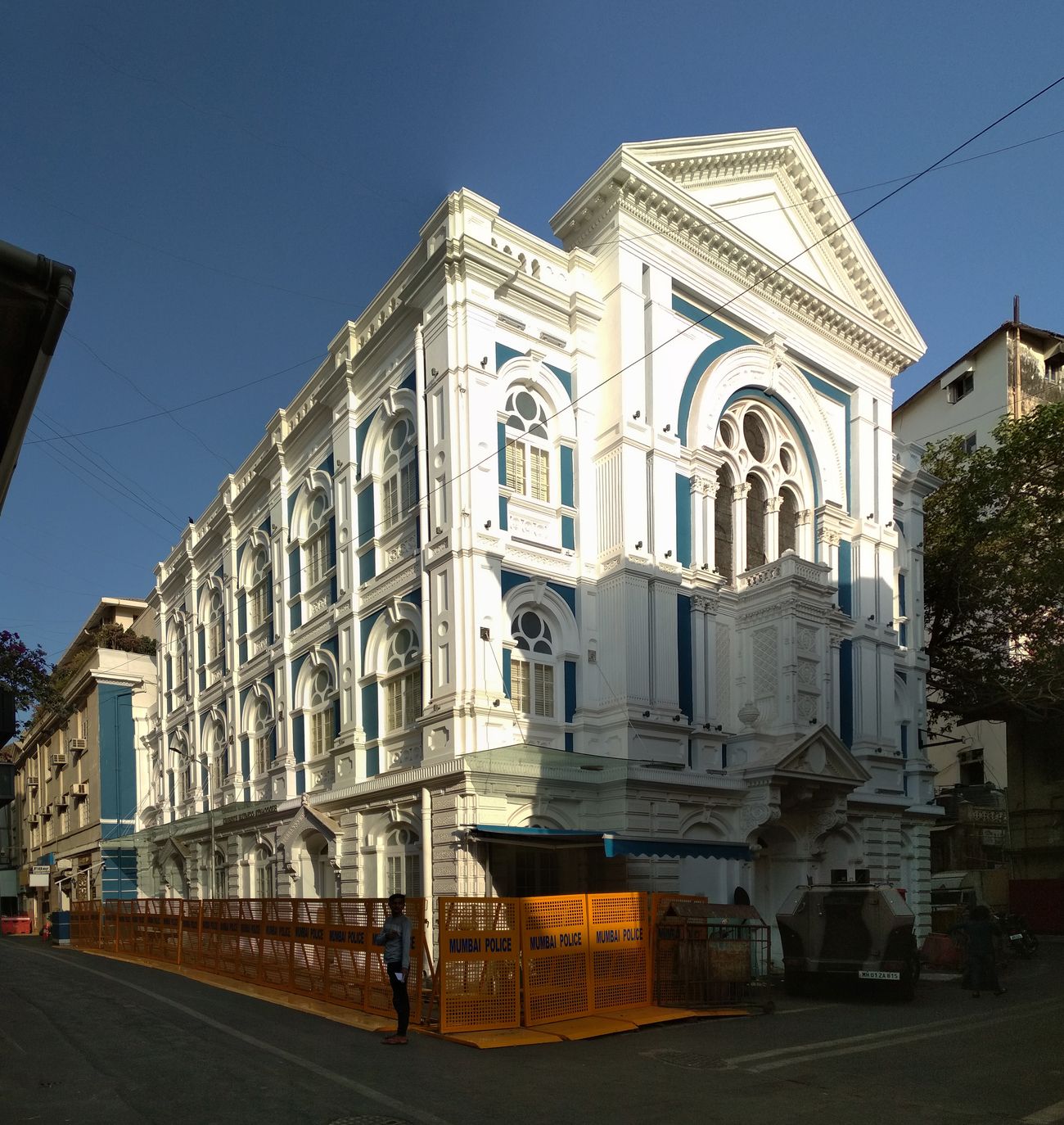
Mumbai’s second-oldest Sephardic synagogue, the Keneseth Eliyahoo Synagogue is freshly painted in this picture clicked in May of 2019 © Satish Parashar
The Keneseth Eliyahoo Synagogue – built-in 1884 in Colaba – is Mumbai’s second-oldest Sephardic synagogue. The building’s brick exterior is painted a soft, turquoise and boasts of elaborate columns, stained-glass, and rich chandeliers. It was erected under the direction of Jacob Elias Sassoon, son of Eliyahoo David Sassoon and grandson of David Sassoon, who had migrated there from Baghdad in 1832. The building shows off a remarkable combination of traditional Jewish, British, and Indian artistic elements.
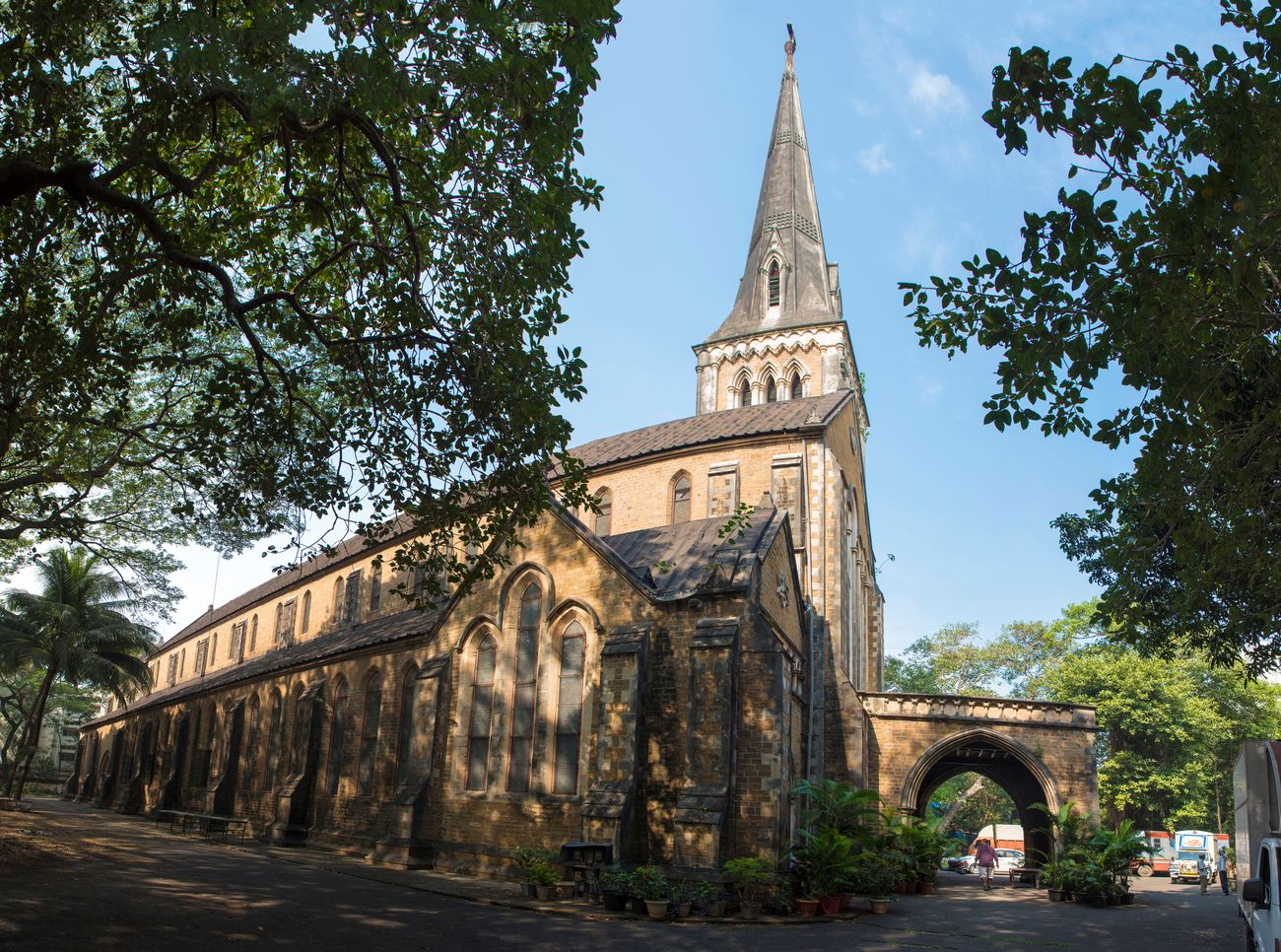
The Afghan Church in upscale Colaba of Mumbai dates all the way back to the nineteenth century and was built to honor the soldiers who lost their lives during the first Afghan war and the Kabul war © Arun Sambhu Mishra
Among the Christian places of worship in Mumbai, one of the most remarkable is the Afghan Church (officially, the Church of St. John the Evangelist), which is located in Colaba in South Mumbai. It is a wonderful example of Gothic architecture. It was built by the British in 1865 to honor soldiers of the First Anglo-Afghan War of 1839-1842. Many of the soldiers serving among the British forces who fell came from Mumbai. You can see memorials and regimental colors on display at the rear of the nave. It holds regular weekly services.
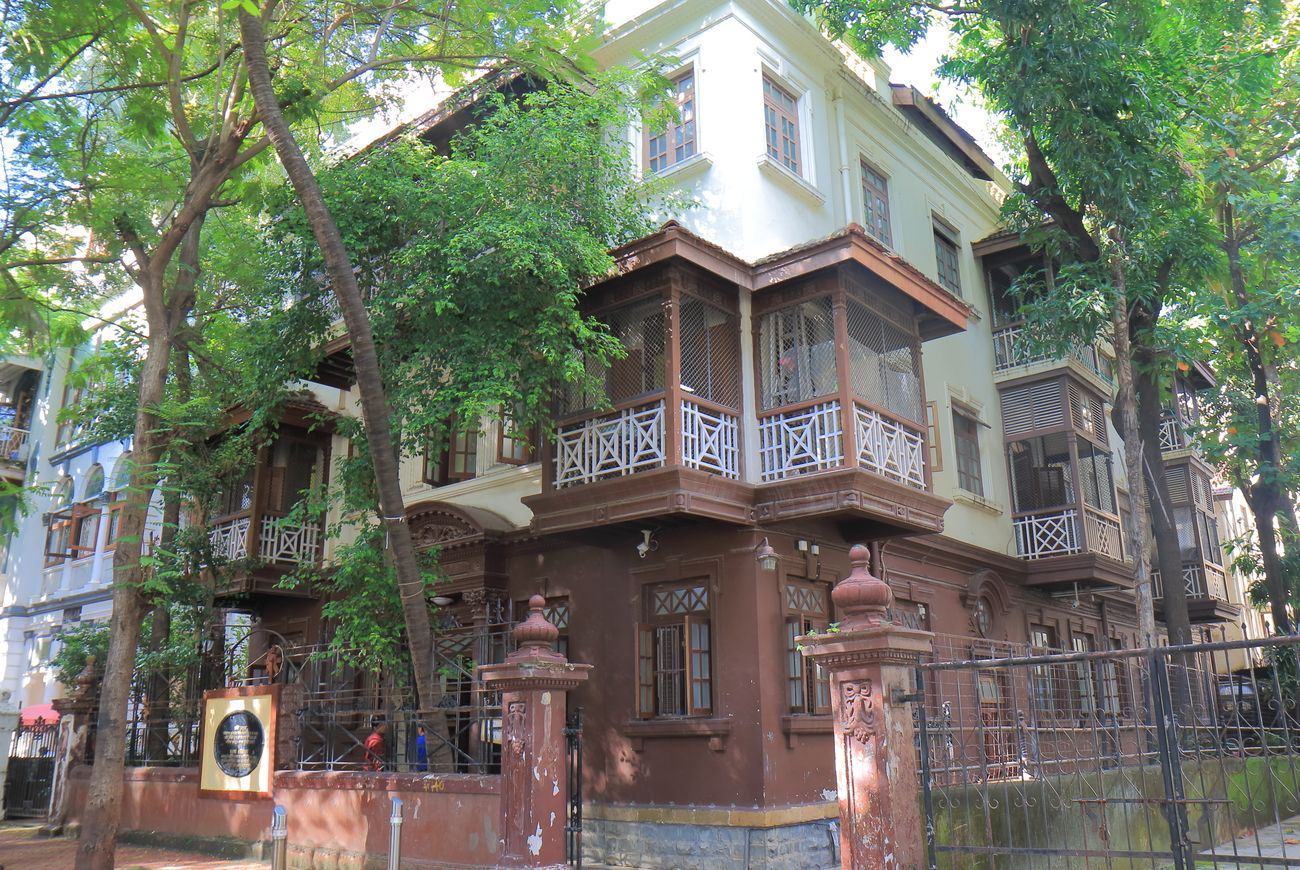
The Mani Bhavan Gandhi Museum from the outside looks just as humble as Mahatma Gandhi, yet like him holds great treasures within © TK Kurikawa
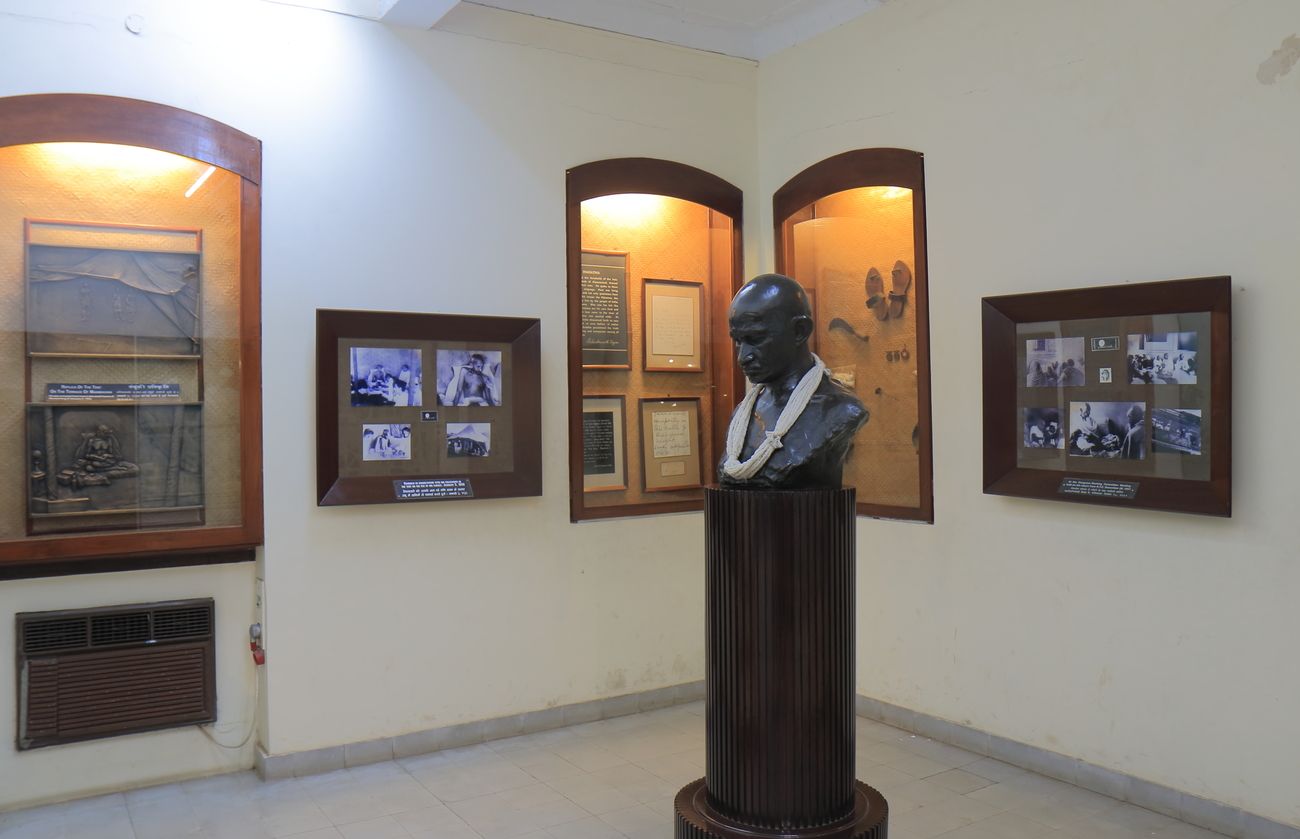
A sculpture of the Father of the Nation, Mahatma Gandhi, on display at the Mani Bhavan Gandhi Museum © TK Kurikawa
SOME NOT-TO-MISS TOURS IN MUMBAI
In Search of Mahatma Gandhi!
Gandhi was known to have visited Mumbai on many occasions, and from the Mani Bhavan house, in Laburnum Road, he began several movements that would change India – most famous of them, at least in the West, was the Civil Disobedience Movement. The house was actually Gandhi’s Mumbai headquarters from 1917 to 1934 and is, of course, an essential part of the Gandhi tour. It is now a fascinating museum with a remarkable collection of photographs, dioramas, and papers documenting his life and his interactions with leading political figures of his times. It also contains his room preserved as it was when he lived there. Not far away is the Gowalia Tank, a park where Gandhi famously initiated the ‘Quit India Movement’ in 1942. This park is now named August Kranti Maidan (August Revolution Square) in commemoration. The tour takes place every day.
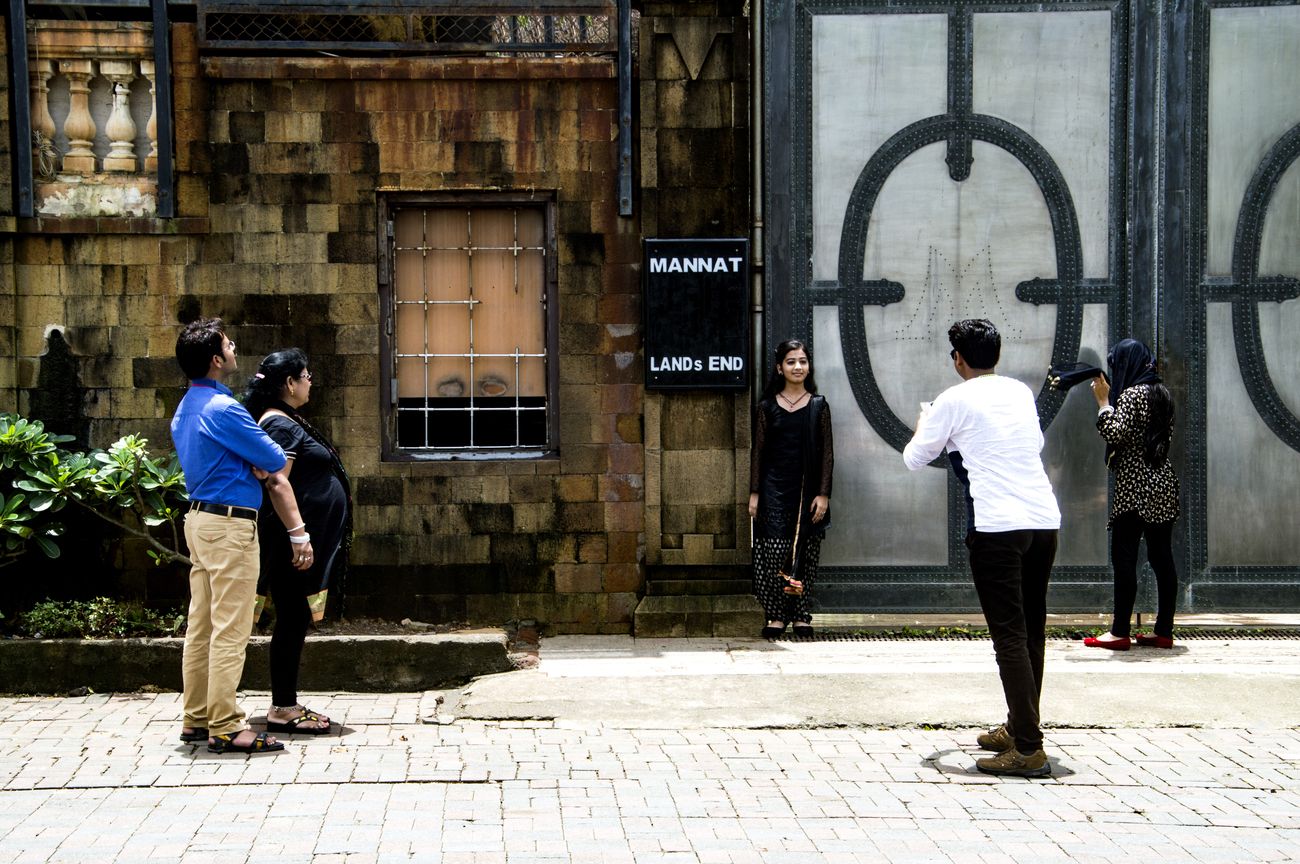
Fans of Bollywood Star Shah Rukh Khan click pictures outside his villa named Mannat in the Bandra area of Mumbai © Nopkamon Tanayakorn
The Bollywood Tour
Visit SRK’s Mannat and Amitabh’s Jalsa!
On the Bollywood Tour, you will be taken to filming locations and studios – and even the residences of famous Bollywood stars – including SRK’s famous Villa Mannat and Amitabh Bachchan’s Jalsa. Tour-goers are taken to a studio at Film City or to a location where they can watch while a real film is actually being shot. Then there is a fascinating look at a technical studio where one can get a real look at how films are recorded and edited. The tour includes a generous buffet lunch and ends with a screening of a Bollywood film. If you are a real movie fan, this tour is definitely for you.
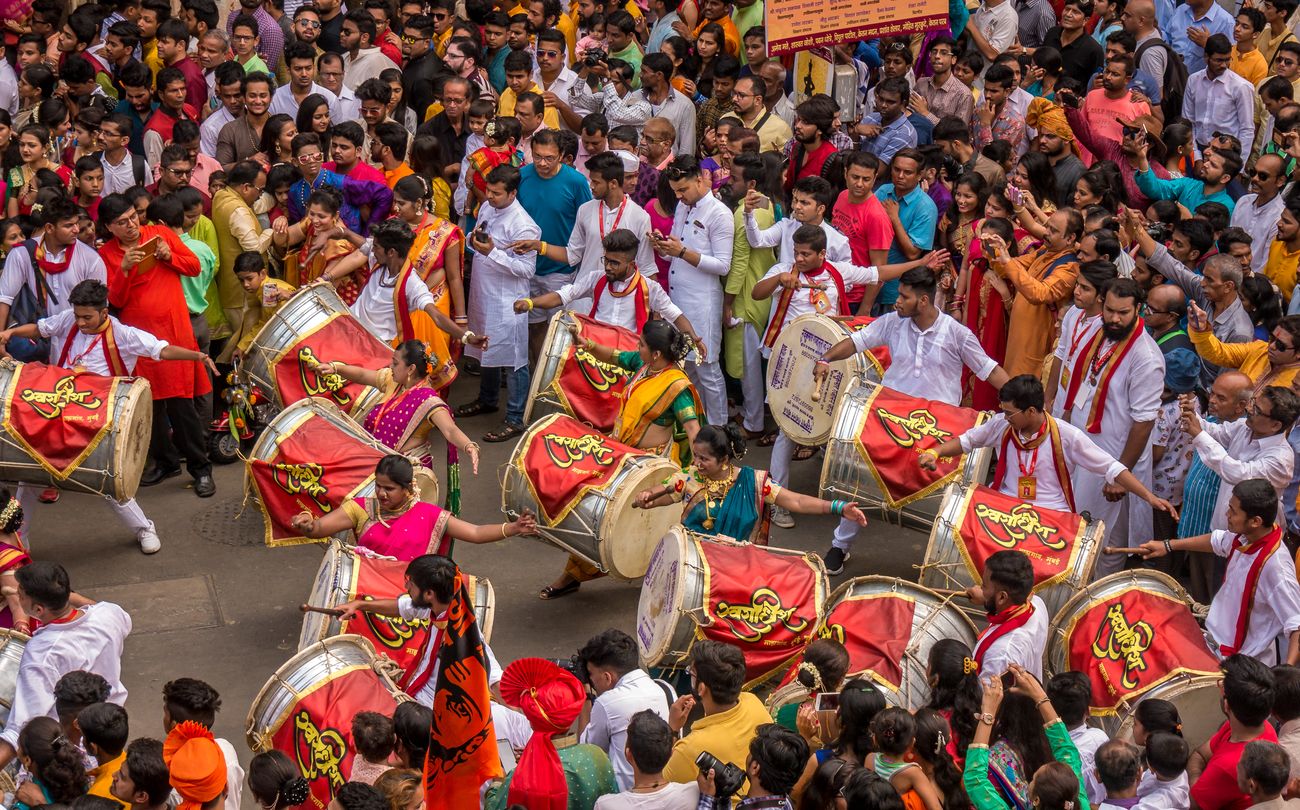
Annual Gudi Padhwa march (Marathi new year) at Girgaon, Maharashtra. Musicians and dancers from all across India zealously partake in this event. Mumbai festivals are organized around the principle of catharsis. The whole idea is to break out and cut loose. Be it Ganesh Chaturthi, Diwali or Christmas, the festivals are celebrated with much fanfare and joy © Snehal Jeevan Pailkar
The Pilgrimage Tour
A Walk to the Siddhi Vinayak temple in bare feet!
The Pilgrimage Tour offers a comprehensive survey of the most significant and popular temples and mosques in Mumbai. The Muma Devi temple and the tomb of Haji Ali are, of course, included; but the tour offers a lot more. The Siddhivinayak temple, for example, is a revered place of devotion that attracts pilgrims to its 5 am aarti every Tuesday morning – after they have walked through the night from kilometers away. Its weekly pooja is also a popular attraction. There is also the Mahalaxmi temple at Mahalaxmi, which reveres the goddess of wealth and holds a nine-day festival – Navratri – in her honor every year. The tour also includes the spectacular Jain temples in Walkeshwar.
Tour takers can attend various aartis and learn a great deal about the mythologies surrounding the Hindu deities. One can also get a close look at temple art and sculpture. If you want to go on the tour, be sure to pay attention to dress codes required on some of the temple grounds. Most sites also have souvenir stands.
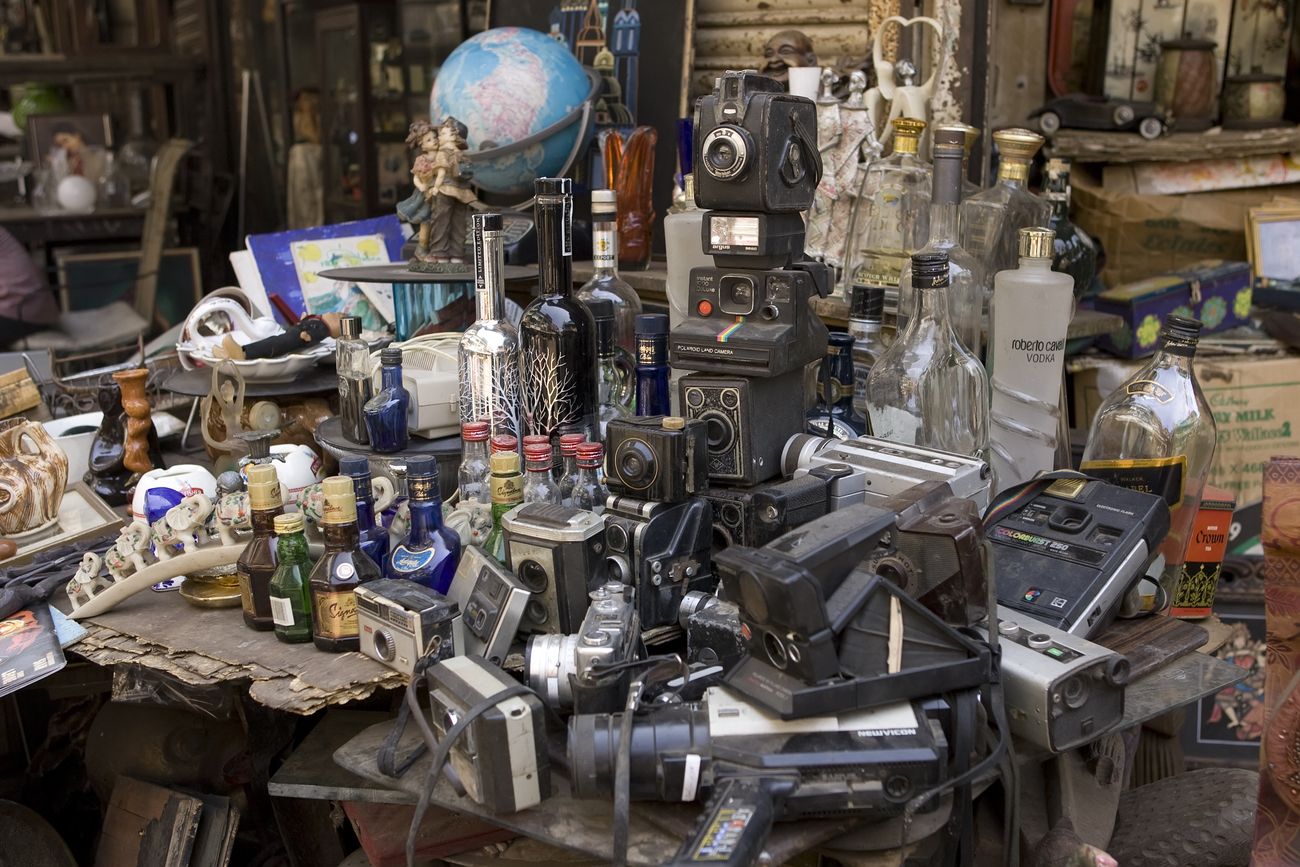
At Chor Bazaar (Thieves Market), you can find ancient artifacts, electronic items, and antiques at great bargains © Kalcutta
The Market Tours
Stolen and Found Chor Bazaar!
Yes, there are even market tours for visitors to Mumbai! After all, you would not want to leave without some souvenir of your visit. Tours include markets such as Bhuleshwar, Chor Bazaar, Mirchi Gulli, Phool Gulli, Colaba Causeway, Zveri Bazaar and Fashion Street. Typical mementos of Mumbai – and India in general – are the unique spices, exquisite silk sarees, antiques and jewelry.
The Chor Bazaar is particularly interesting – and not only for the wide variety of goods on offer! The market is notorious for selling stolen goods. There is even a local saying that if something of yours gets stolen, you can find it at the Chor Bazaar!
The suburb of Banda is also a great place to find Indian wares at attractive prices. The Lokhandwala market in the city’s north offers clothing and accessories from the Far East.
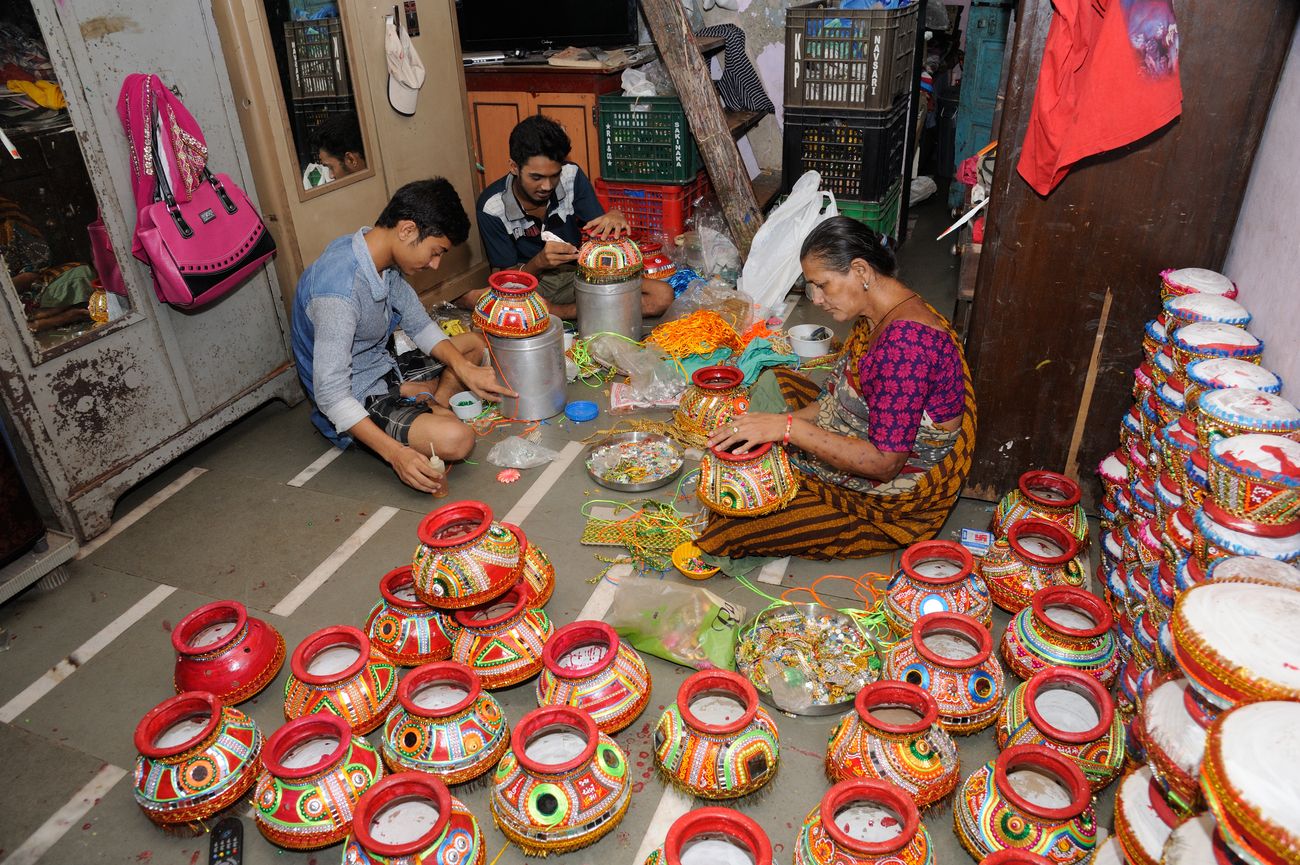
A family is painting pots for the Navratri festival, in Dharavi Mumbai. Navratri is a Gujrati festival which is celebrated with equal passion and vigor in the city © RAMNIKLAL MODI
The Art and Heritage Tour
Get a Glimpse into Mumbai’s Soul!
The tour offers a unique opportunity for experiencing Mumbai’s British heritage. The walk is replete with historic buildings and other landmarks constructed in a variety of architectural styles of architecture. The tour includes Chhatrapati Shivaji Station, Colaba Market, Fort Area and the Kala Ghoda District. The tour guide provides expert knowledge of and insights into every building on the tour including details about planning, construction, architecture, art, history, traditions, and legends. And the tour is not just for tourists. It also aims to acquaint residents with the history and legacy of Mumbai’s remarkable building landscape. The tour offers a truly comprehensive, imaginative, and educative survey of Mumbai’s cultural, political, and social history. The tour also includes a visit to Phillips antique store, which contains fascinating photos of the city’s past. Some tours also include Karla Baja, Kanheri and Elephanta caves.
Mumbai’s remarkable magnetic attraction remains as strong as ever. And as a practiced host, it is ready for you whenever you want to visit. Just come and enjoy the gifts this unique city has to offer. Just be prepared for anything – Mumbai always is!
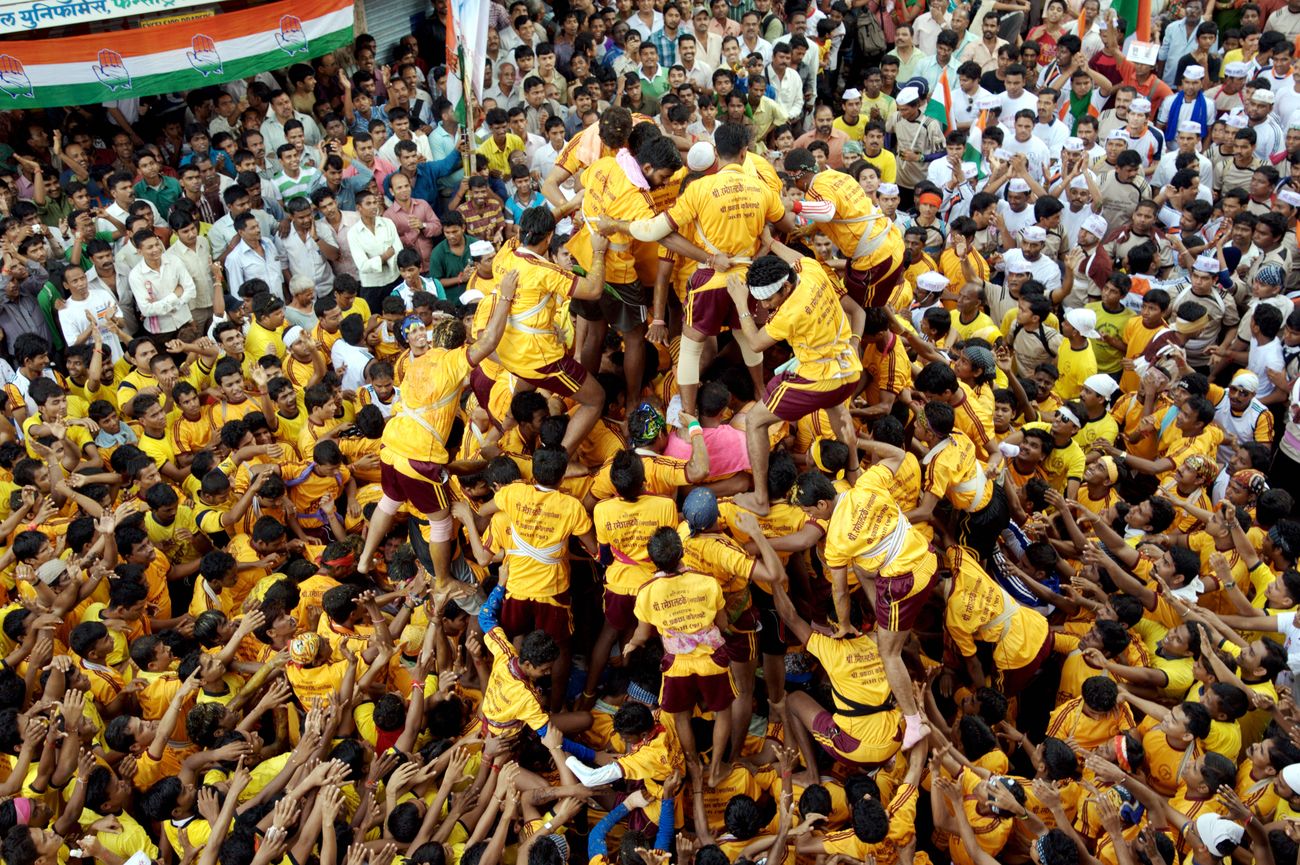
Dahi Handi festival is celebrated in Mumbai with great enthusiasm. People create human pyramids to try stealing butter from neighboring houses © RAMNIKLAL MODI
Some Images From Our Trip To Mumbai
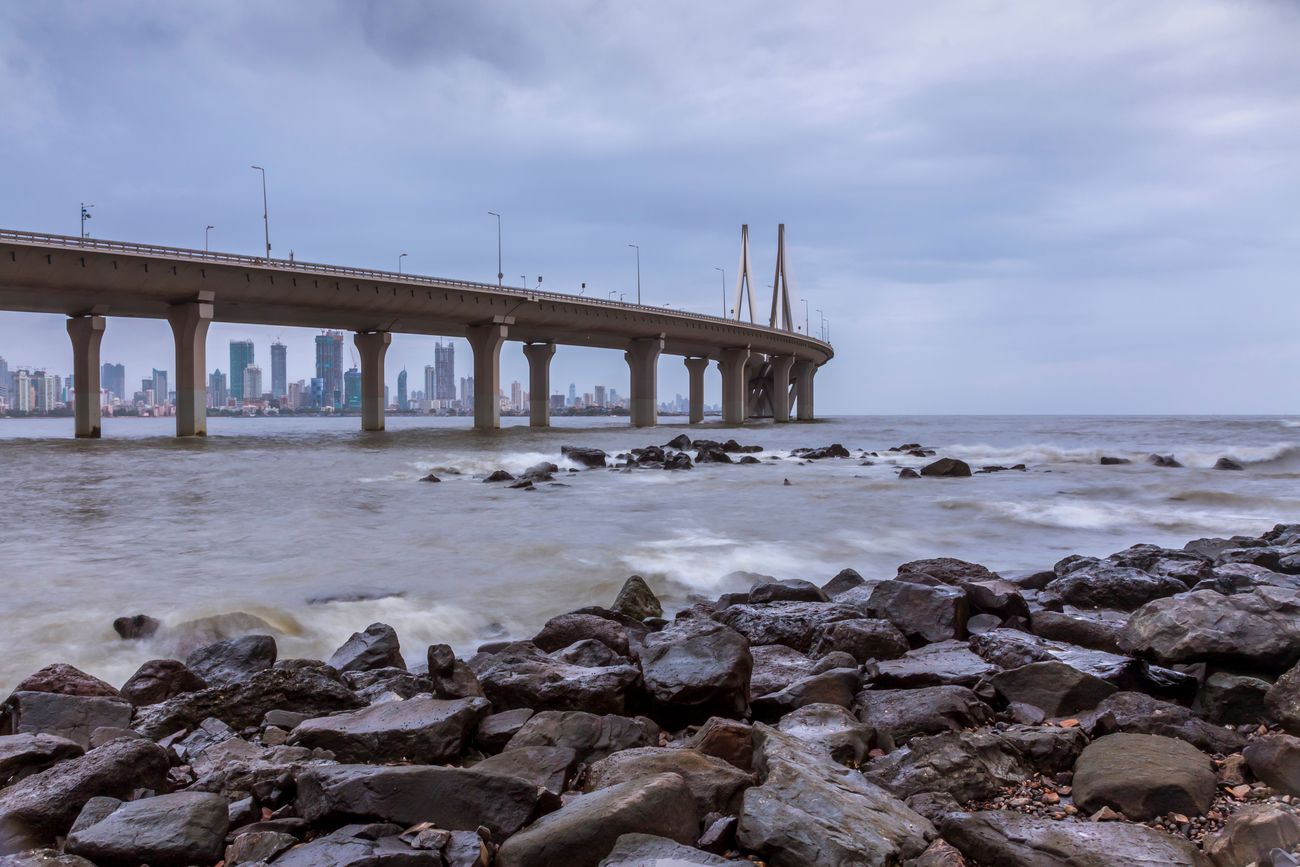
The Bandra Worli Sealink that connects the two ends of Mumbai – Bandra in the west and Worli in the South, was inaugurated in 2009 and has since been one of Mumbai’s greatest attractions © Emmanuel Nalli
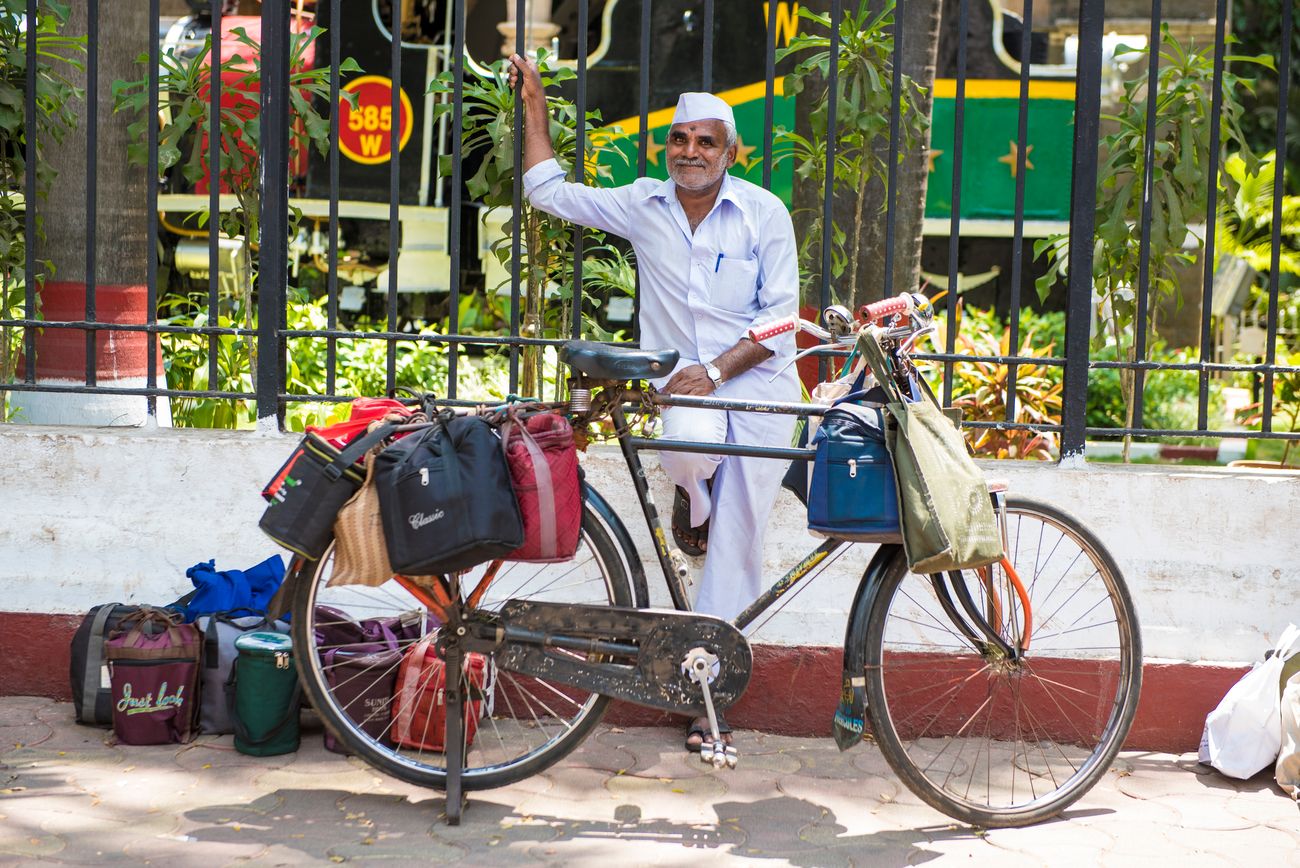
A dabbawala with his bicycle outside Churchgate Railway Station, Mumbai. Dabbawalas are a part of Mumbai’s unique lunch box delivery and returns system run by an army of over 5000 men © Arun Sambhu Mishra
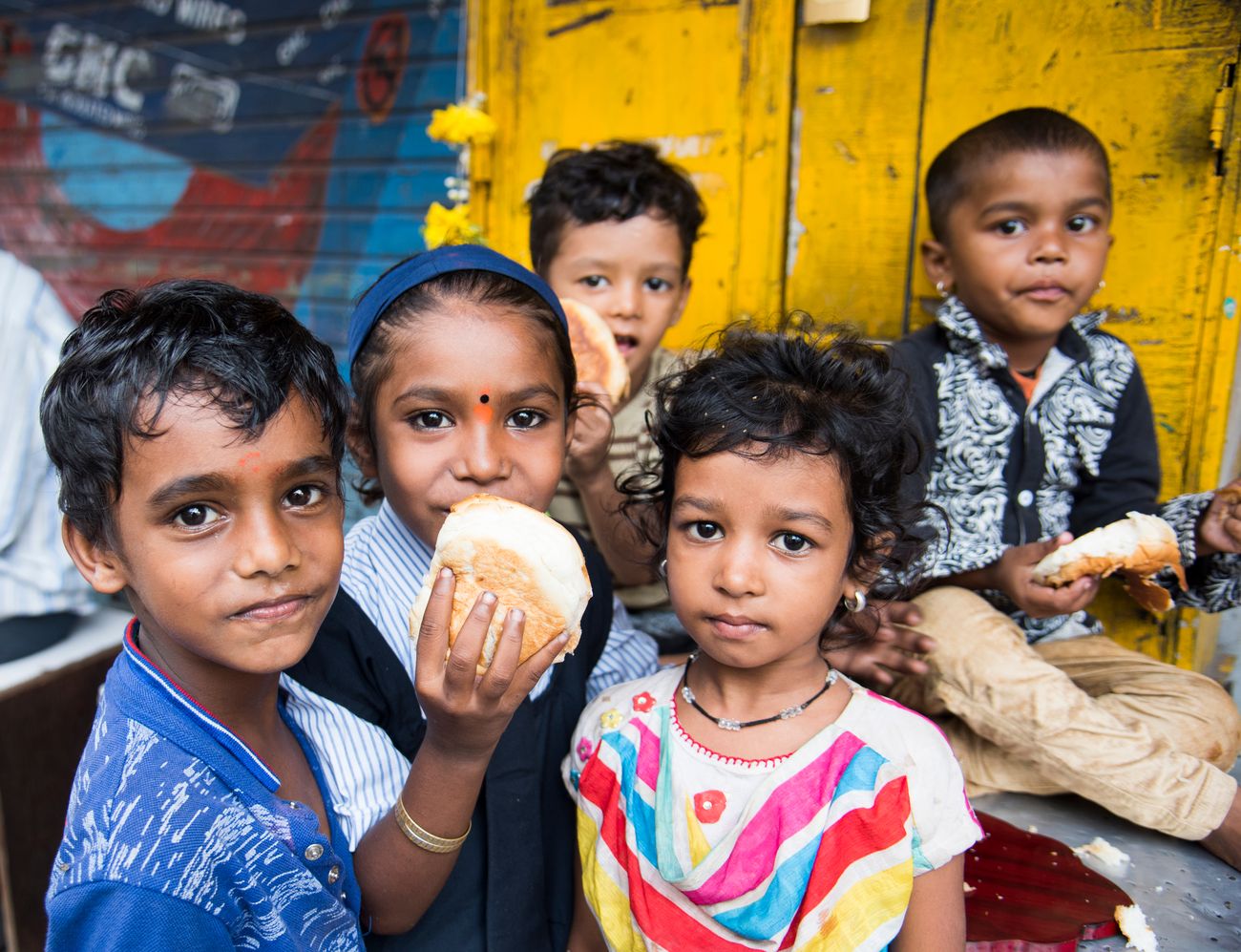
A group of young kids looks into the camera while eating sweet bread from a roadside shop © CRS PHOTO
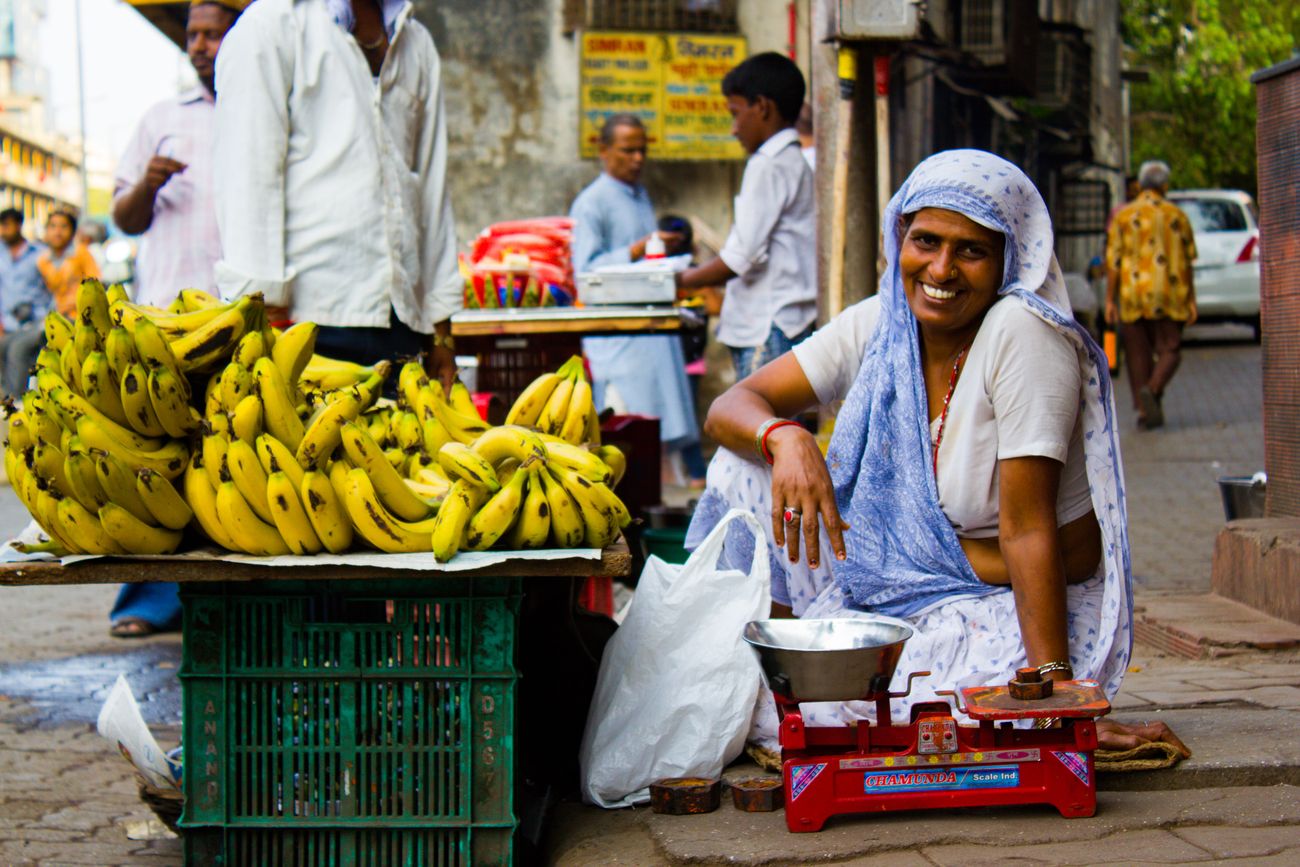
A woman in Mumbai smiles for the camera as she sells bananas on a crowded street of the city © Kedar Shukla
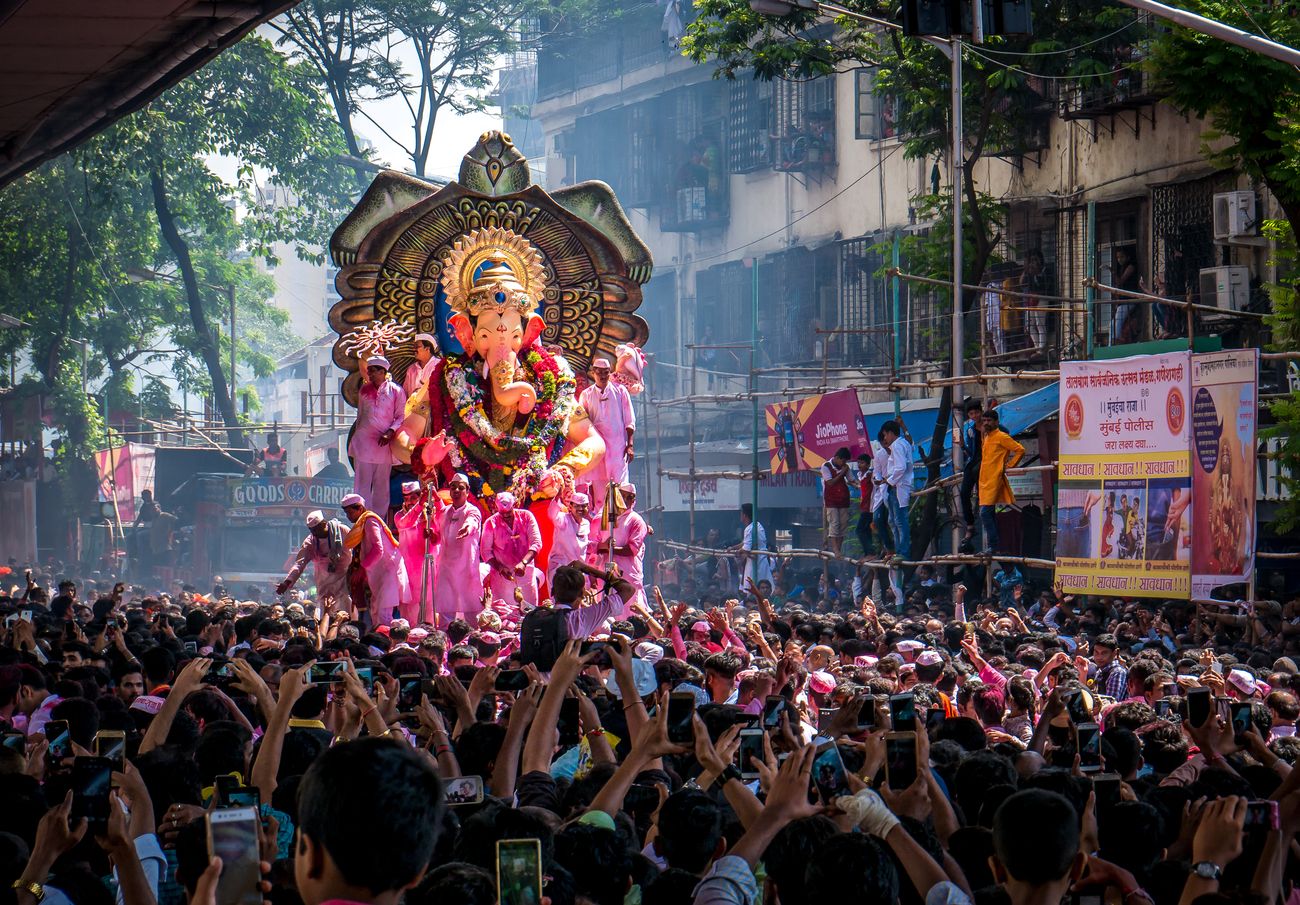
On the last day of the ten-day-long Ganesh Chaturthi festival, thousands of devotees join the procession bidding farewell to Lord Ganesha © Snehal Jeevan Pailkar
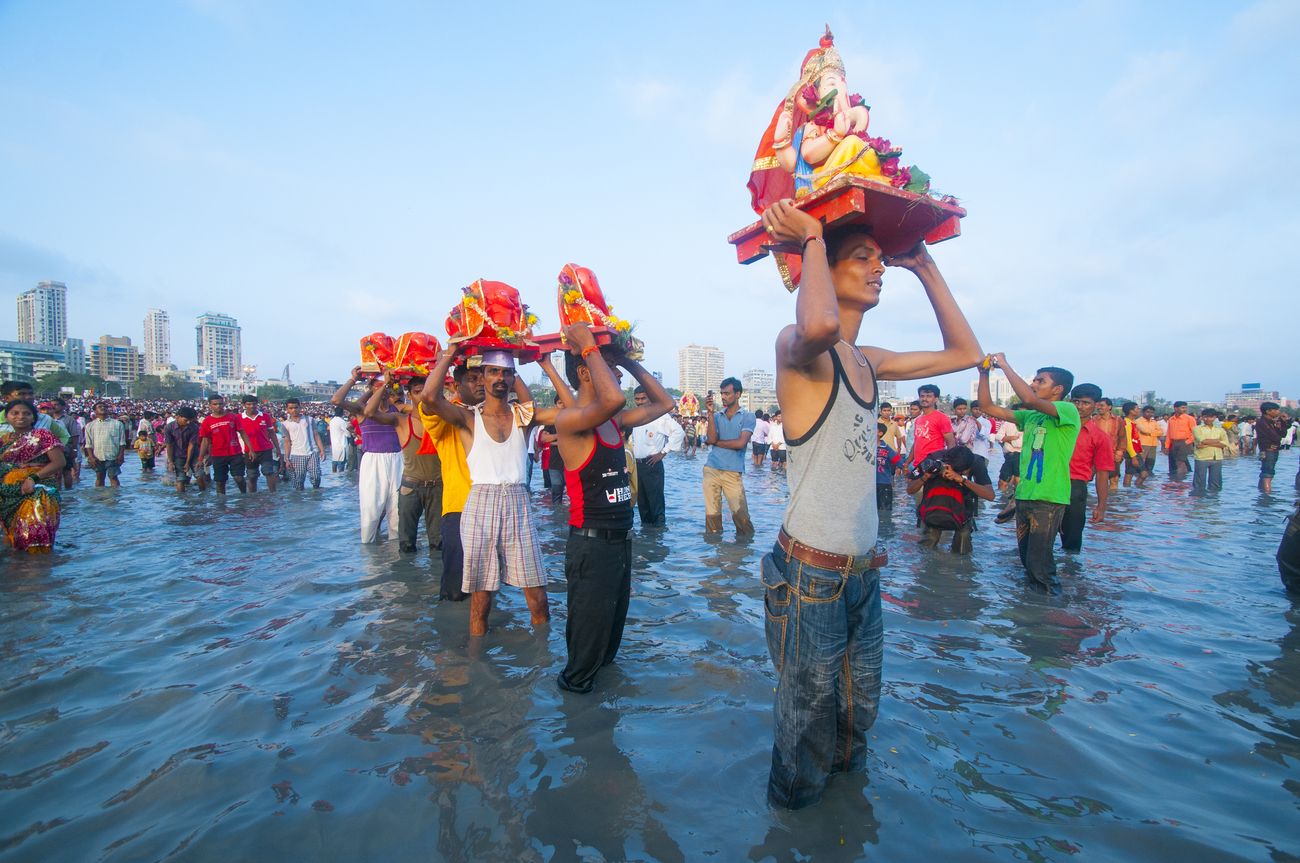
This picture was clicked on Visarjan (last day) at Chaupati beach, Mumbai where devotees bid adieu to Bappa by immersing the statue into the Arabian sea © CRS PHOTO
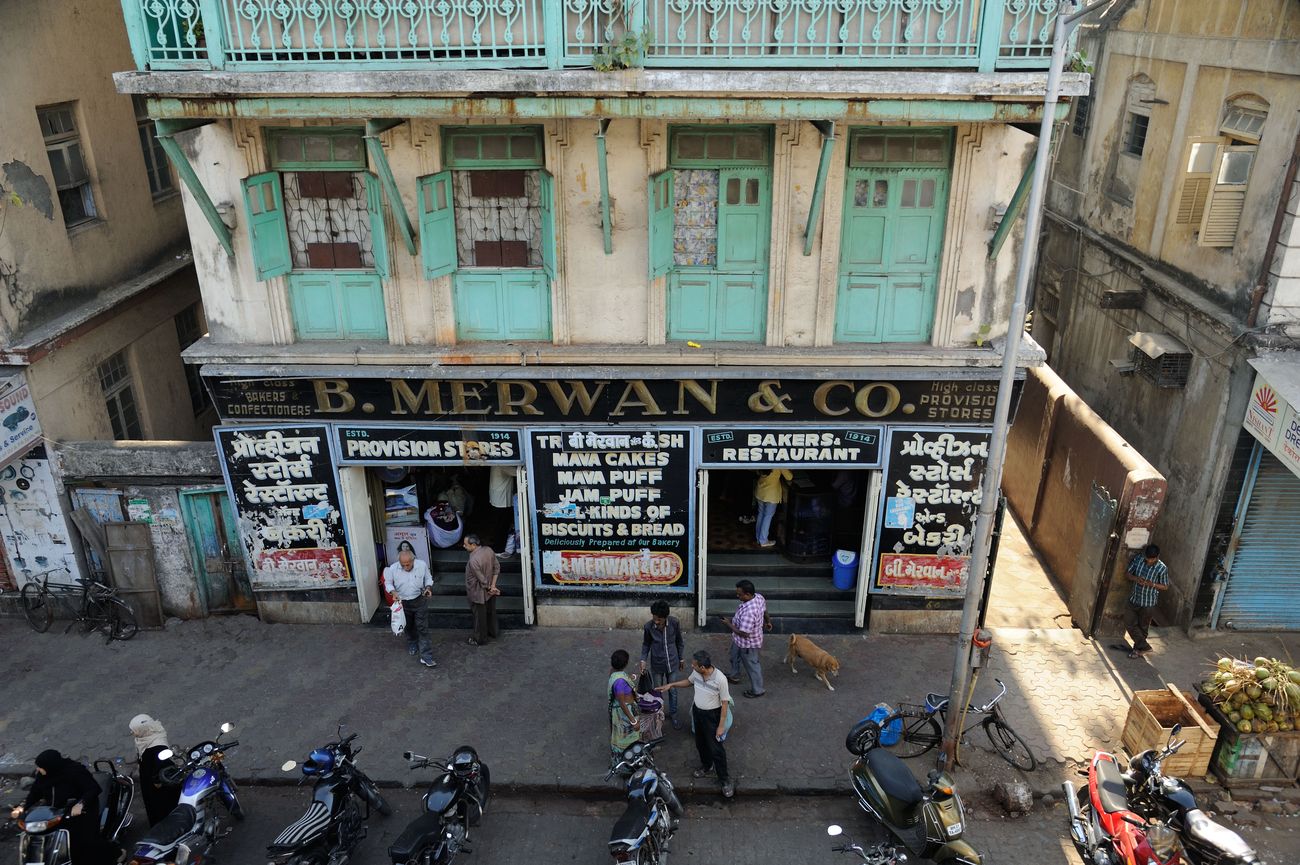
The B. Merwan & Co. at Grant Road, Mumbai is an Irani Bakery that is a hundred years old, being established in 1914 © RAMNIKLAL MODI
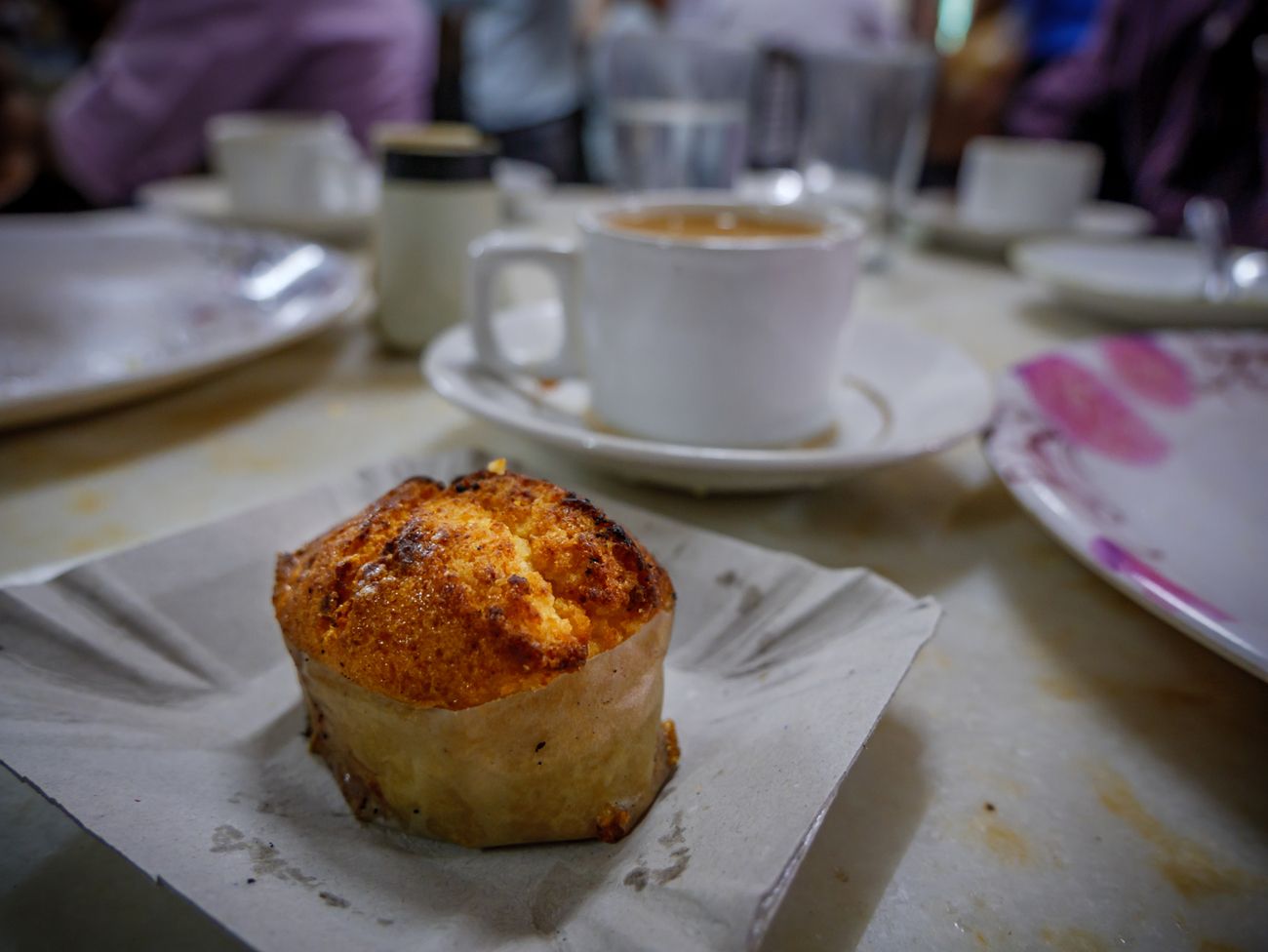
An Irani bakery and restaurant in Mumbai selling the delicacy called Mawa Cake © Snehal Jeevan Pailkar
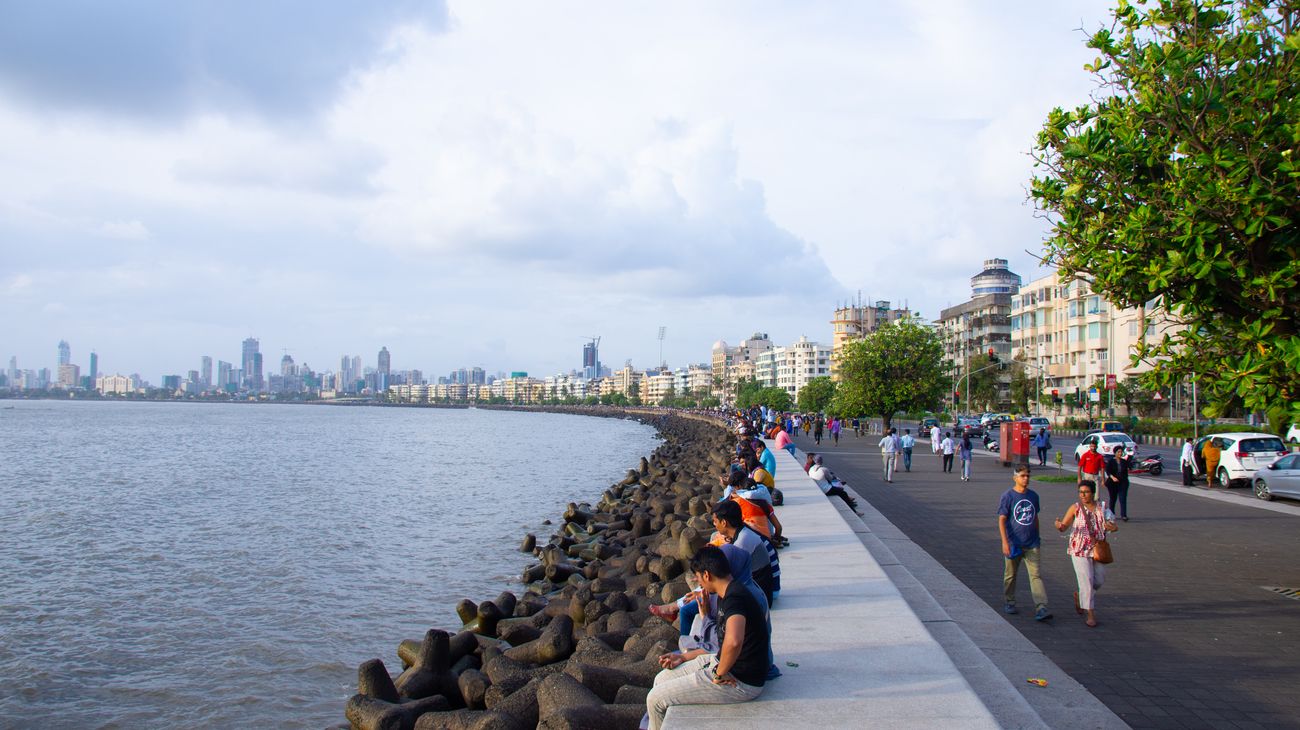
Marine Drive, also known as the queen’s necklace is the most glamorous location in Mumbai. In the night when the city lights up this arc resembles a necklace © PHOTO BAZAR INDIA
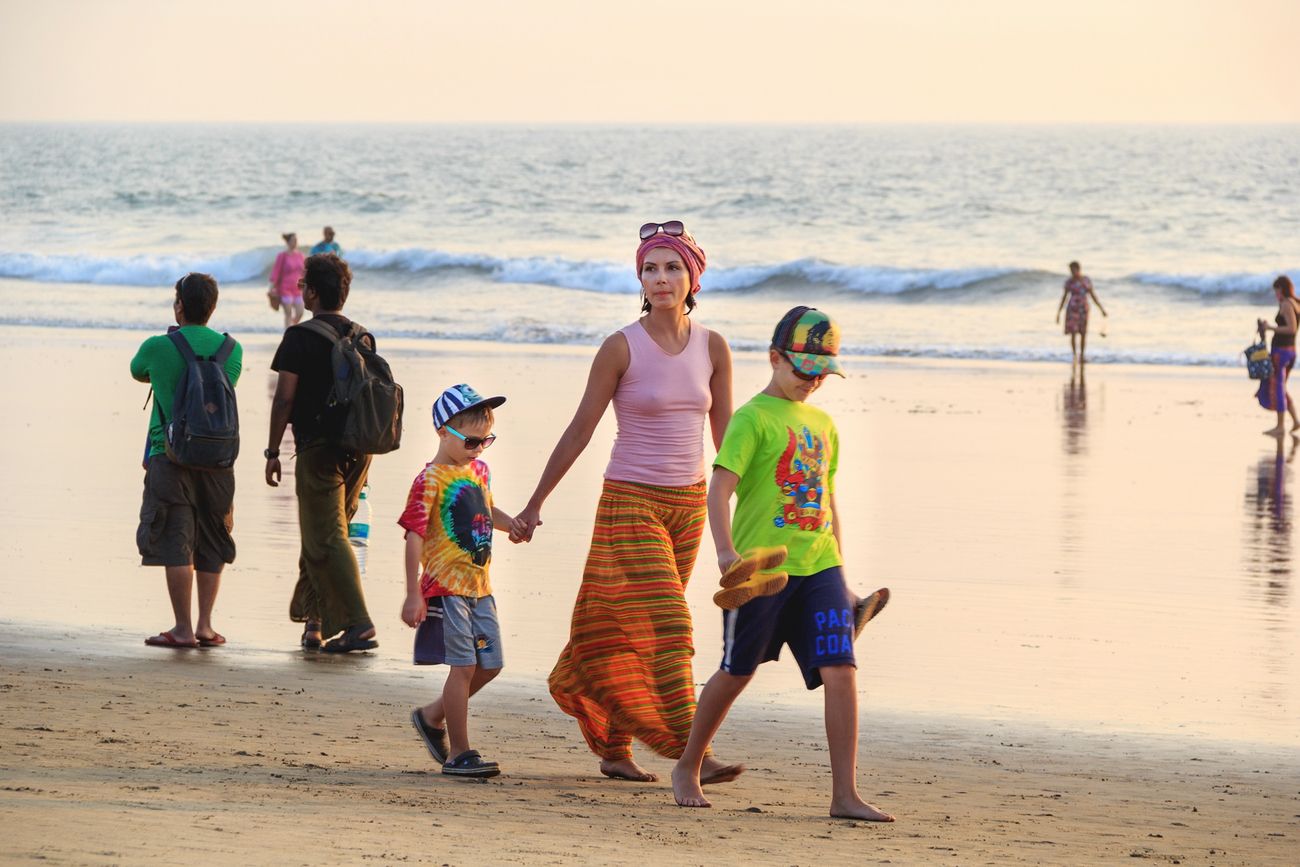
Mumbai has a vast coastline of about 150 km. From Marine Drive to Aksa beach © Murgermari
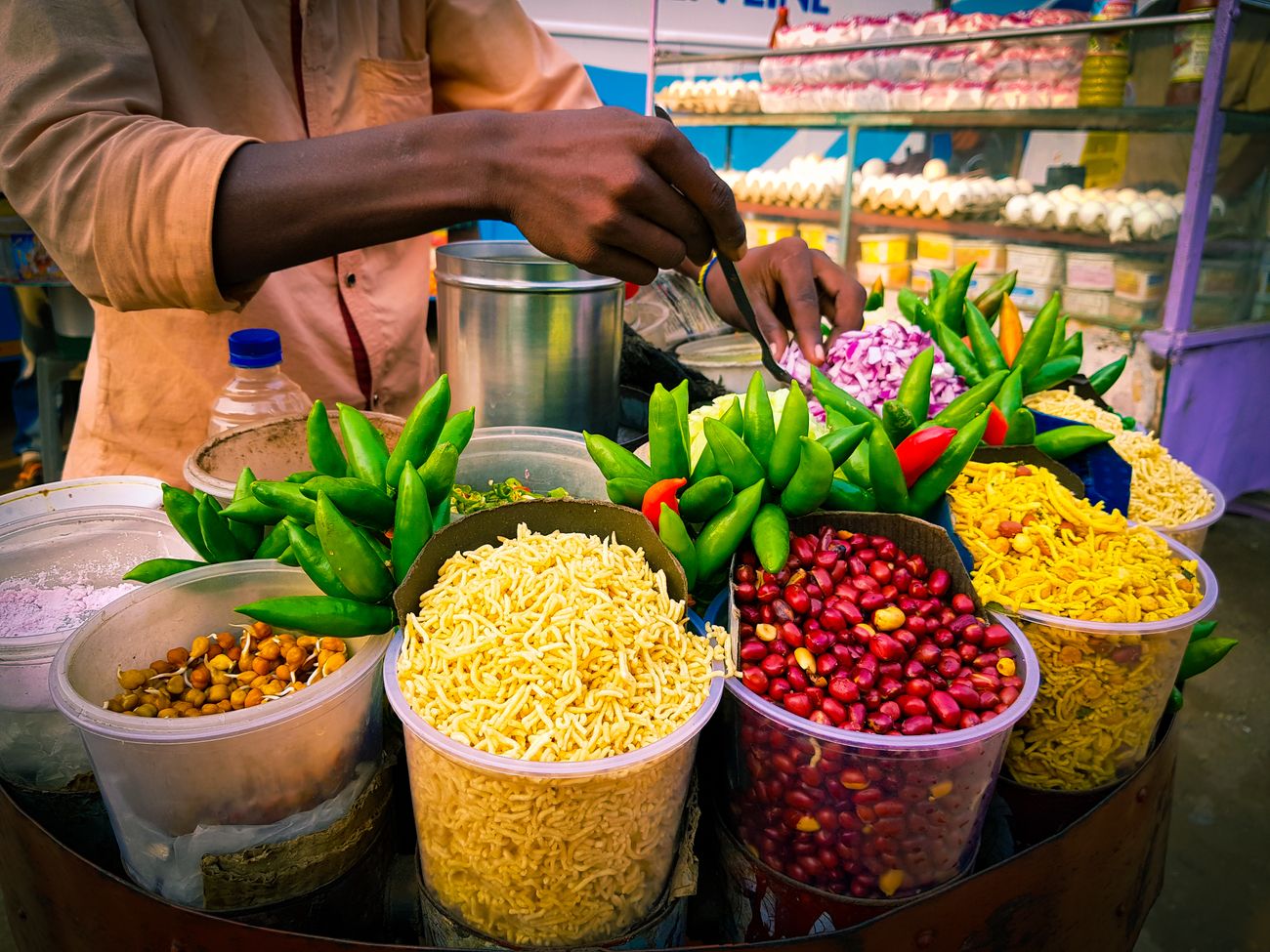
Bhel Puri (Jhalmuri): This snack is synonymous with Mumbai’s beaches, as are another fatafat eats like pav bhaji, Pani puri, Vadapav and Ice Gola © The Teaching Doc
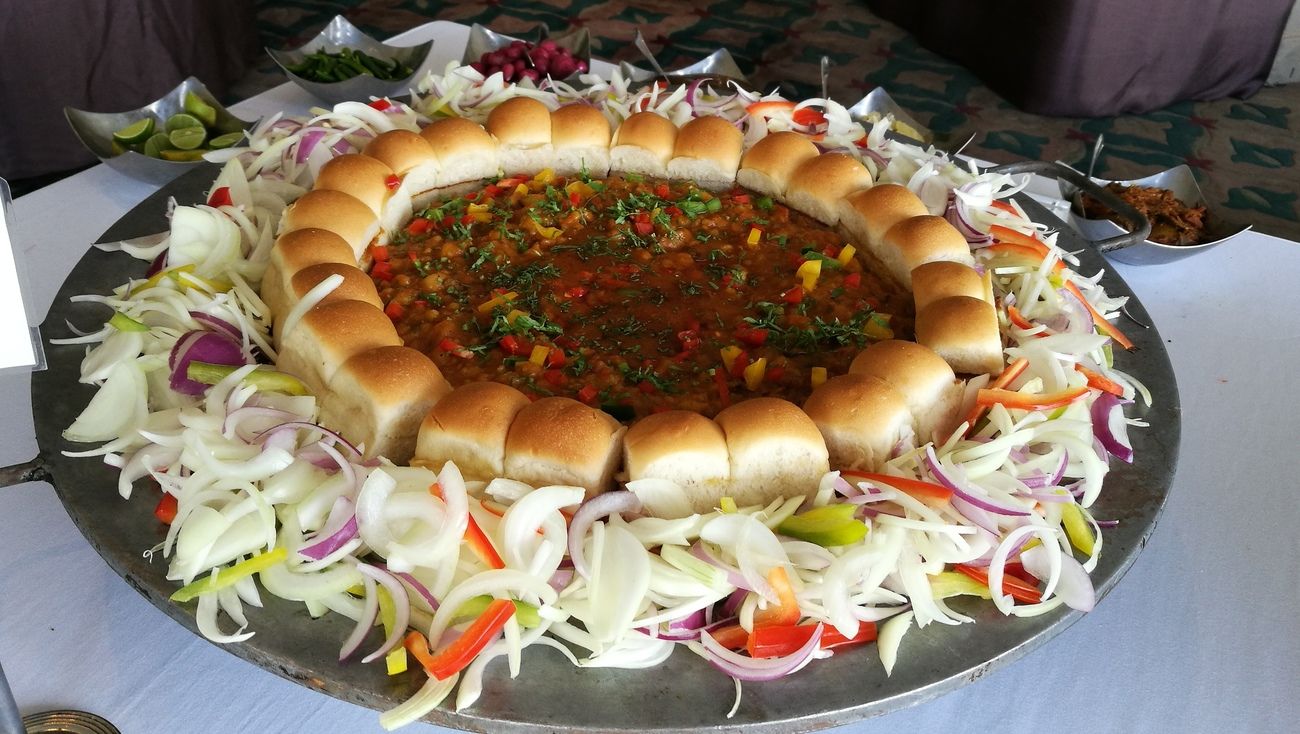
One of its most famous street foods, the pav bhajiwas invented in Mumbai as a speedy lunchtime dish for textile mill workers. This spicy and buttery dish combines a bunch of vegetables with mashed potatoes, then eaten with the soft bread called Pao © Oraood
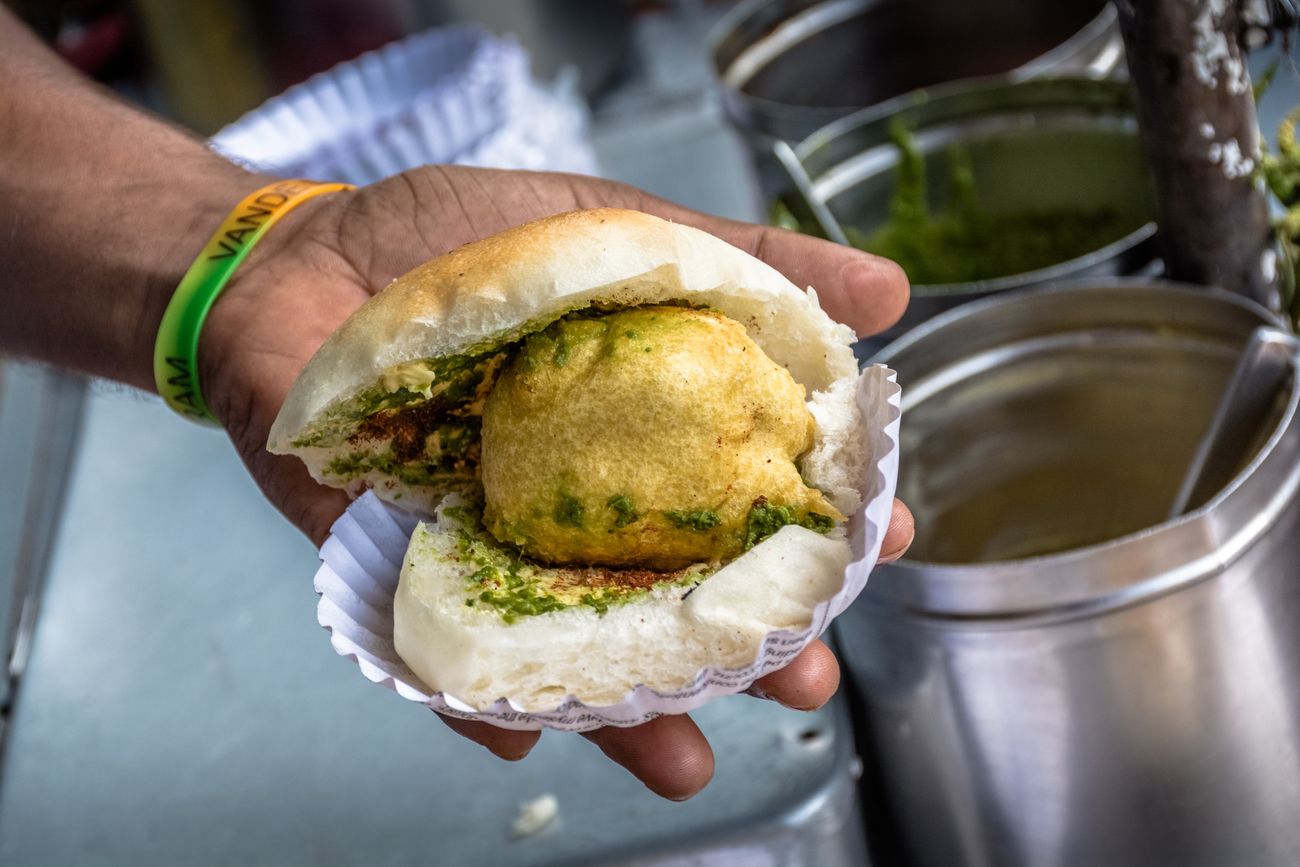
Vada pav is one of the most popular street foods in Mumbai. It is often served hot with fried green chilies and green chutney © Sunil Purushe
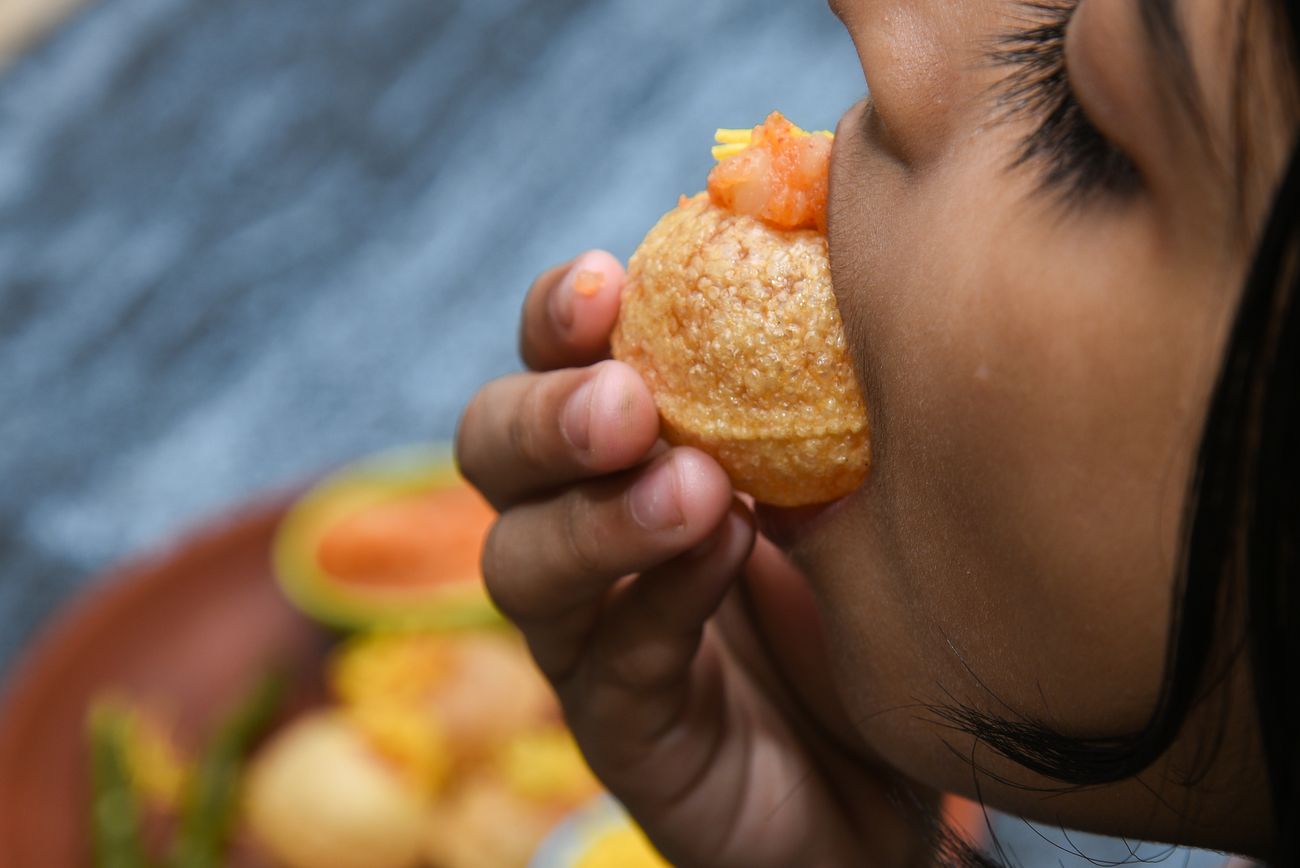
A young girl eats paani puri, a beloved Indian street snack with endless variations across the country © Santhosh Varghese
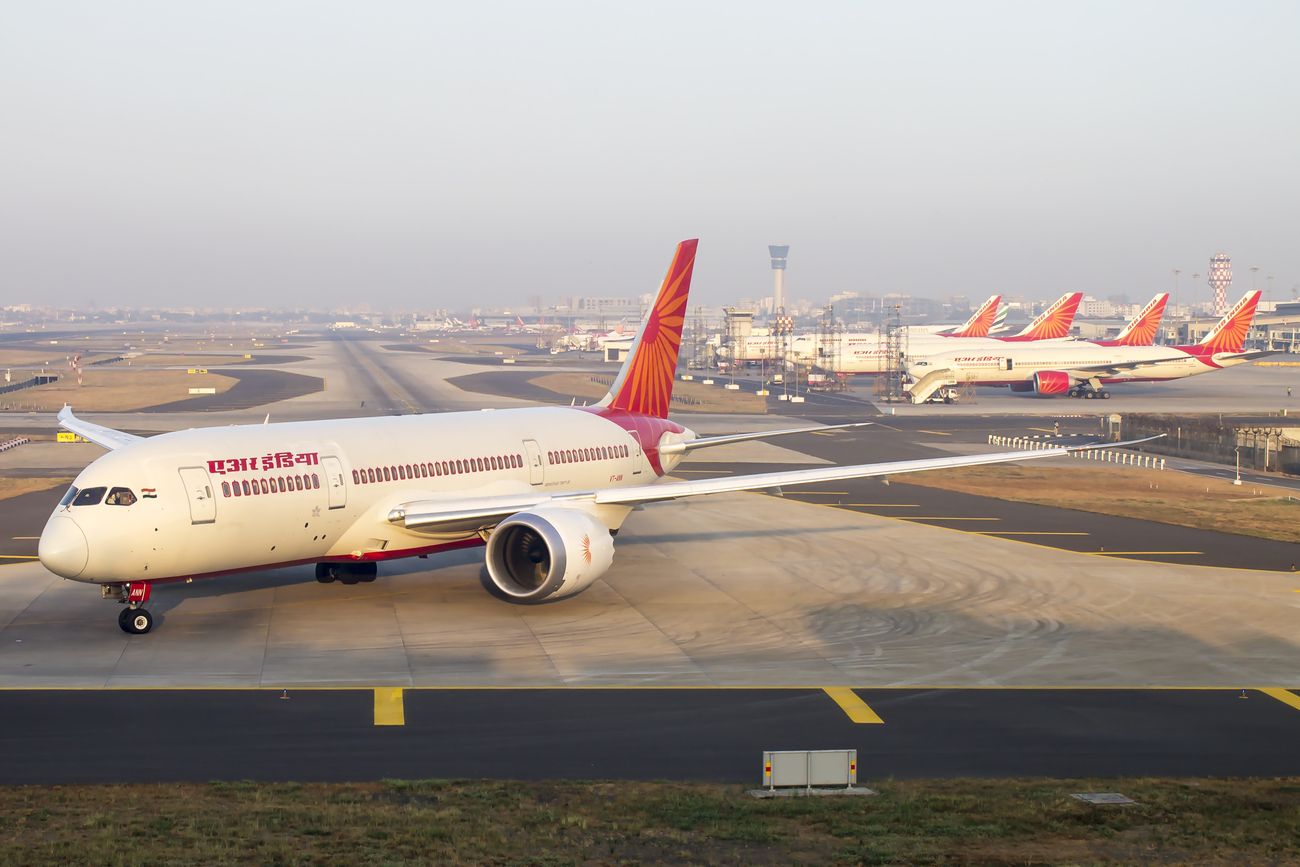
Chhatrapati Shivaji Maharaj International Airport’s T2 terminal is a major hub for leading airlines. This terminal operates mostly international and few domestic flights © Yatrik Sheth
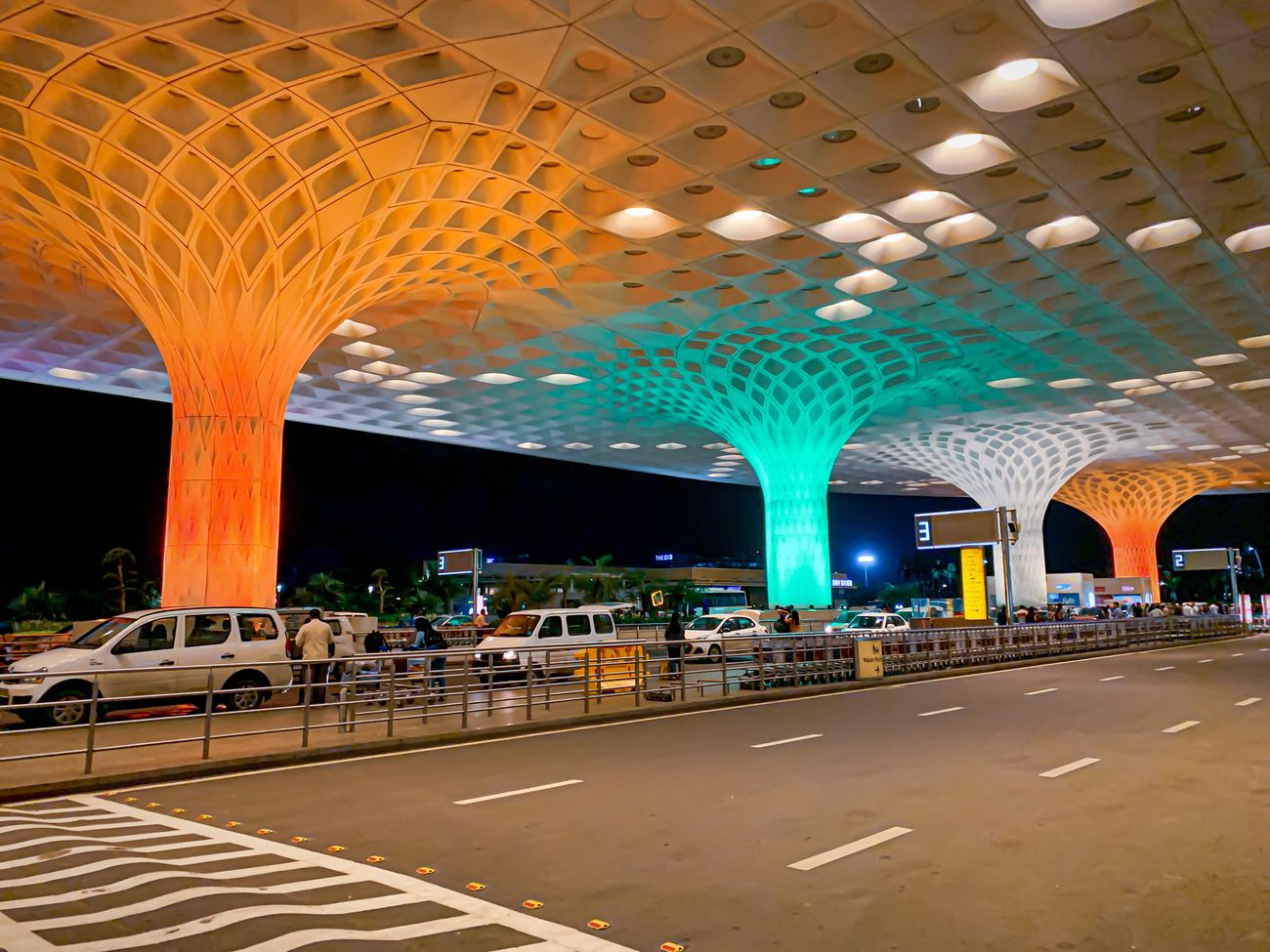
The Chatrapati Shivaji Maharaj International Airport joins national celebrations for Independence Day by hoisting a flag on the premises © Hitman H
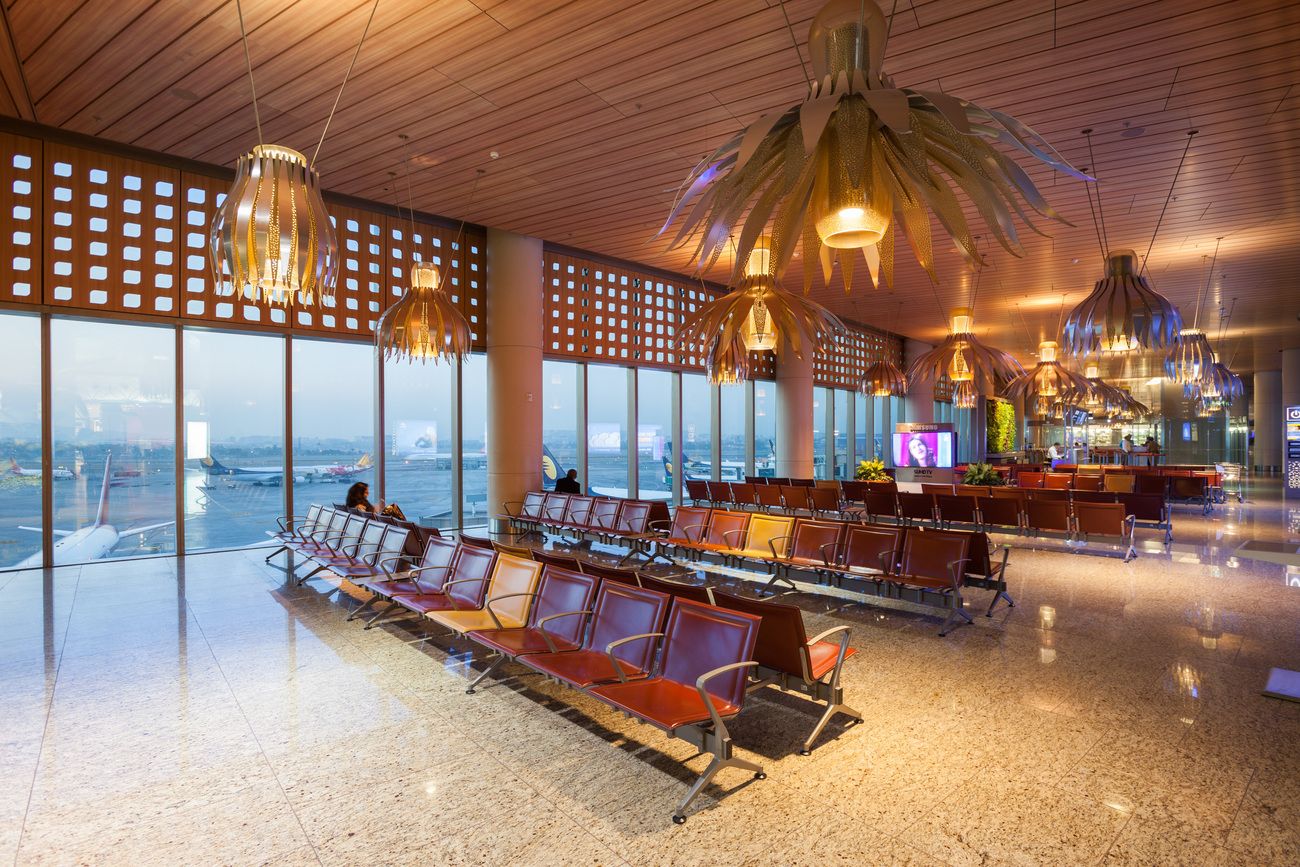
The ingenious Terminal 2 of Mumbai International Airport (BOM) was inaugurated in January 2014. It’s a 4 storeyed building catering to about 40 million international and domestic passengers annually © e2dan
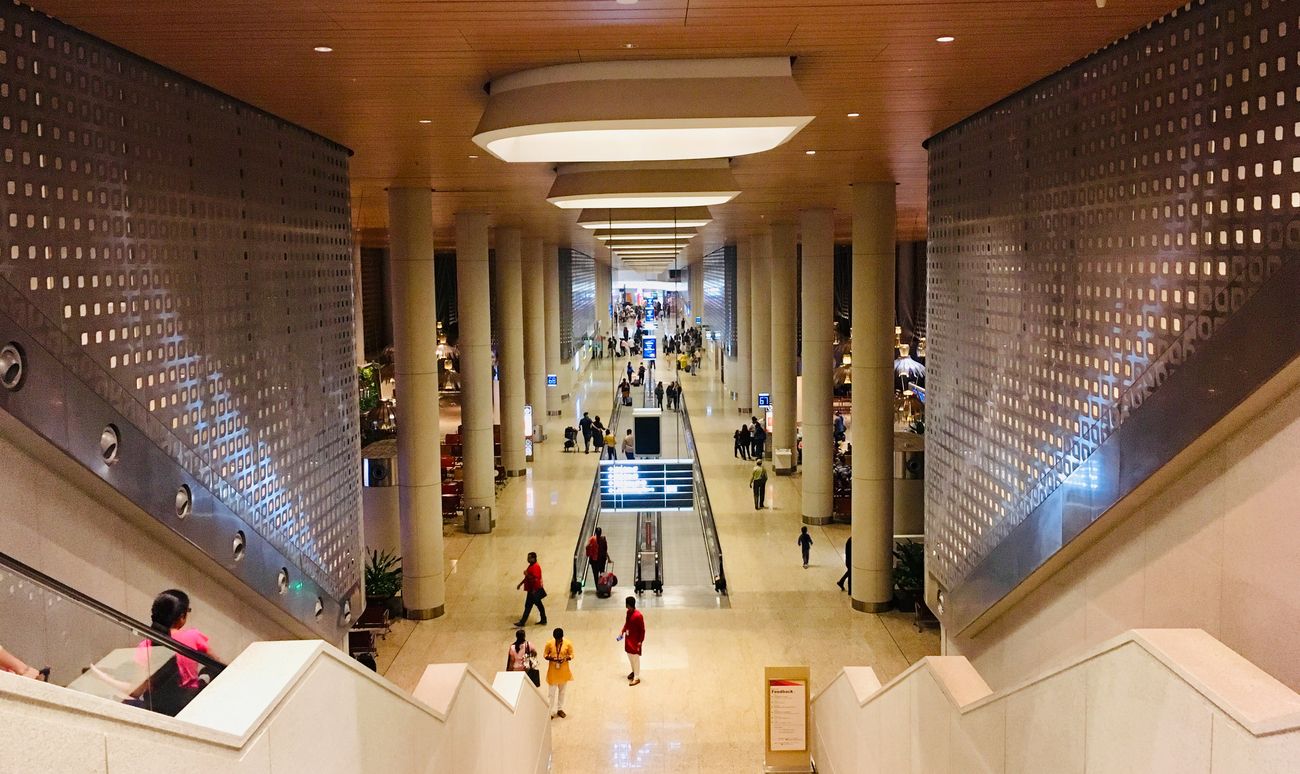
This is the departure hall for international flights at Chhatrapati Shivaji Maharaj International Airport, Mumbai © DesignPrax
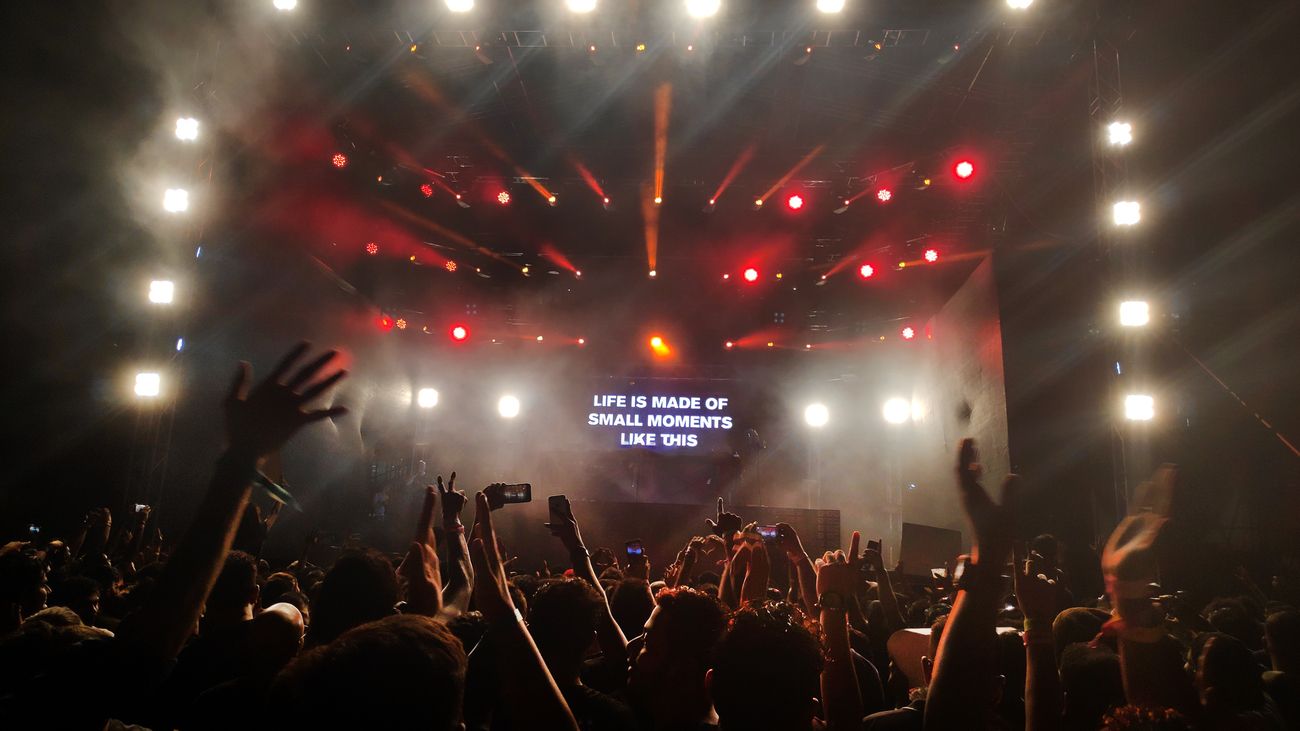
Nightlife: Zenzi, Olive, Soul Fry, Poison, Dragonfly, Tetsuma, Prive, Firangi Paani, Bling… it’s easy to find out why the city never sleeps. More lounge bars have sprouted over the last five years and this reflects the fact that people want to chat and connect after a long day’s work © Vinayak_poriwade
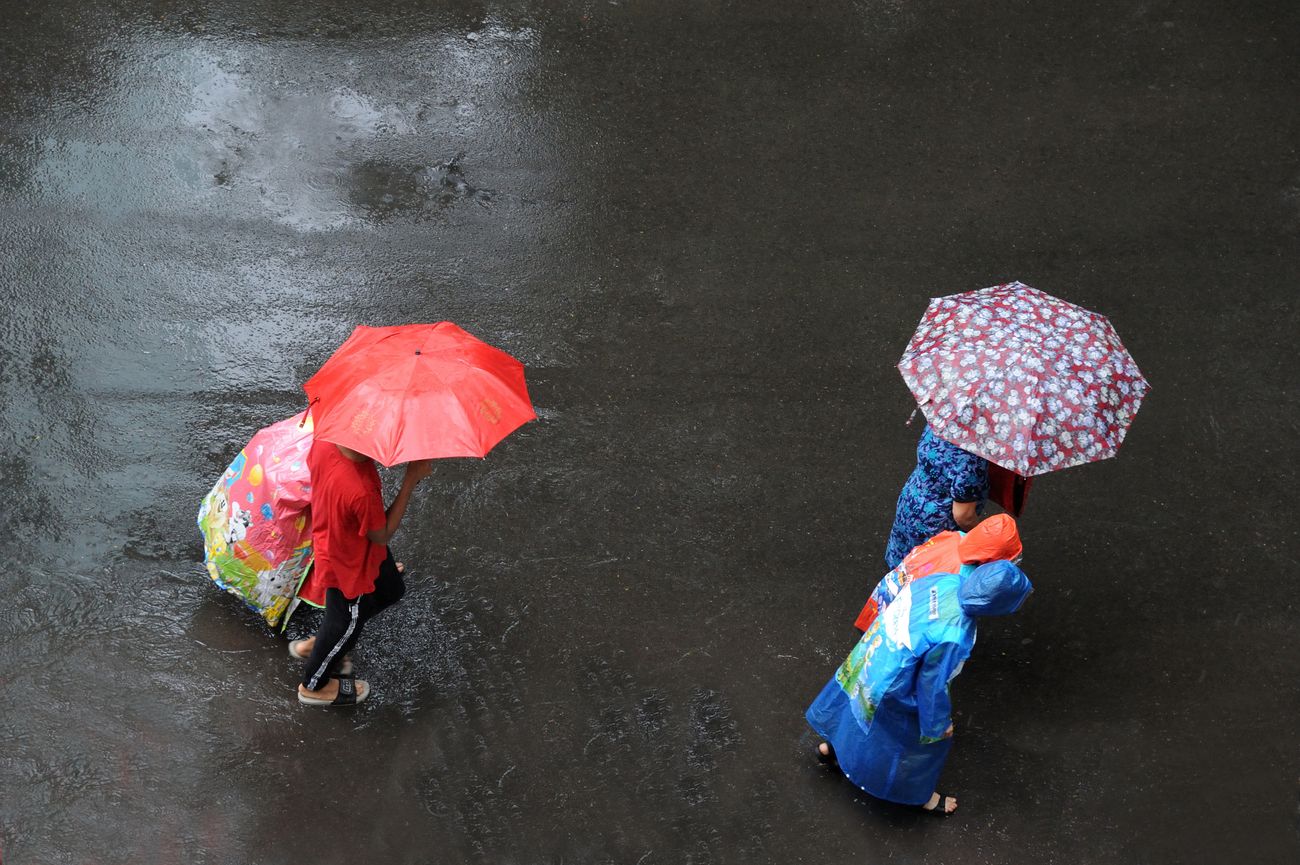
Monsoon has always been an Achilles heel for Mumbaikars yet Mumbai keeps moving. This picture of mother and children walking with an umbrella on a rainy day was clicked in June 2019 © RAMNIKLAL MODI
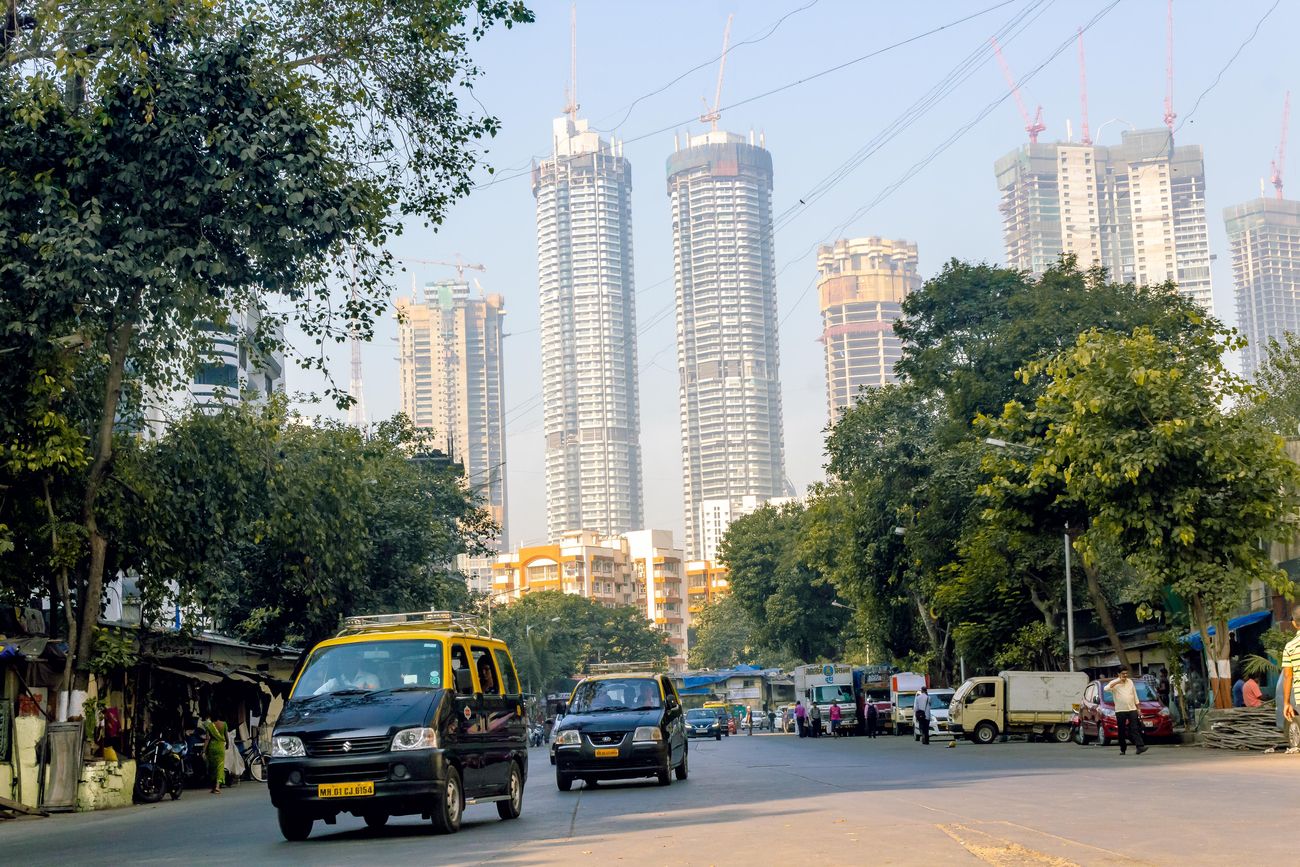
Mumbai has over 1000 high rises, a 101-story tower at Wadala is joining the list. Planned to be the third tallest building in the world © Rizwan_Sayyed
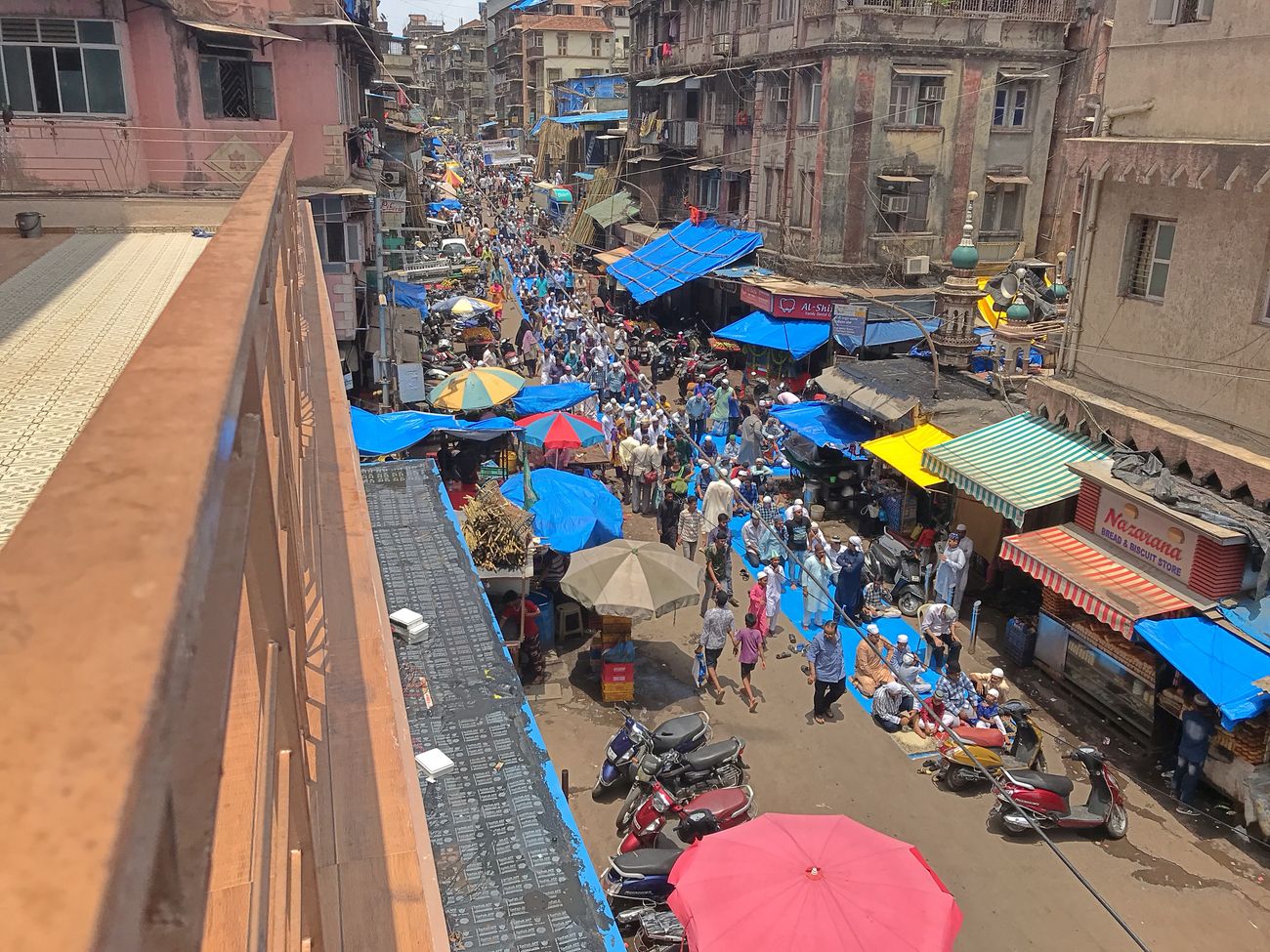
Mumbai, land of Seven isles merged via several land reclamation projects has a population of approximately 20 million © Shifran’s Production
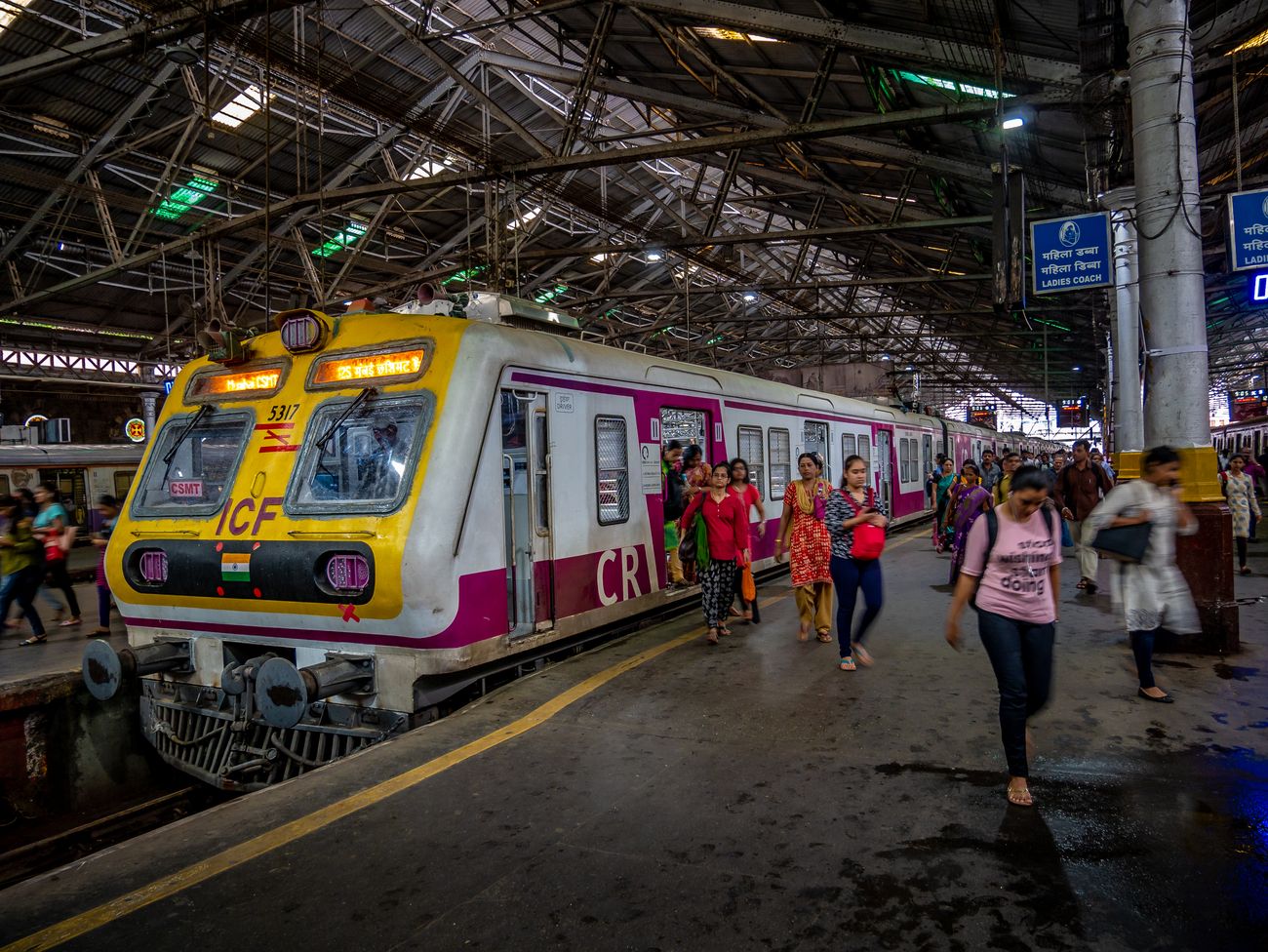
The suburban railway is deeply etched in the DNA of Mumbaikars. It’s one of the busiest and most decorated commuter systems in the world © Snehal Jeevan Pailkar
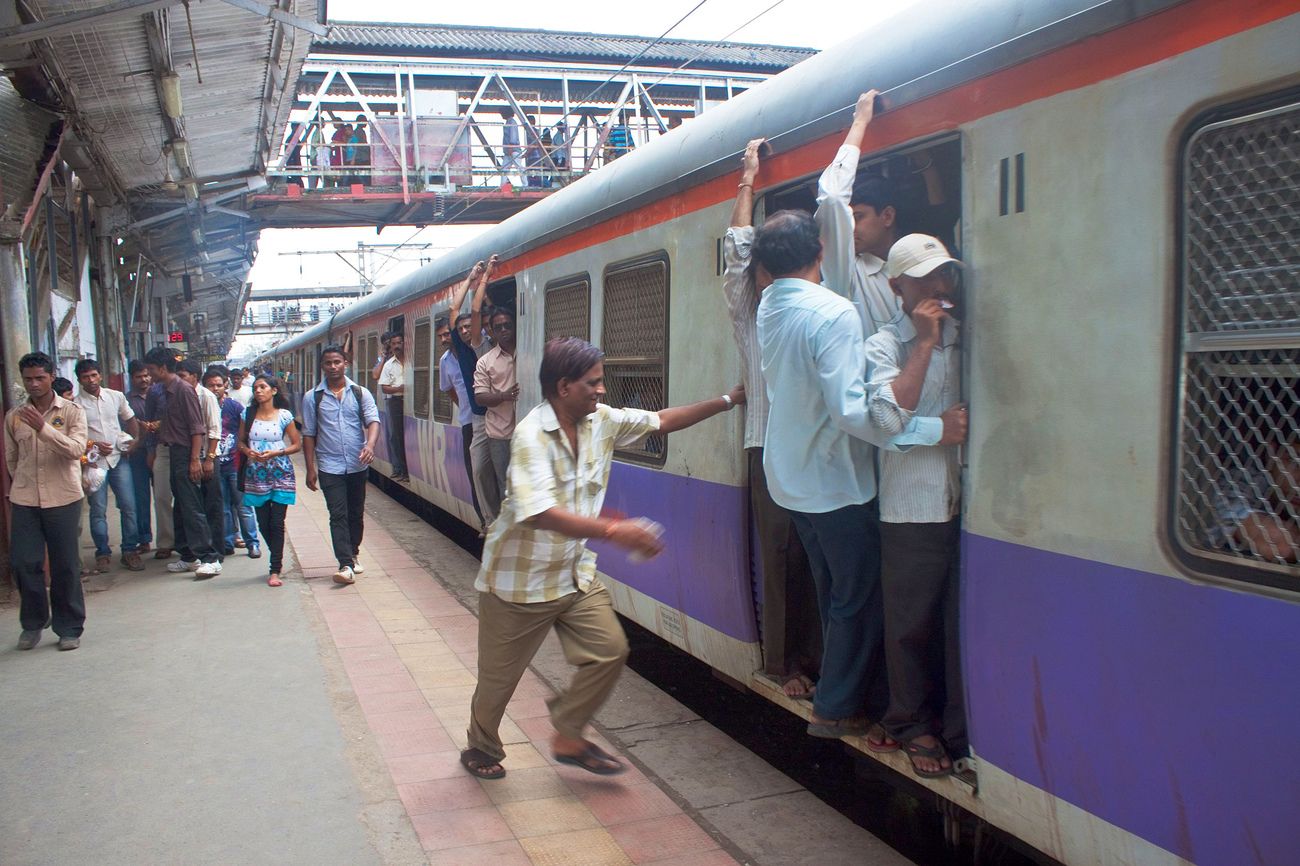
Mumbai local, is always considered as a lifeline of Mumbai. It’s the fastest and most punctual way to commute all across Mumbai © Matyas Rehak
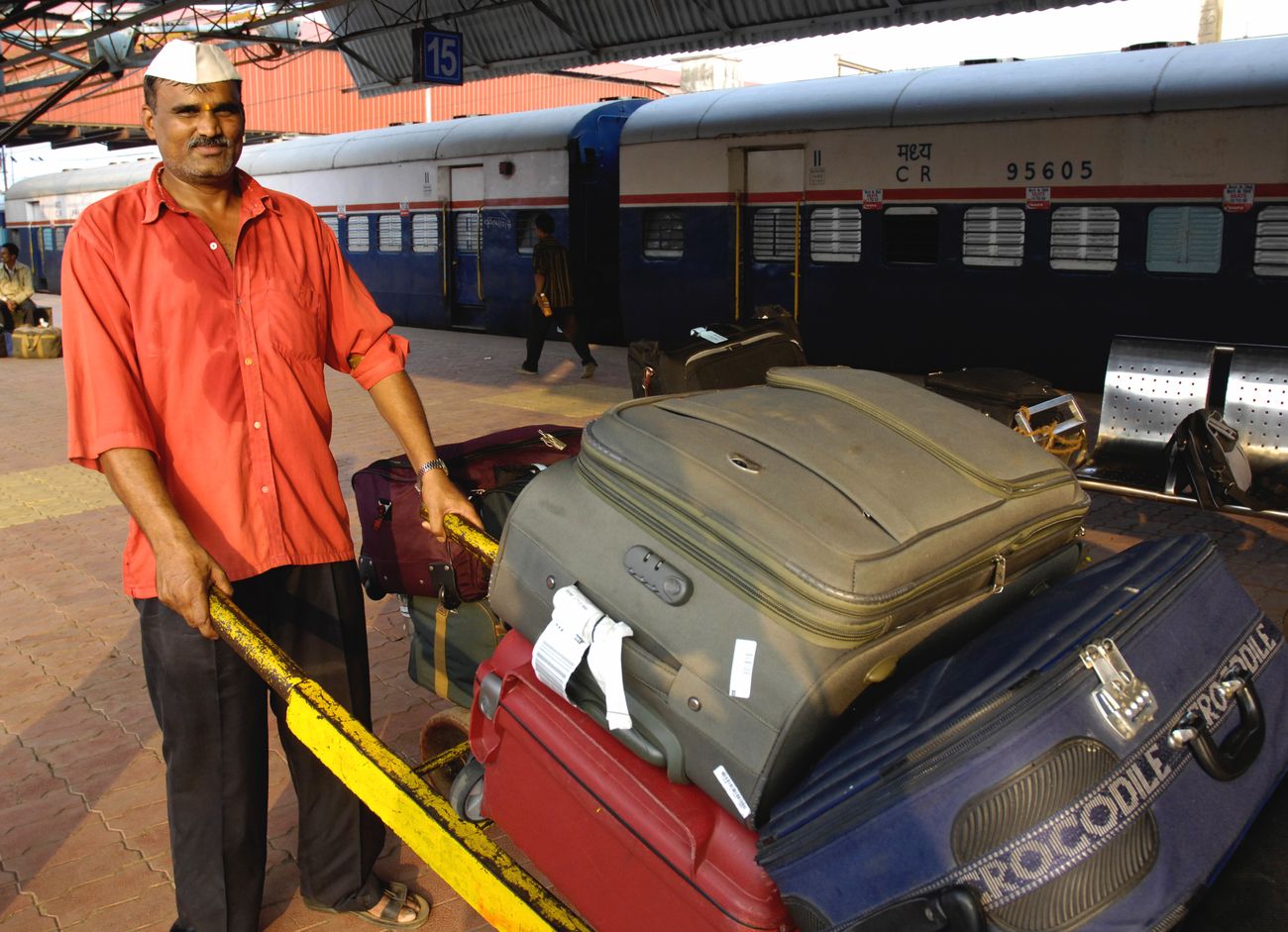
Porter (known as coolie in India) in red universal uniform carrying luggage of passengers at Mumbai Railway Station
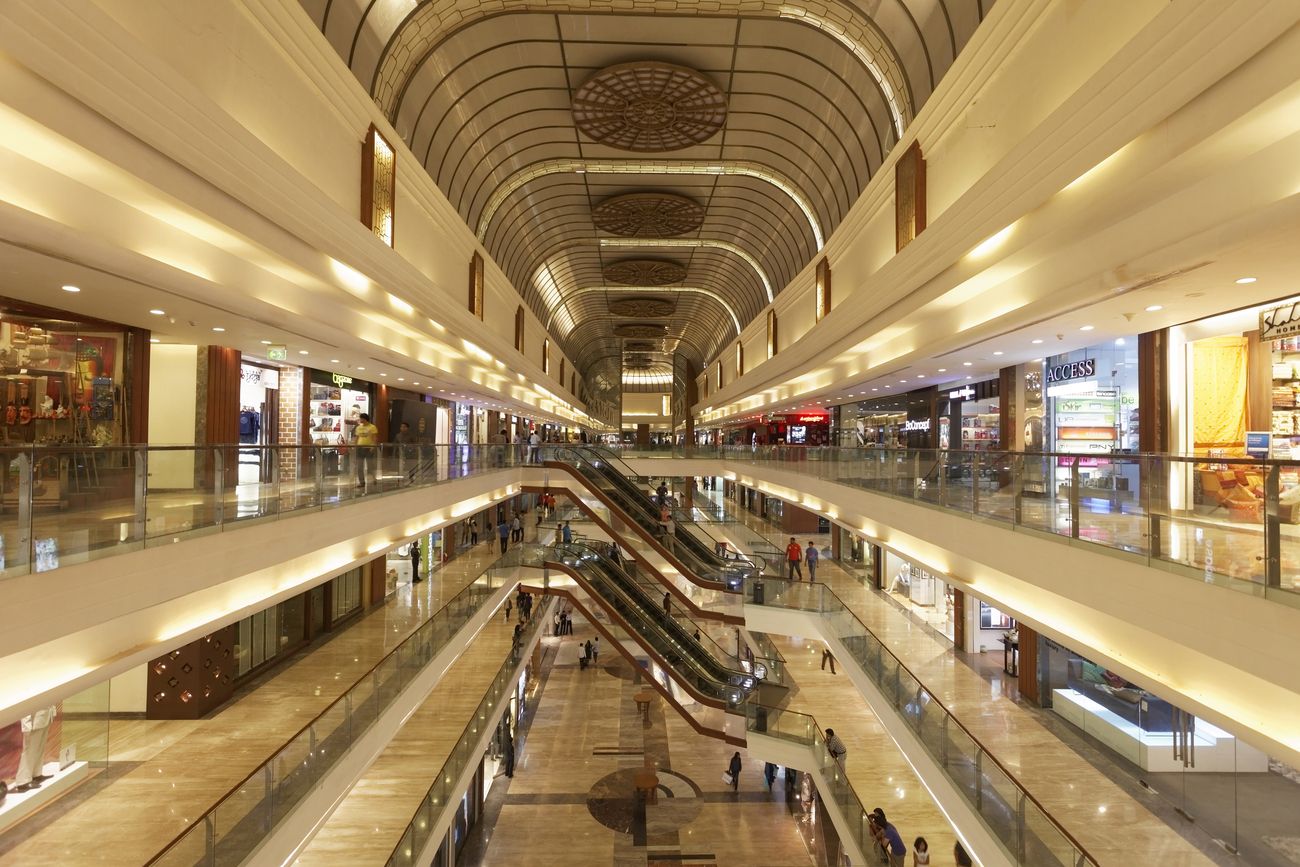
New big shopping mall at Lower Parel, Mumbai. People love spending their weekends on activities like shopping, watching a movie, and eating out © Milind Ketkar
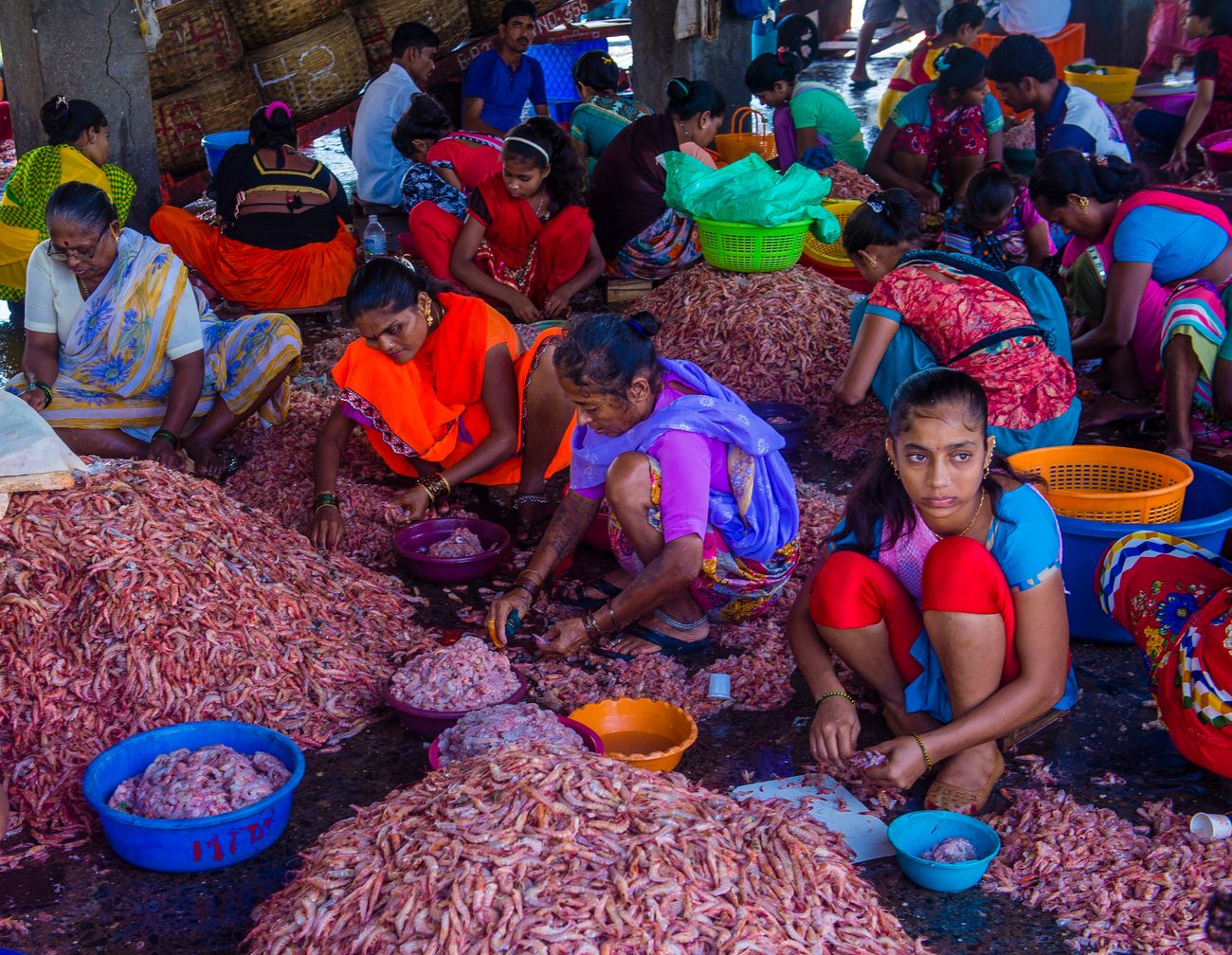
Sasson dock is one of the oldest wet docks and the biggest fish market in Mumbai. The Koli Samaj, a very well-known Marathi fishing community is the backbone of this market © Kobby Dagan
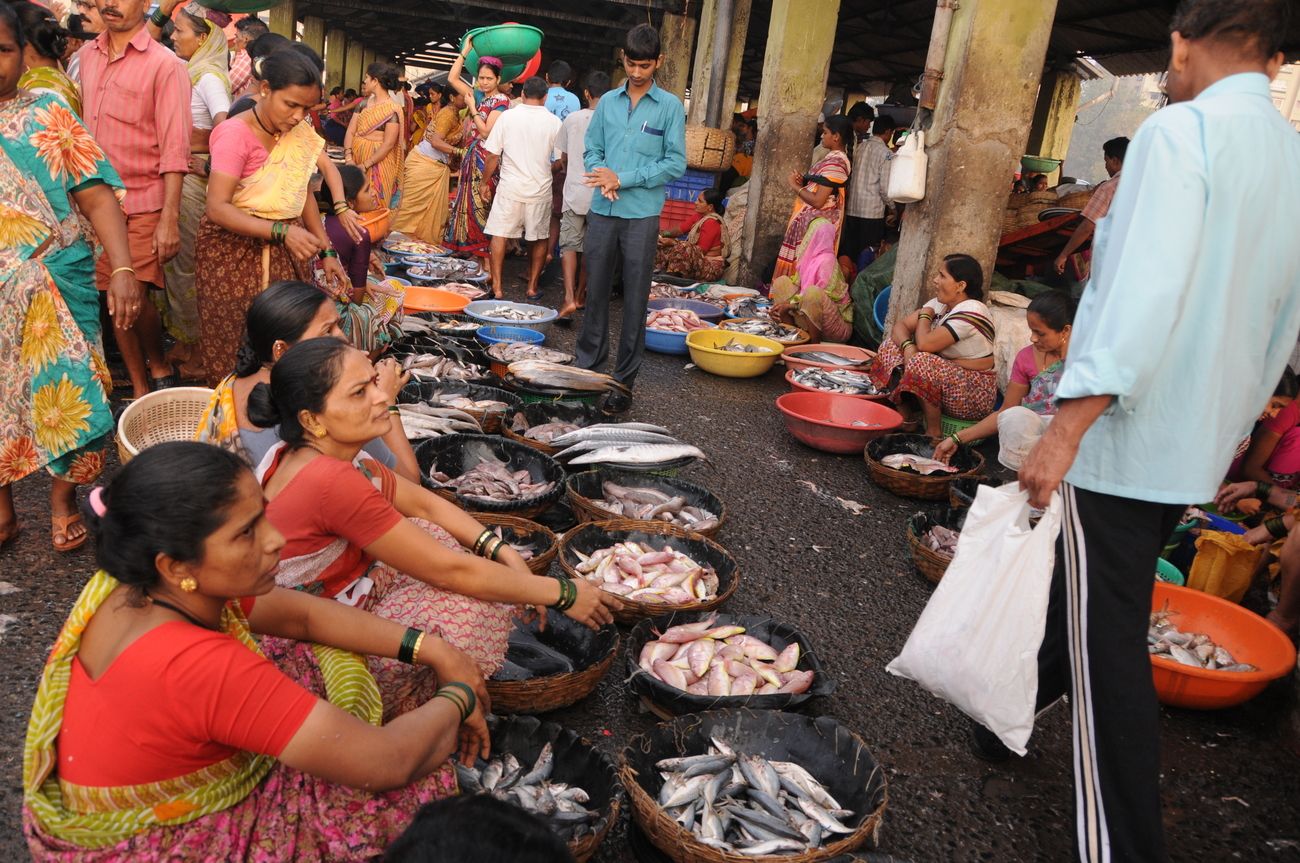
Fishmongers sit to trade at the largest fish market in the city, Sassoon Docks in Colaba of South Mumbai © CRS PHOTO
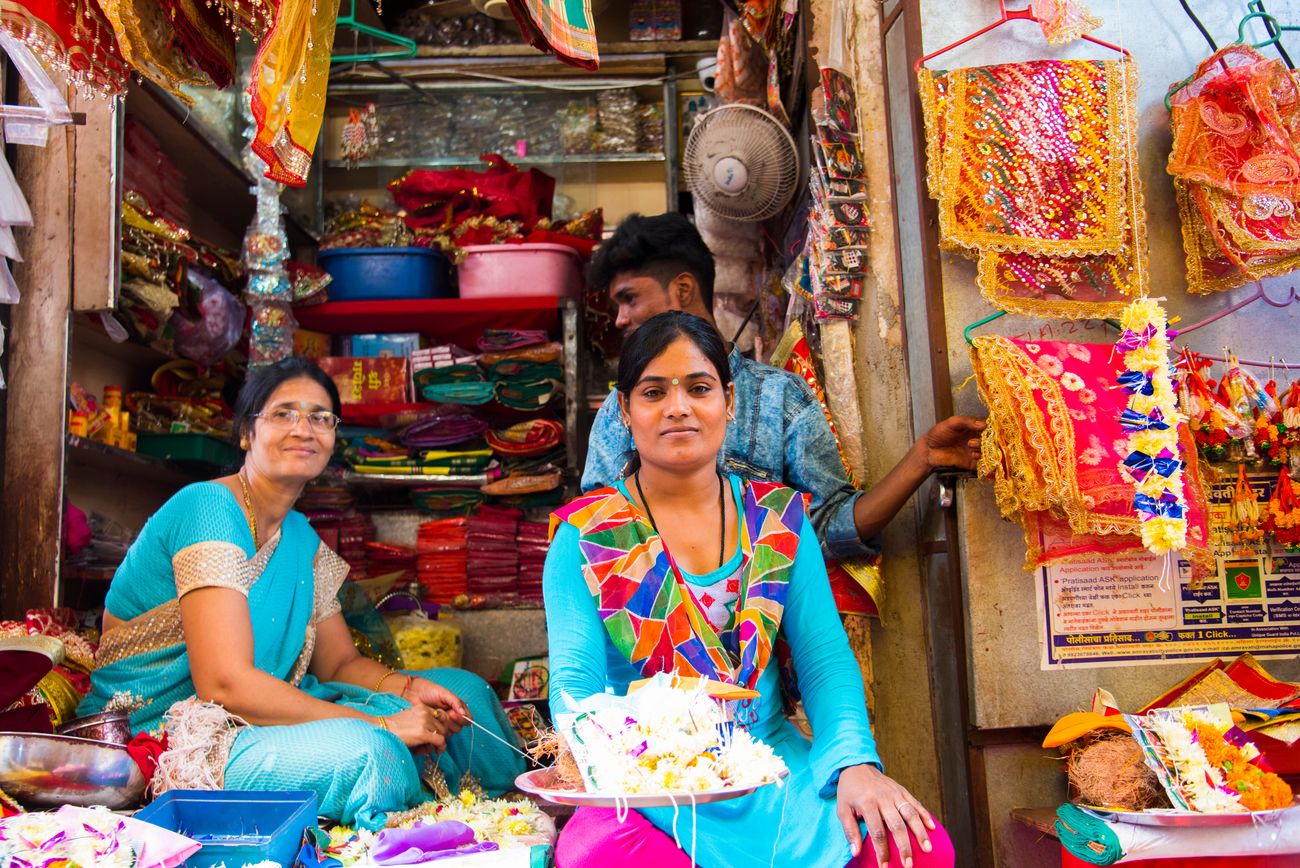
Shopkeepers put out offers and sales on their best goods as Diwali season sets in © CRS PHOTO
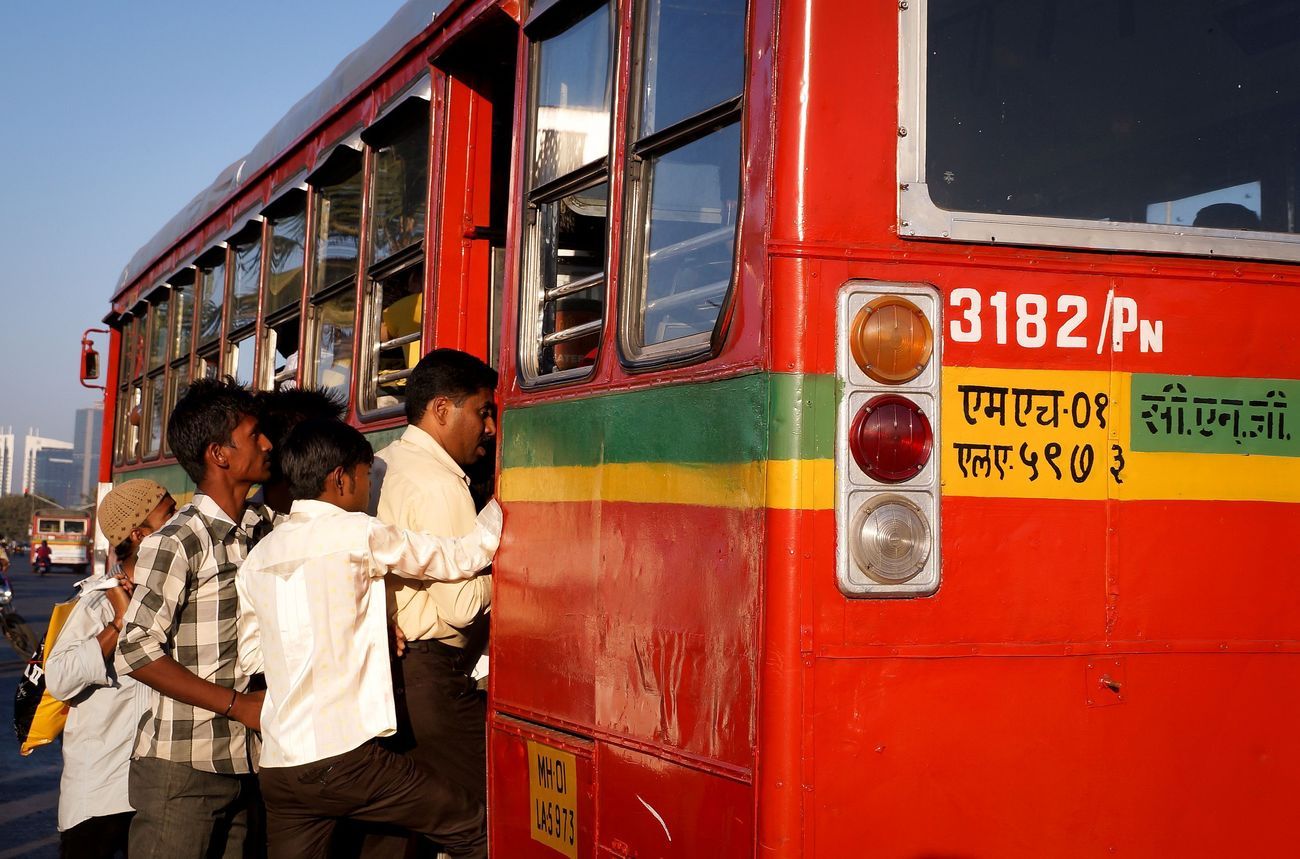
Some passengers in Mumbai entering the BEST bus. The first bus service in India was started in Mumbai on 15th July 1926 between Afgan Church and Crawford Market © Sladkozaponi
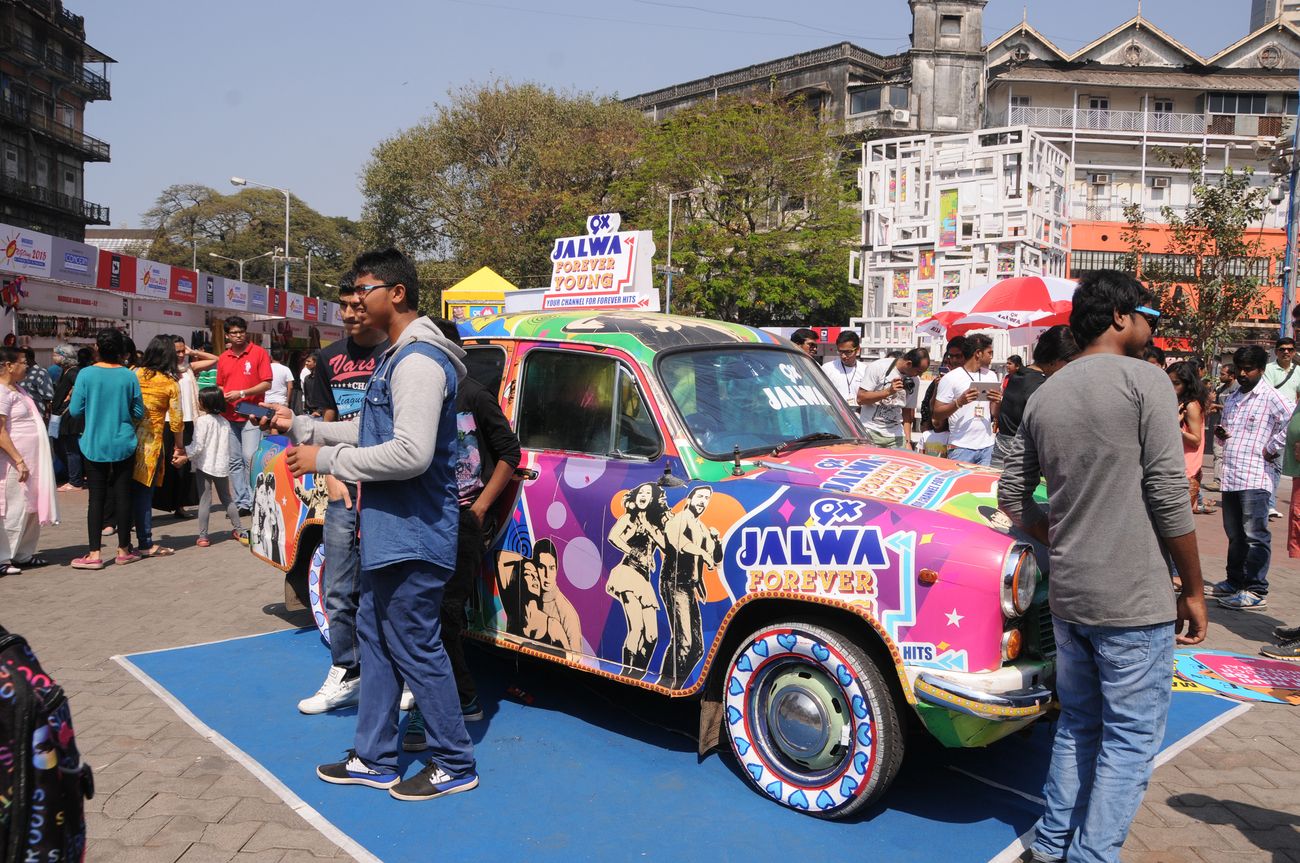
9 days long Kala Ghoda Festival is held annually in the month of February where art, dance, music, cinema, and literature come together © CRS PHOTO
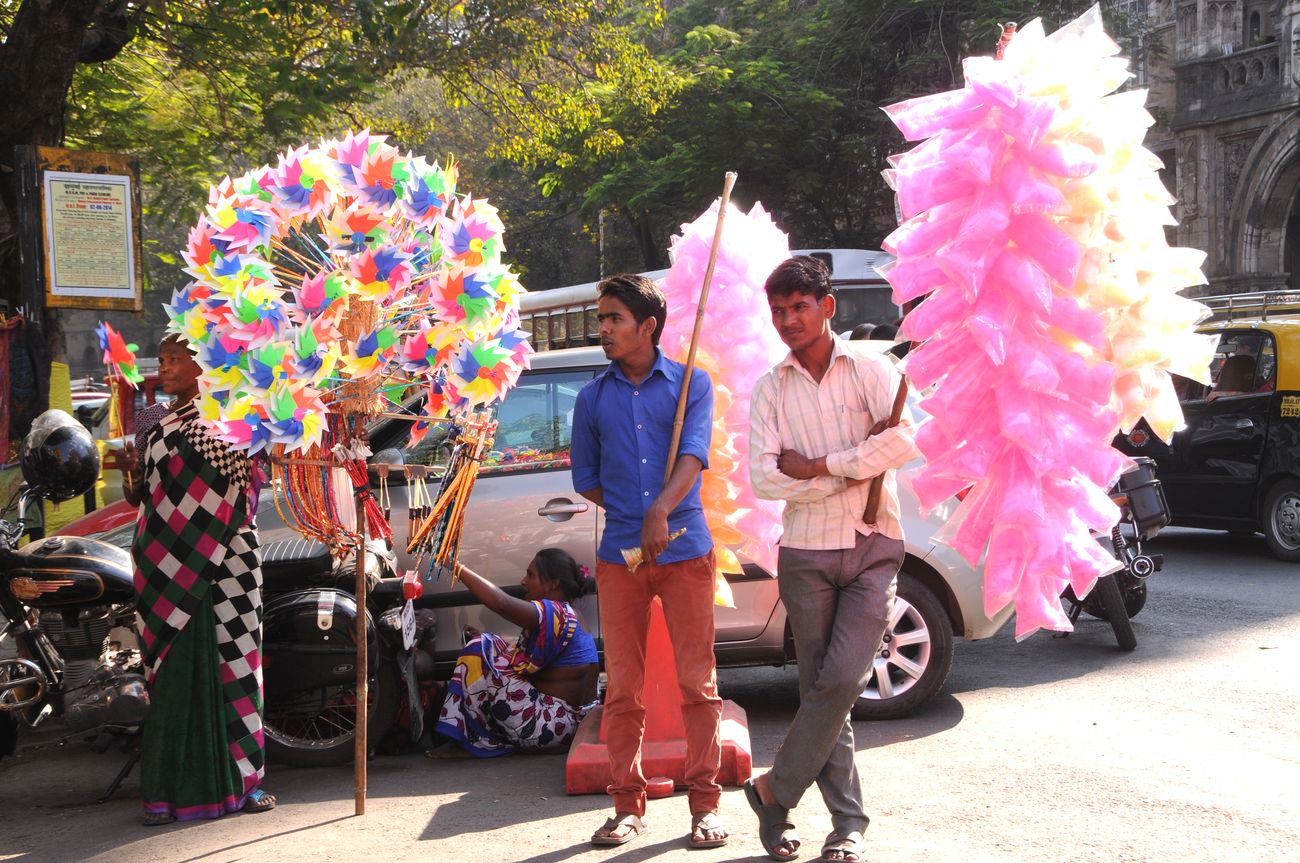
Street vendor at the annual Kala Ghoda Arts Festival in Mumbai organized by the Kala Ghoda Association. This festival includes categories like visual arts, dance music, theatre, cinema, literature, and so on © CRS PHOTO
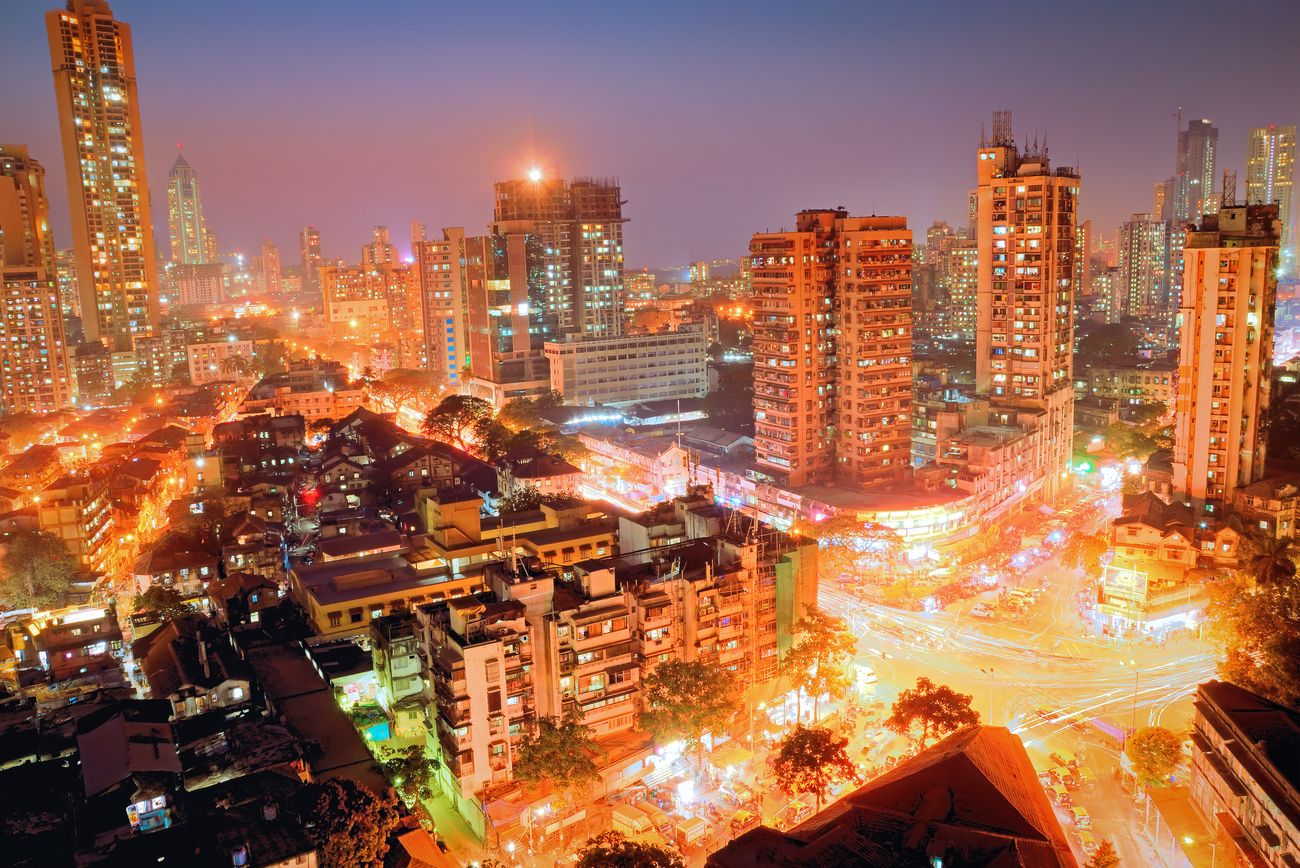
Slick smart sassys starry, Ifs fatafat, Bomboiyo for ‘fast like its food, its trains, its bucks, its women, the way its people want to rise from pavement to penthouse. Mind it. Don’t mess with it. Just grab its energy and go © KishoreJ

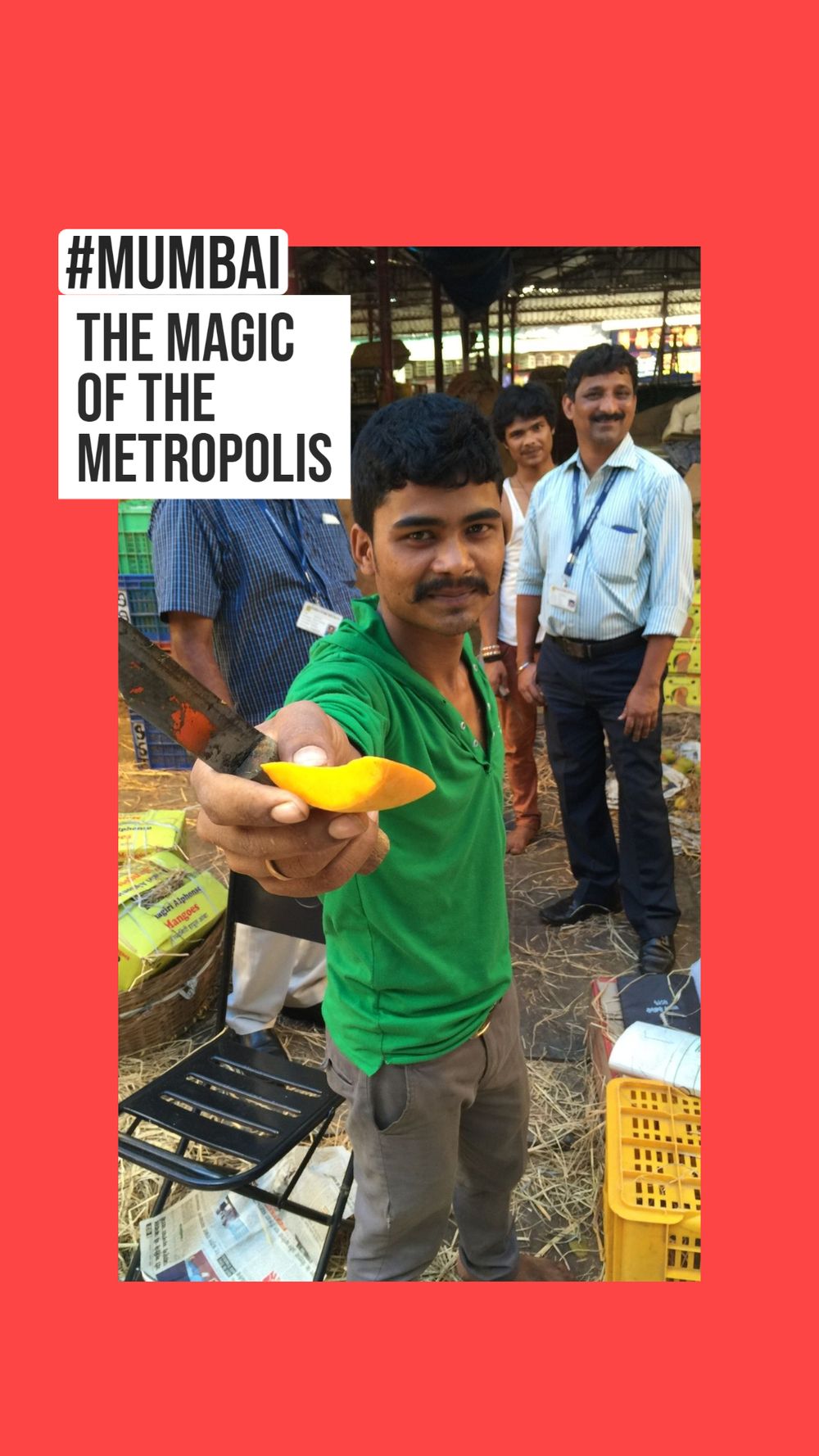
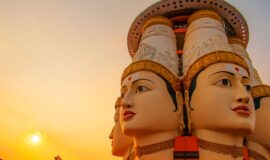

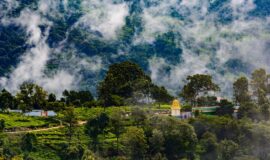
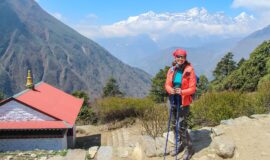
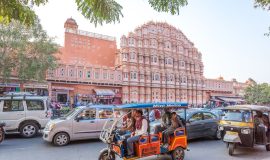
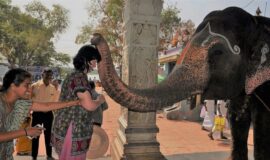

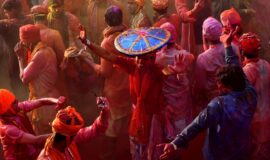
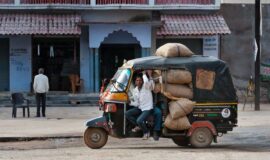


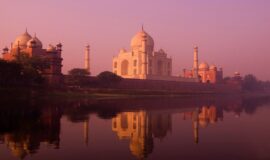
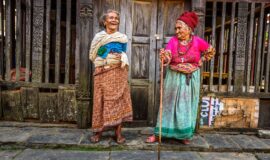
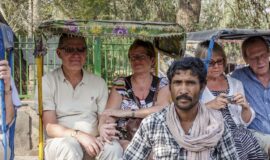
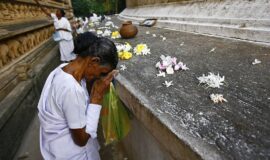
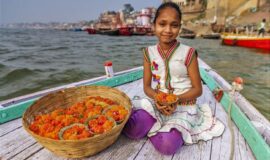
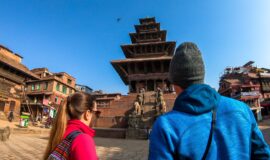
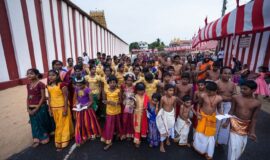

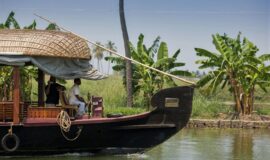
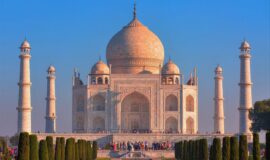
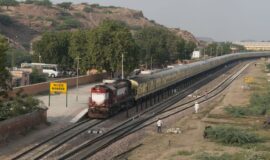
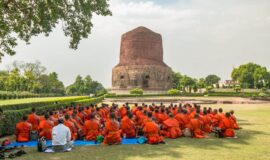
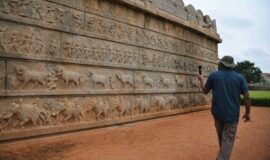

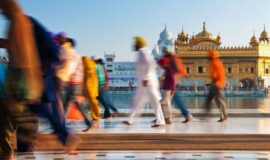
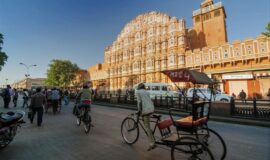
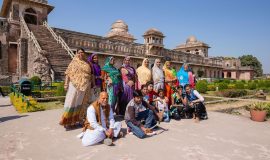
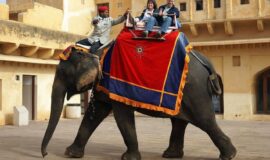
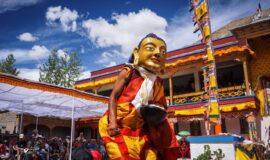
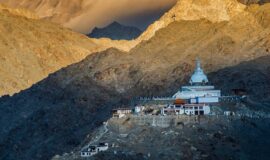
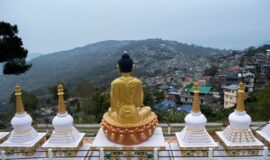

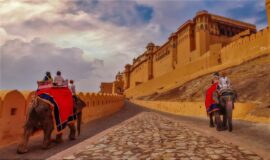
![Golden Triangle Tour with Goa [Culture + Beach Vacation] (12 days) Golden Triangle Tour with Goa [Culture + Beach Vacation] (12 days)](https://www.vacationindia.com/wp-content/uploads/2022/06/golden-triangle-tour-with-beach-vacation-270x160.jpg)

